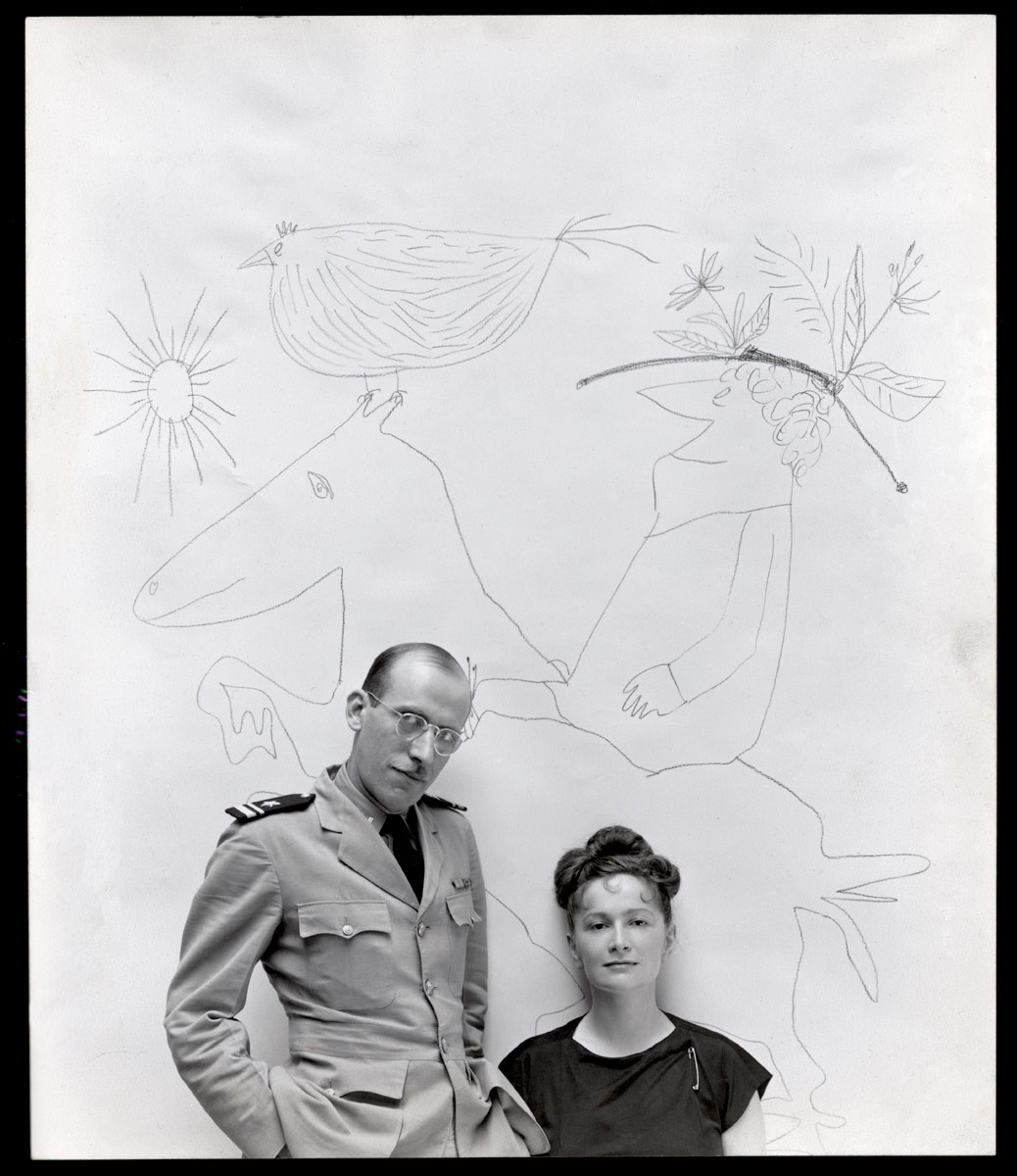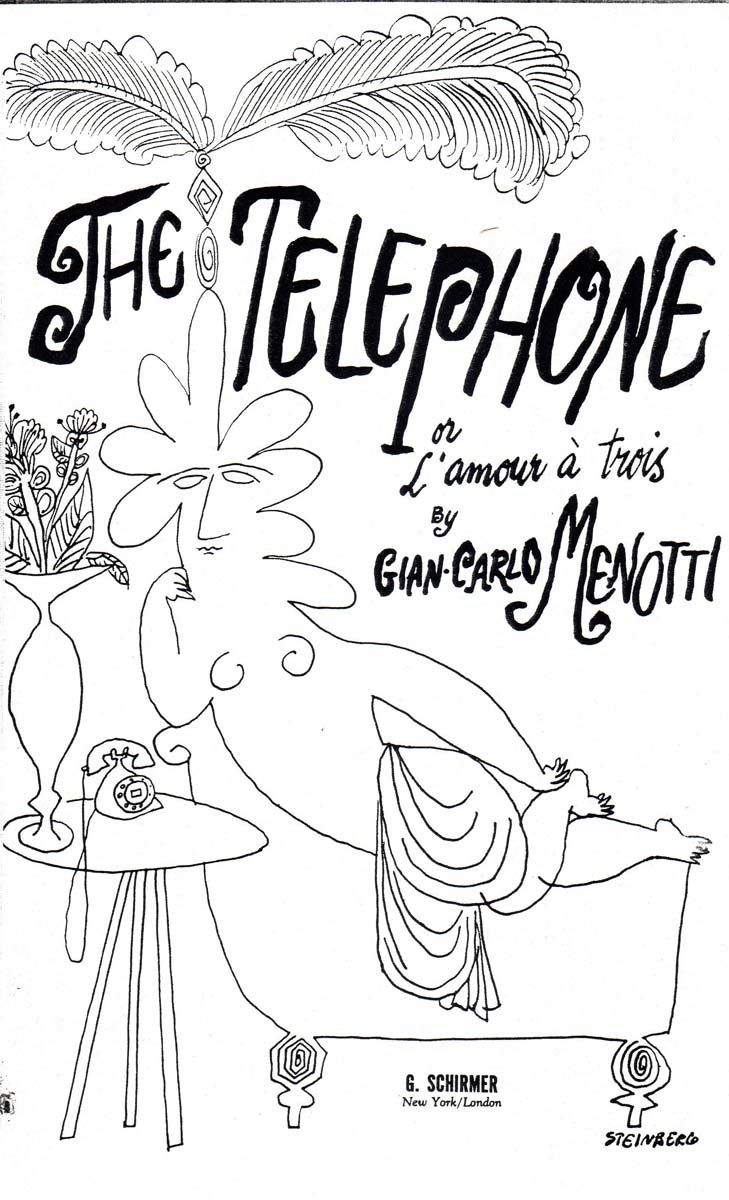Sections
1940
Through Civita’s agency, ST drawings are published for the first time in US periodicals— Harper’s Bazaar (March 15), LIFE (September 27), and Town & Country (October)—as well as the Brazilian magazine Sombra.
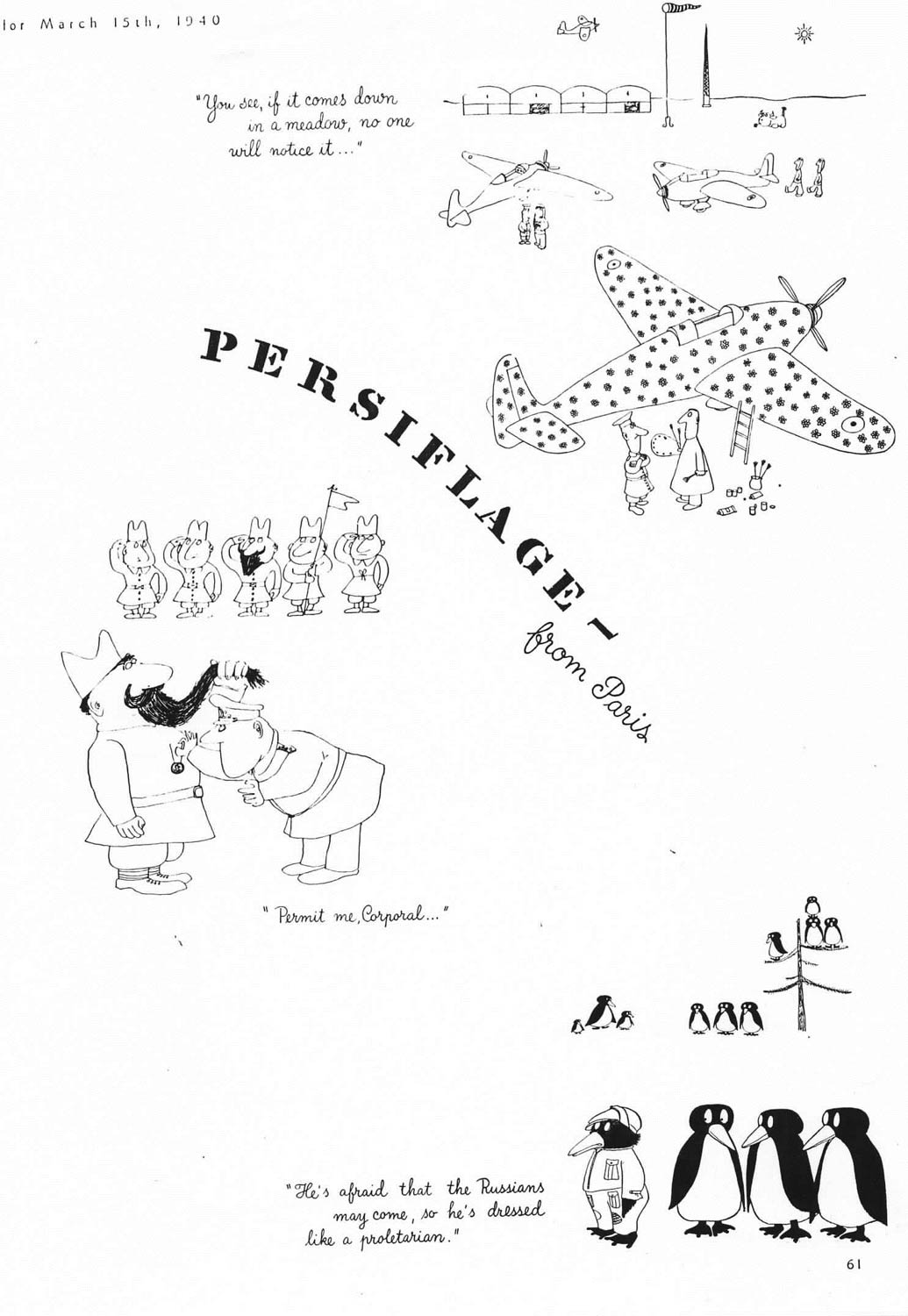
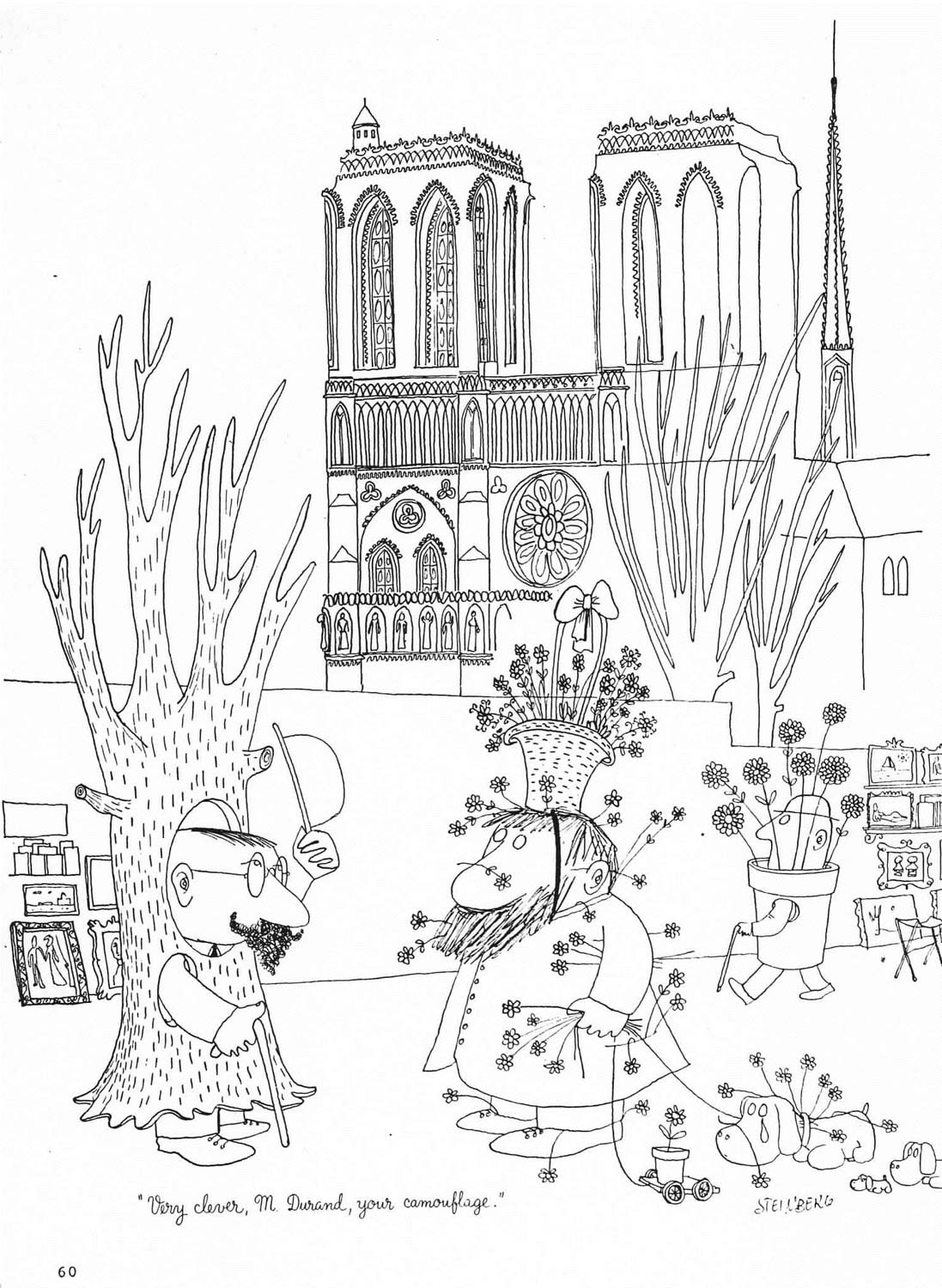
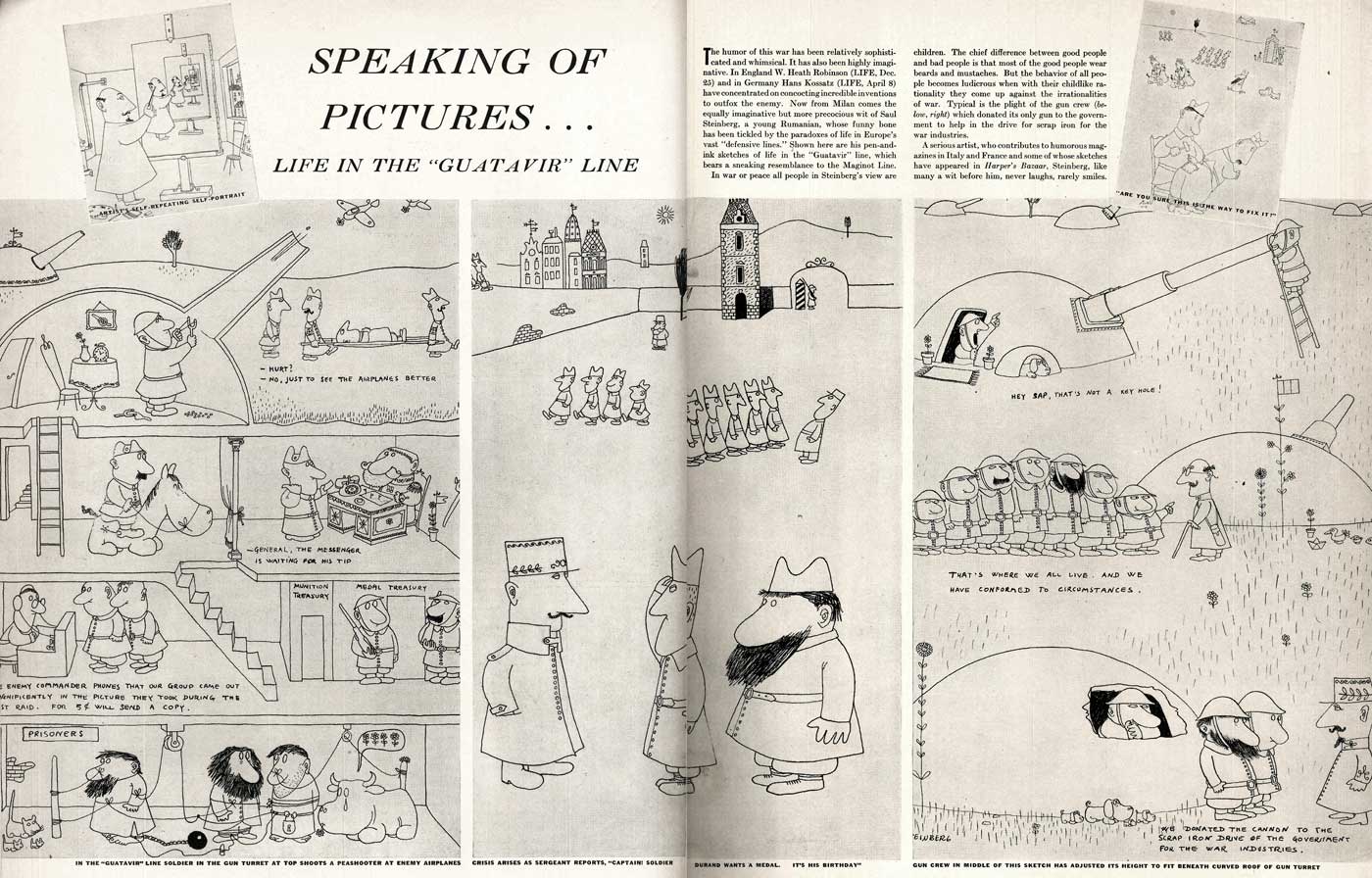
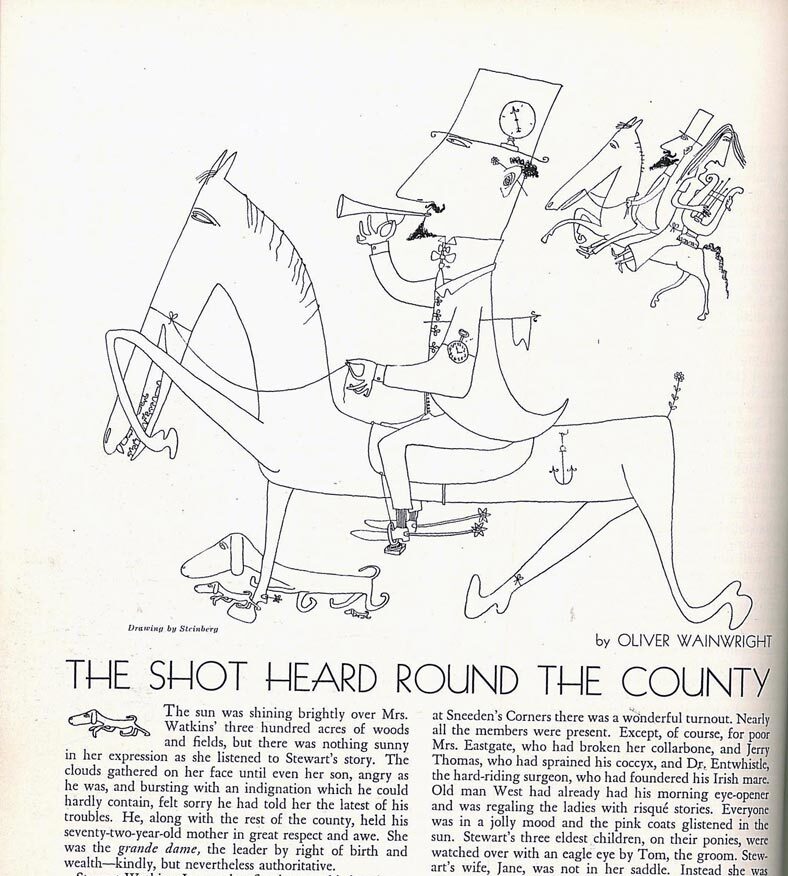
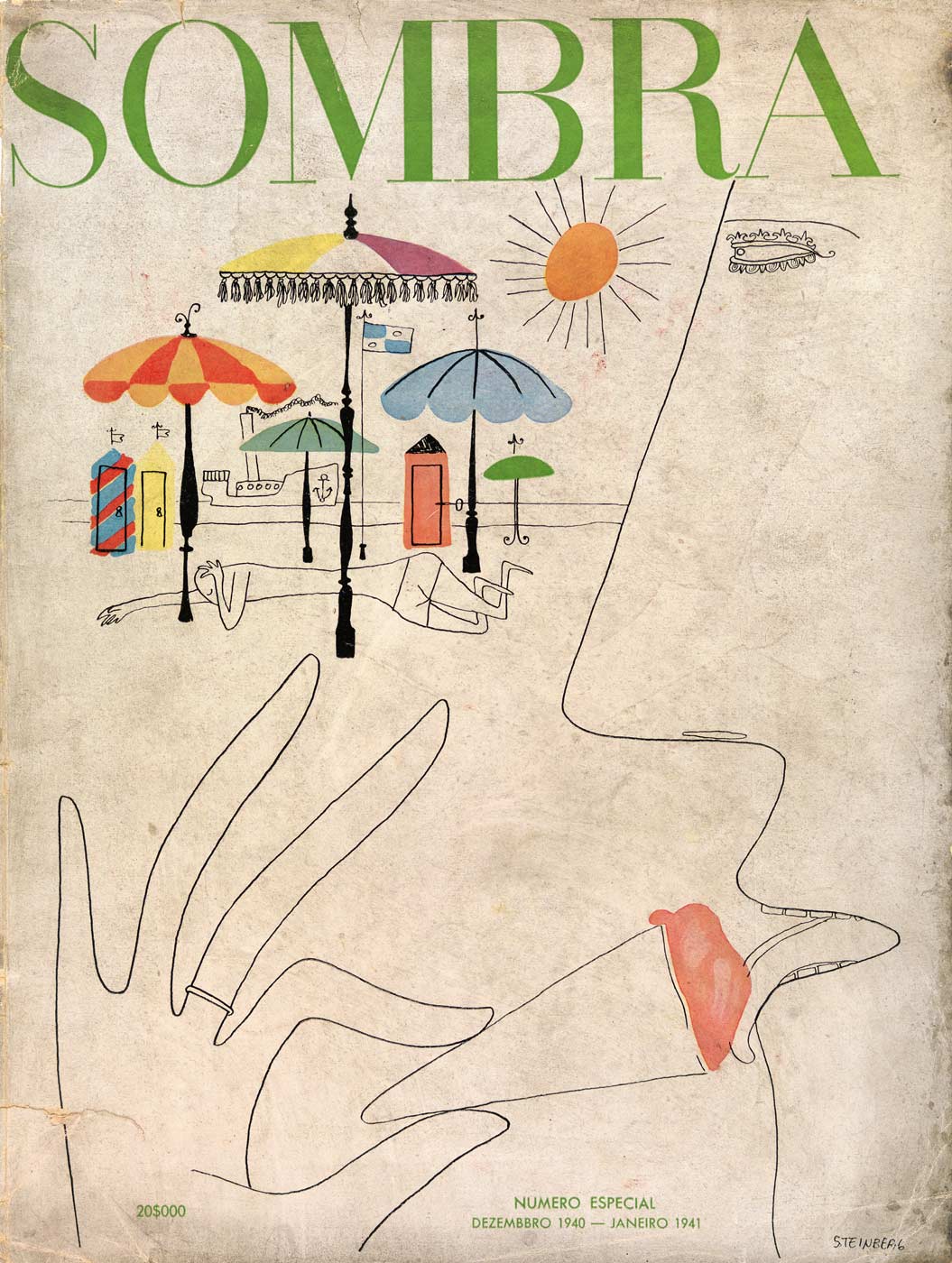
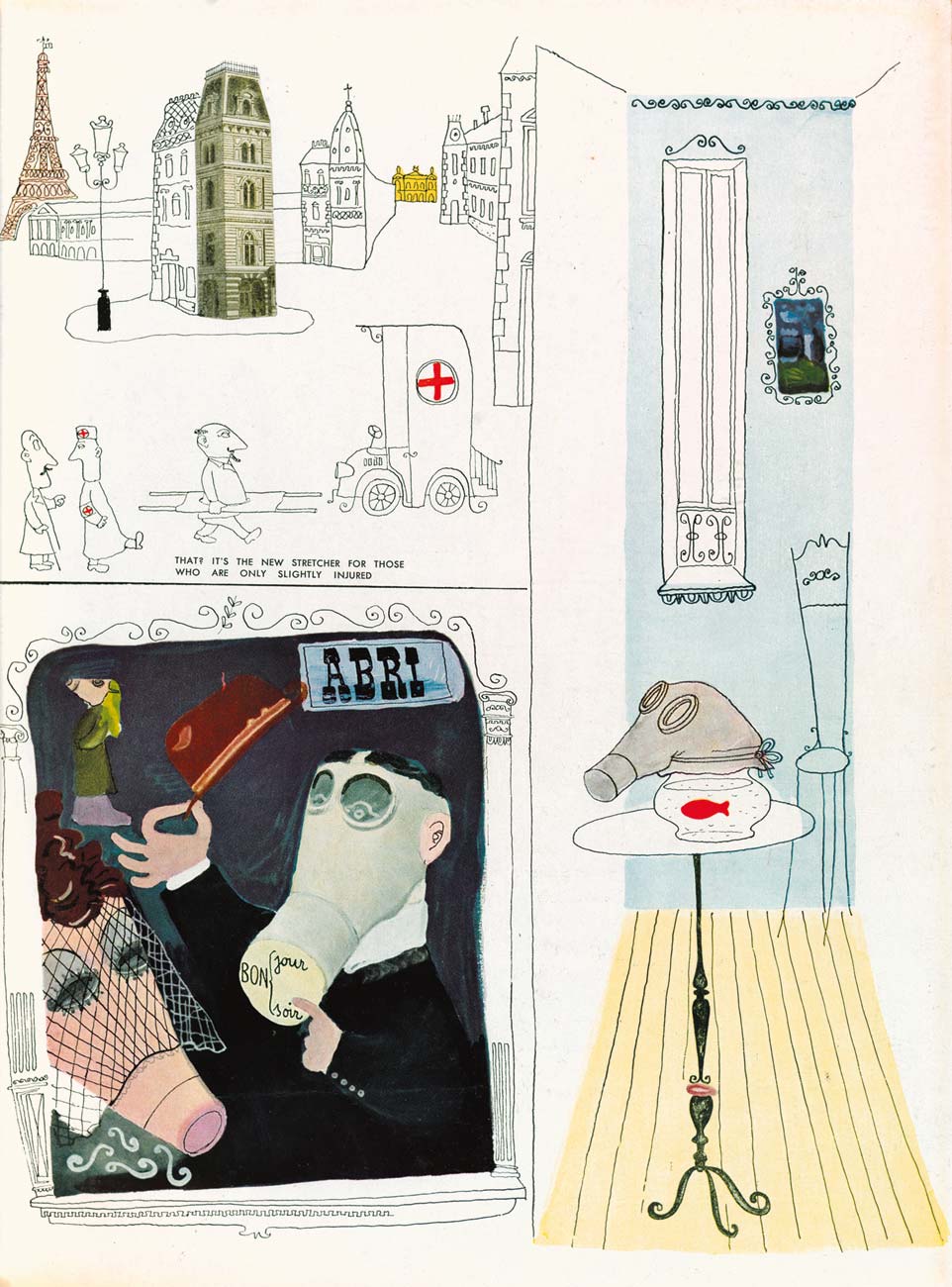
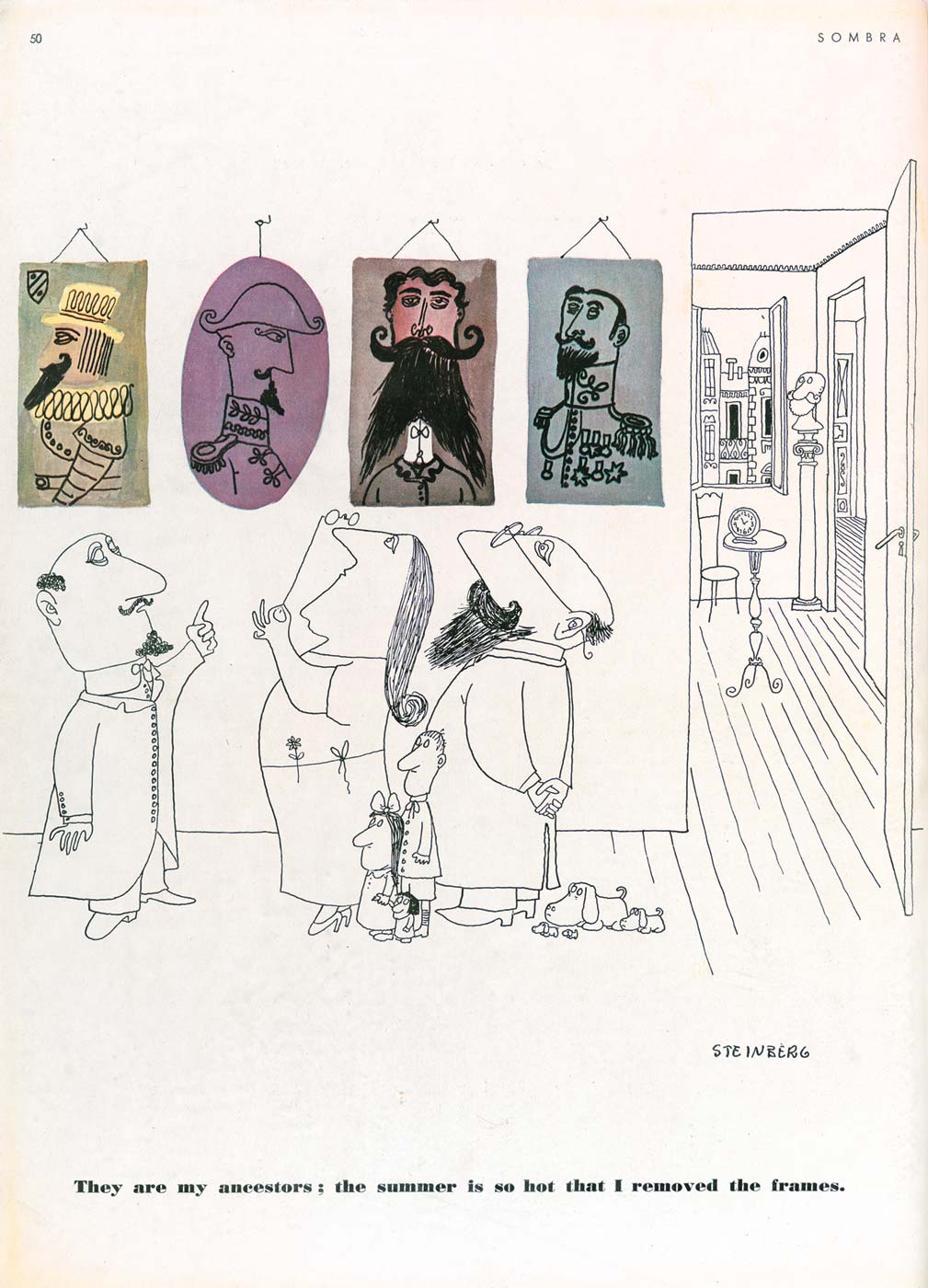
March, passes his thesis exam at the Politecnico and receives his doctorate in architecture the following month. The diploma is made out to “Saul Steinberg…of the Hebrew race.”
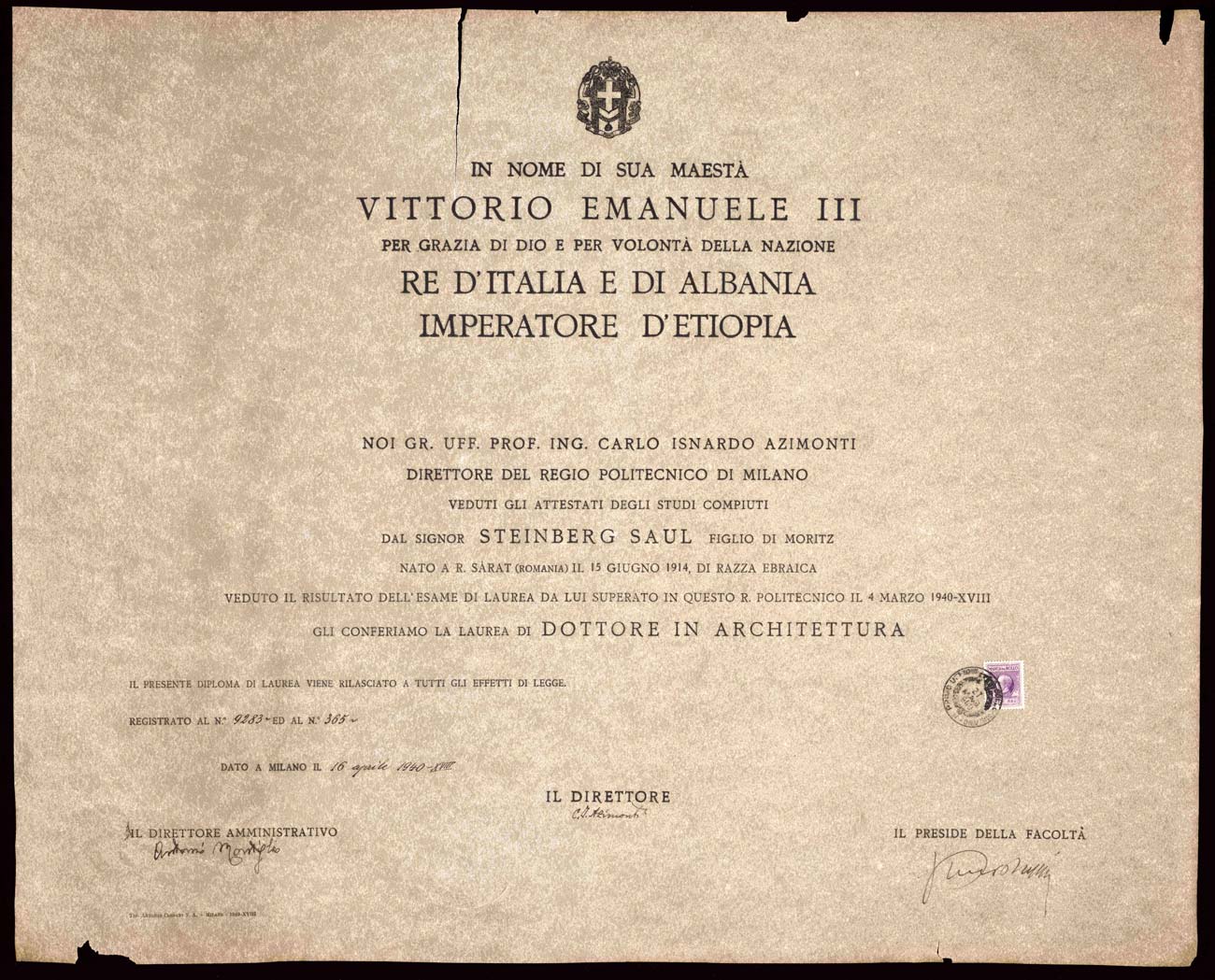
Graduation ends his legal residence in Italy and he must find refuge elsewhere. His family and Civita fail to get him a US visa. Henrietta Danson enlists the aid of her boss, newspaper publisher Cornelius Vanderbilt, Jr. Along with Civita, they approach the Dominican Republic Resettlement Association.
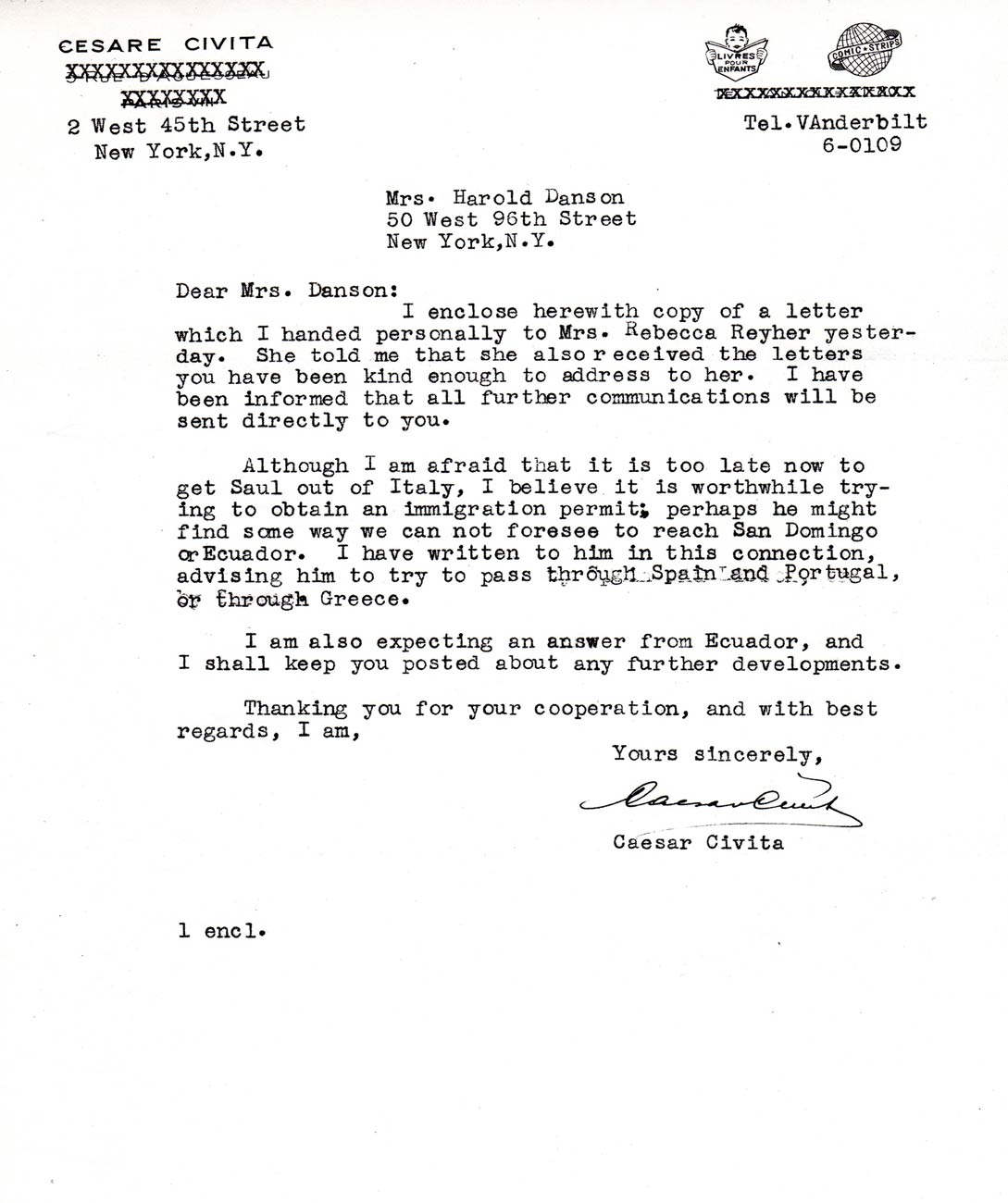
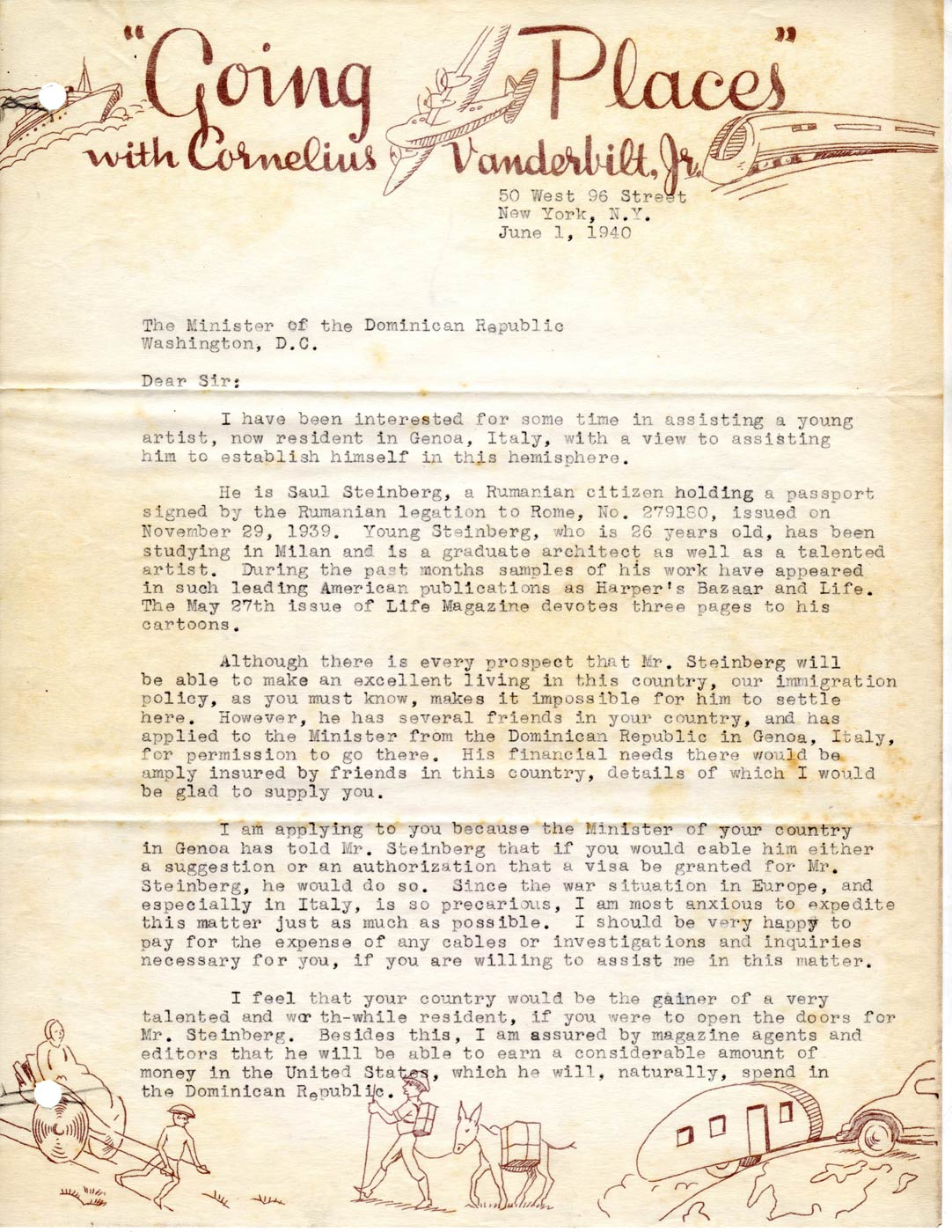
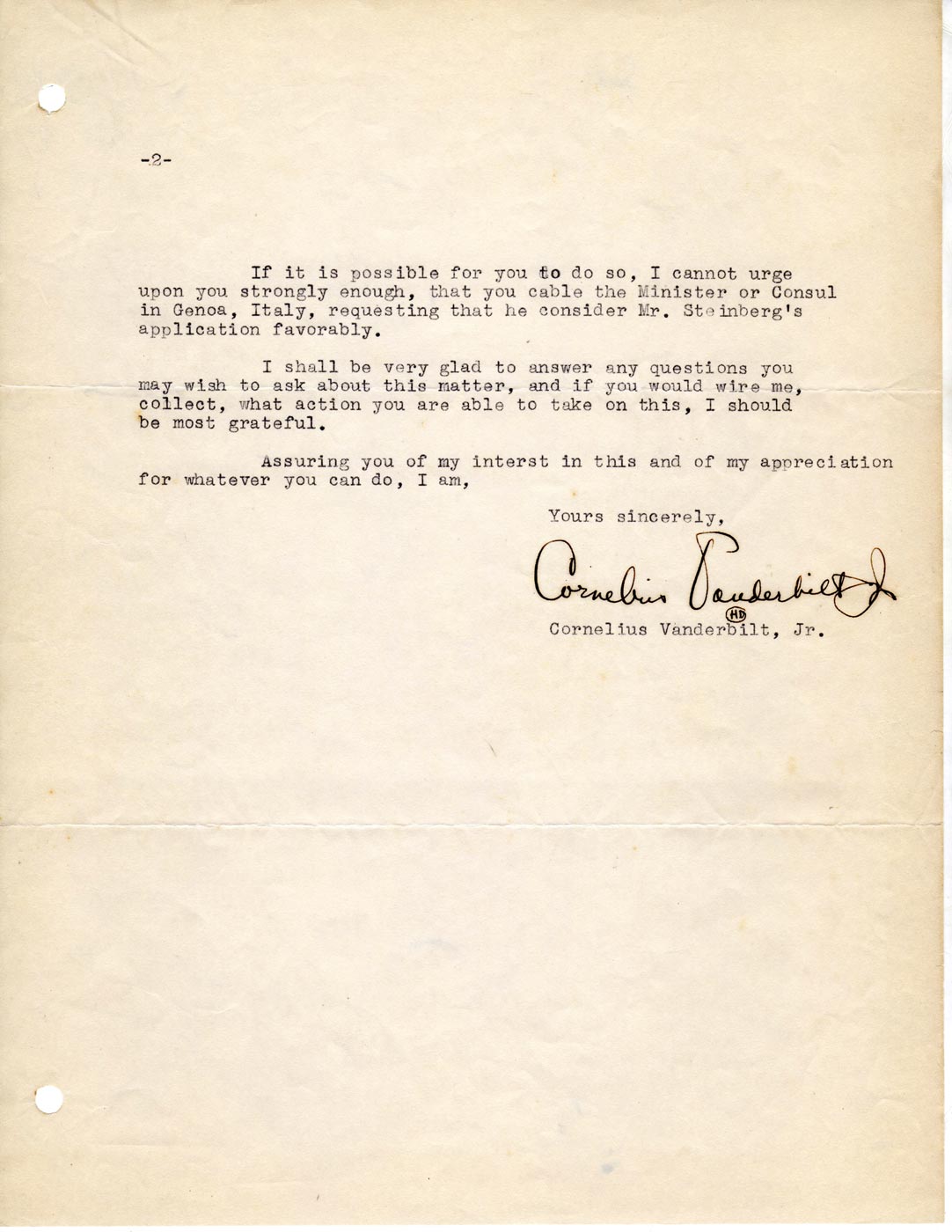
July, receives a visa for the Dominican Republic and, from his family and Civita, a ticket on a boat leaving Lisbon for Ciudad Trujillo (now Santo Domingo) via New York. ST must obtain Spanish and Portuguese transit visas to get to Lisbon and a US transit visa to pass through New York.
September 6-7, with all but the US transit visa in hand, flies to Lisbon, but the Portuguese authorities stop him at the airport and force him to return to Milan. In May, his application for a tourist visa had been rejected because Portugal did not want an influx of “undesirable” Romanian Jews and he had been placed on an unwanted list by the secret police. The new transit visa had been issued in error. ST never knew why he had been turned back, but he always remembered September 6 as “my most dramatic disaster—my black Friday.”

November, Bertoldo and Settebello resume publishing his drawings, but without signature; also publishes a few works in other Italian newspapers and magazines.
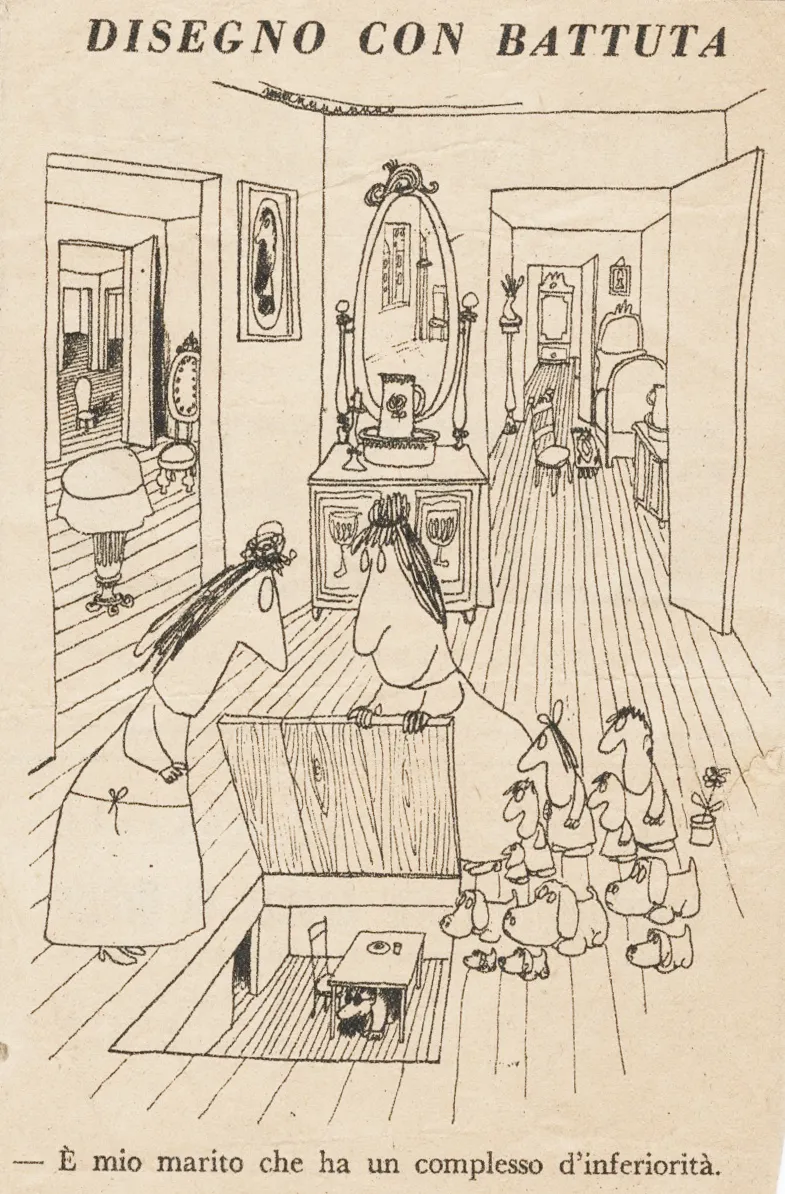
December, the Romanian legation in Rome refuses to renew his passport. He is now officially stateless and subject to arrest and internment; sometimes lives in his apartment but also hides in the homes of friends. Spends time with Ada, Buzzi, and other friends; reads, visits galleries, and goes to the movies.
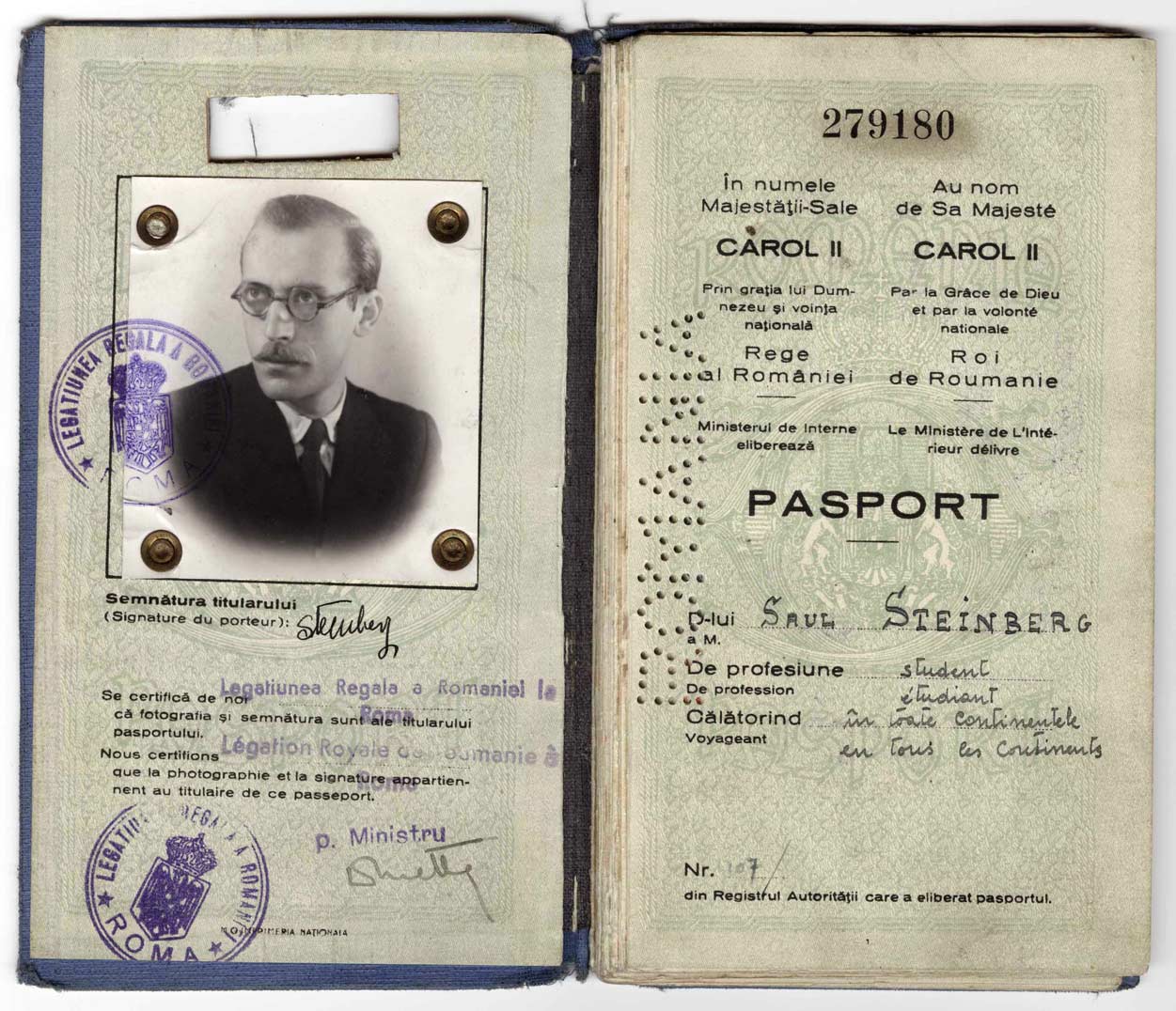
1941
January 16, issued an Affidavit of Travel from the American consul in Milan, which will enable him to pass through New York on his way to the Dominican Republic.
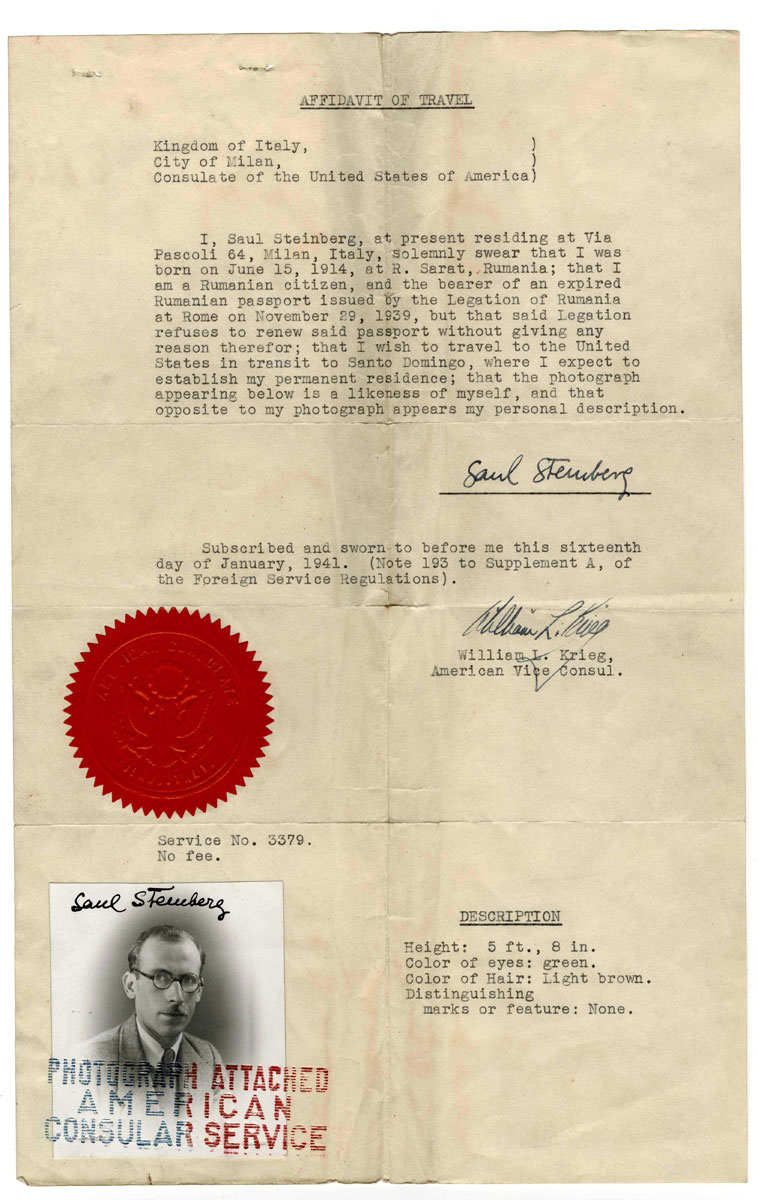
April, arrested by the police and sent to San Vittore prison in Milan. Four days later is sent by train to the Villa Tonelli in Tortoreto (Teramo) on the Adriatic Sea, now repurposed as an internment camp; one of many “campi di concentramento” set up by Mussolini to hold illegals and undesirables. Arrives there on May 2.
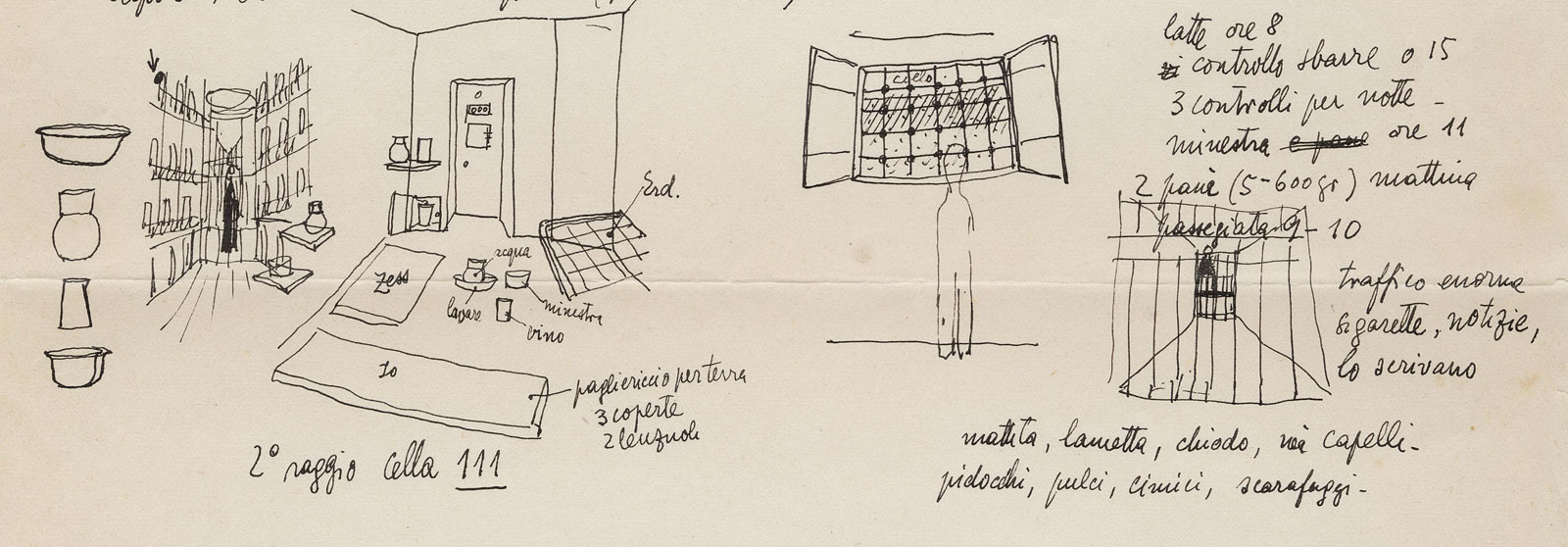
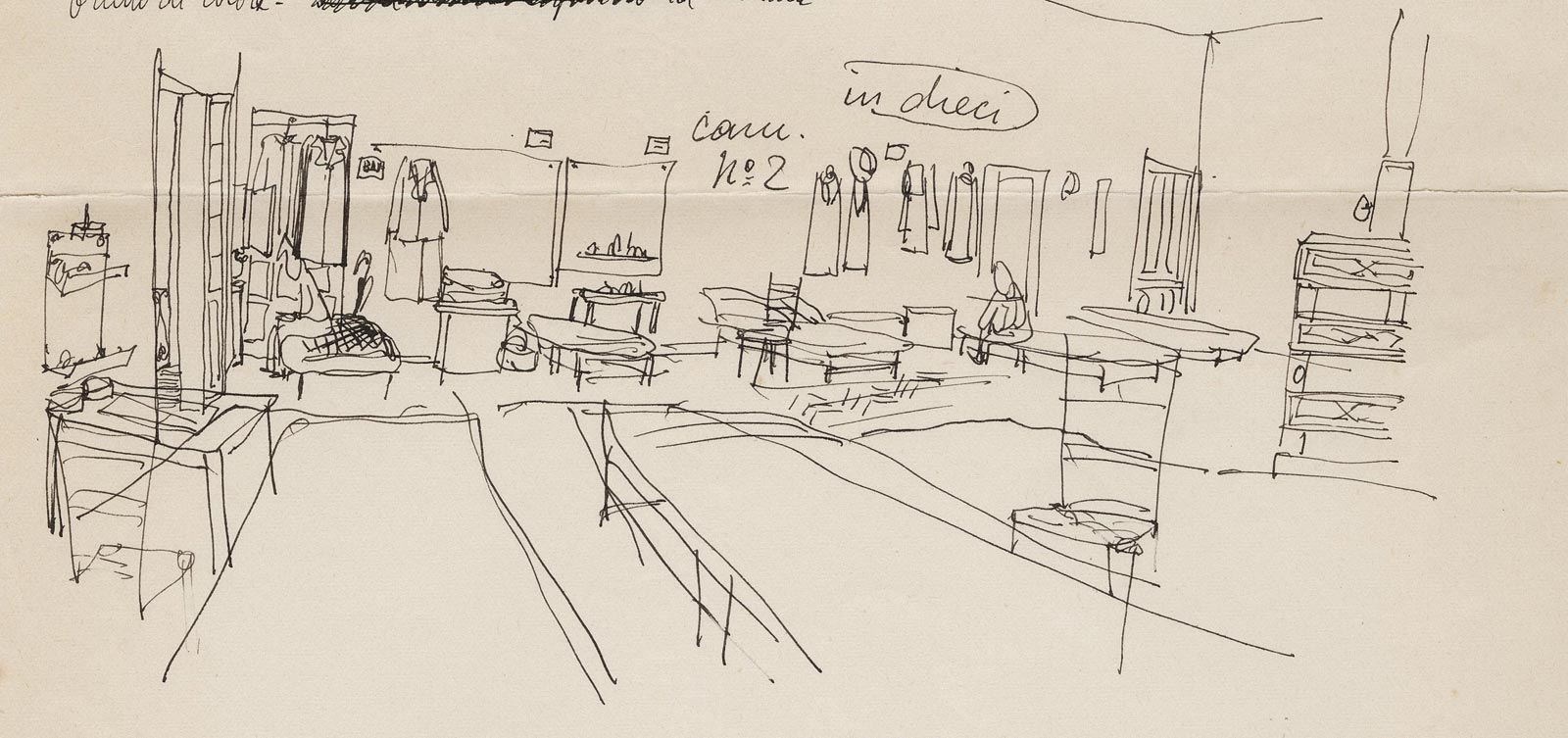
Spends his time drawing, painting, writing and receiving letters, and handling the paperwork to obtain new visas for Spain and Portugal and revalidate his American transit visa. A reservation has been made for him on a ship leaving Lisbon on June 20.
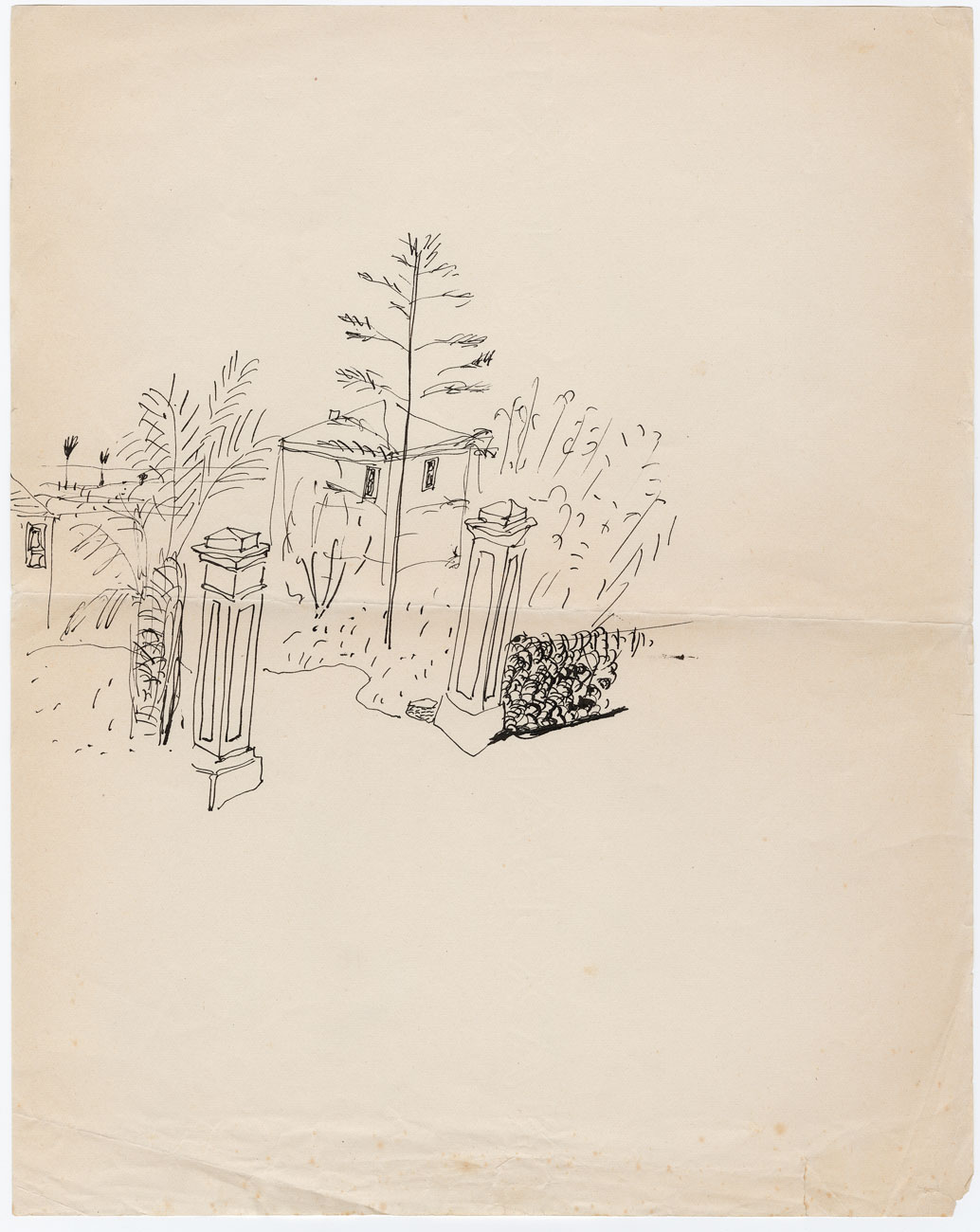
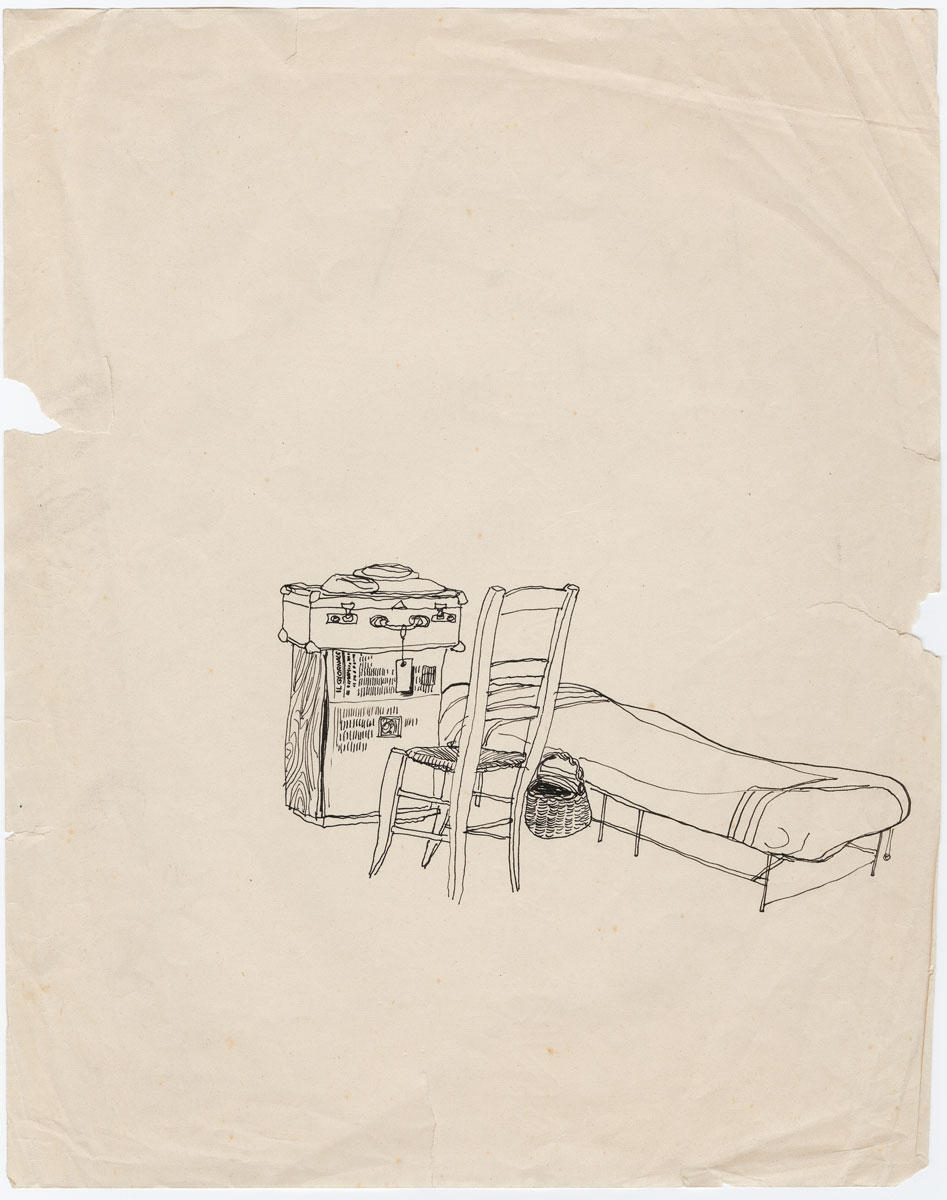
June 8, released from Tortoreto; his fellow prisoners arrange a departure party.
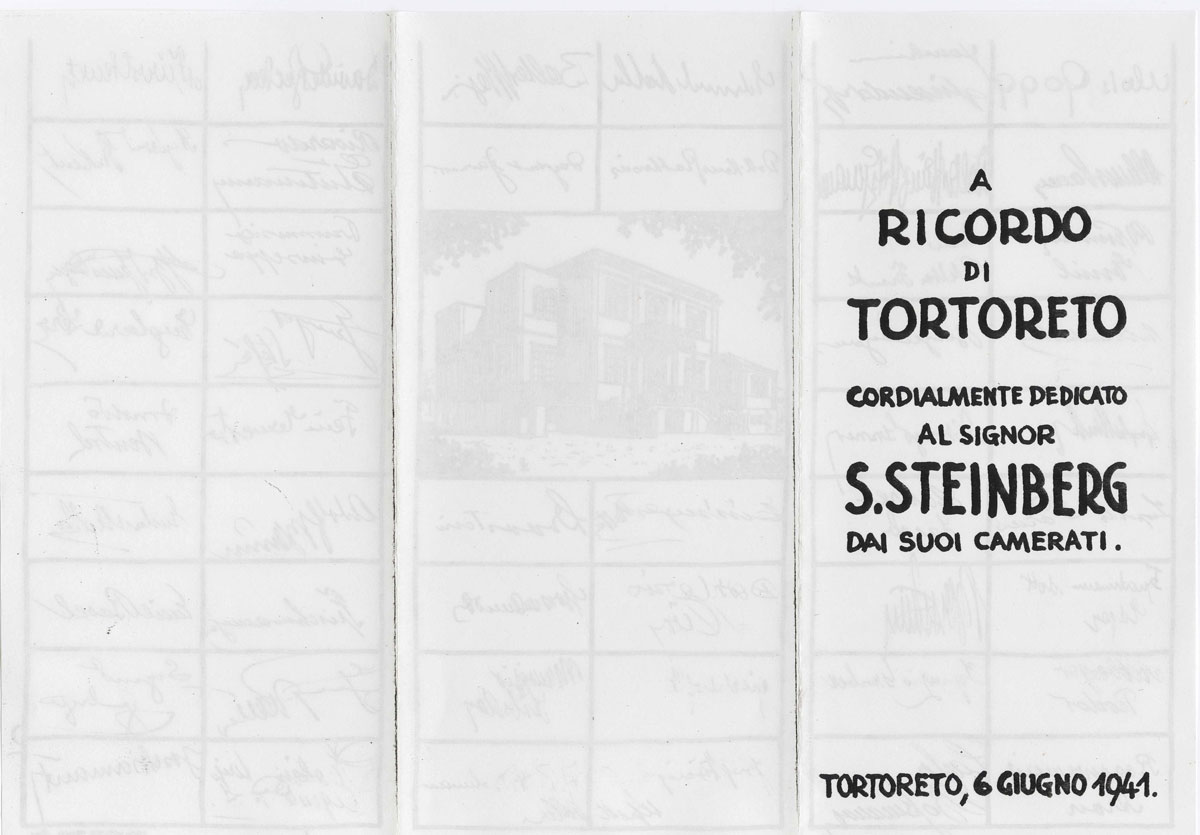

June 12-16, in Rome and Milan to secure the missing visas.
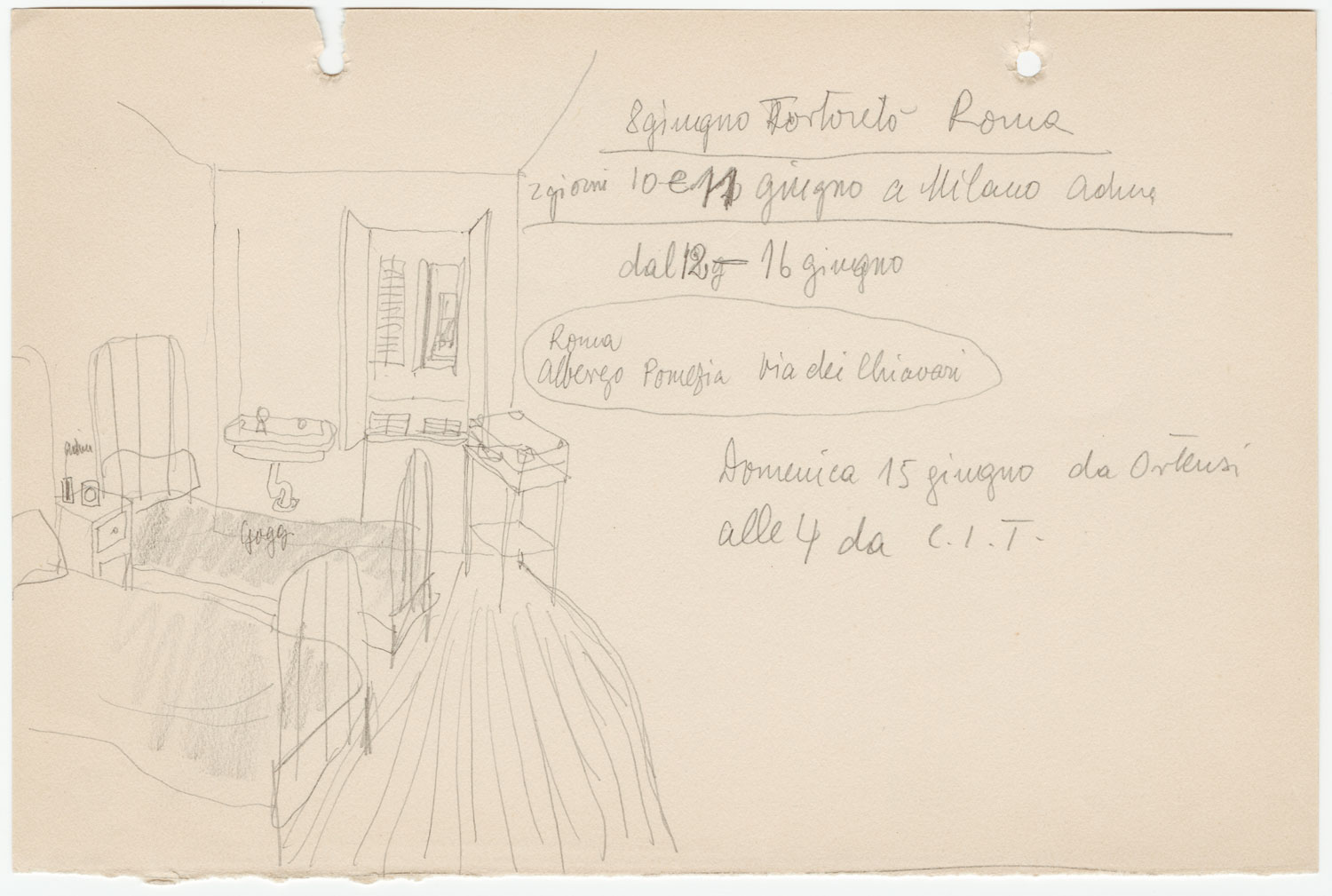
June 16, flies to Lisbon via Barcelona and Madrid; June 20, boards the SS Excalibur for New York.
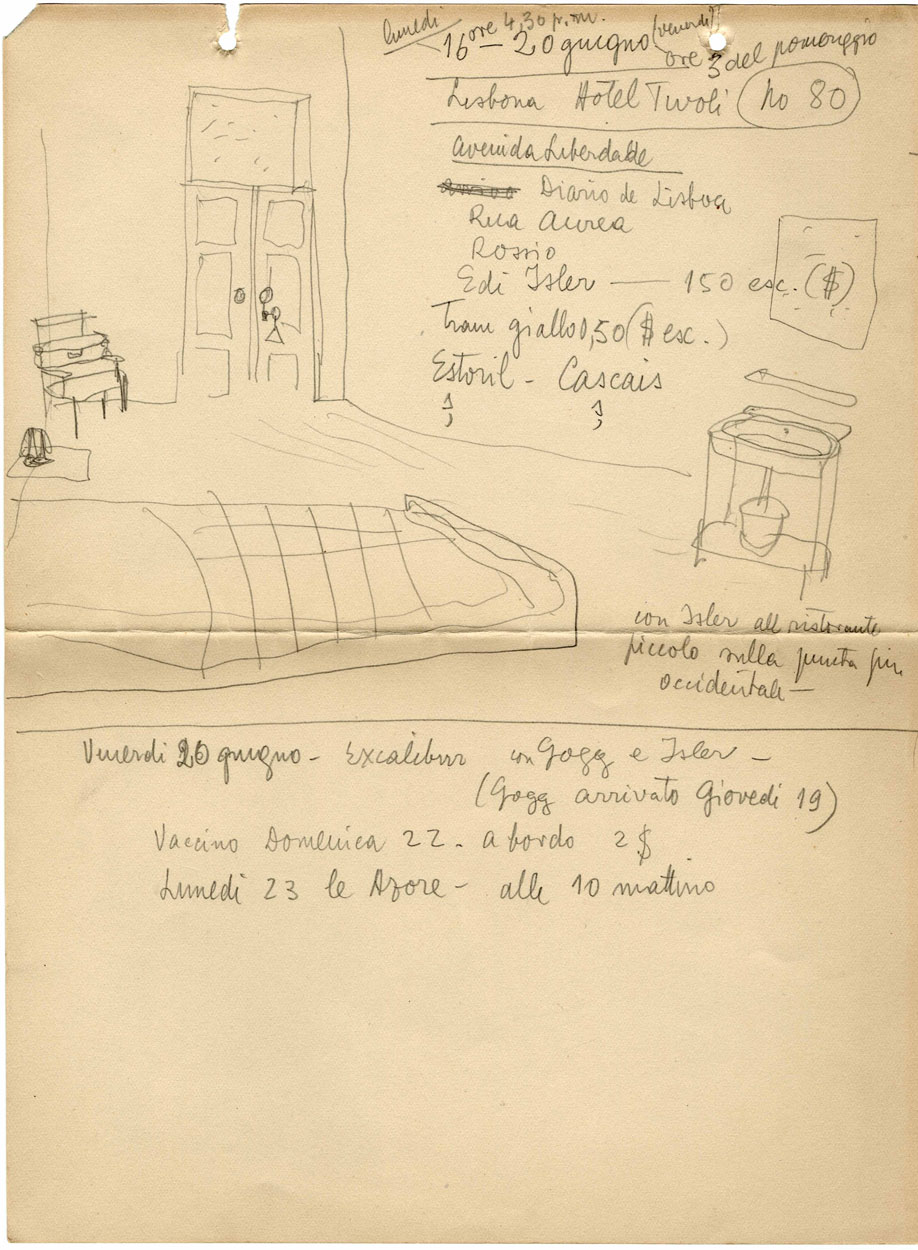
June 30, the Excalibur docks in New York, but ST, holding only a transit visa, must stay on Ellis Island; is visited there by his New York family.
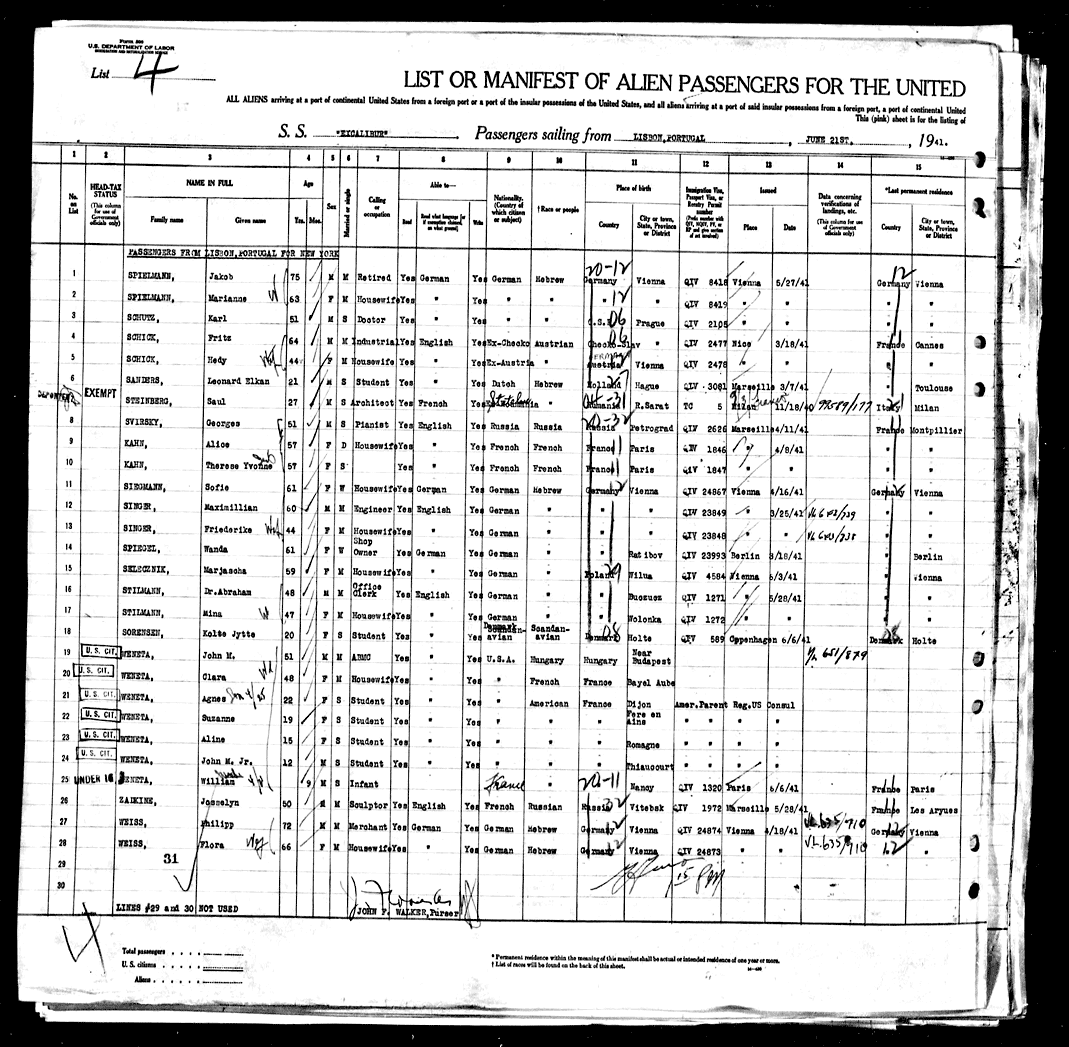
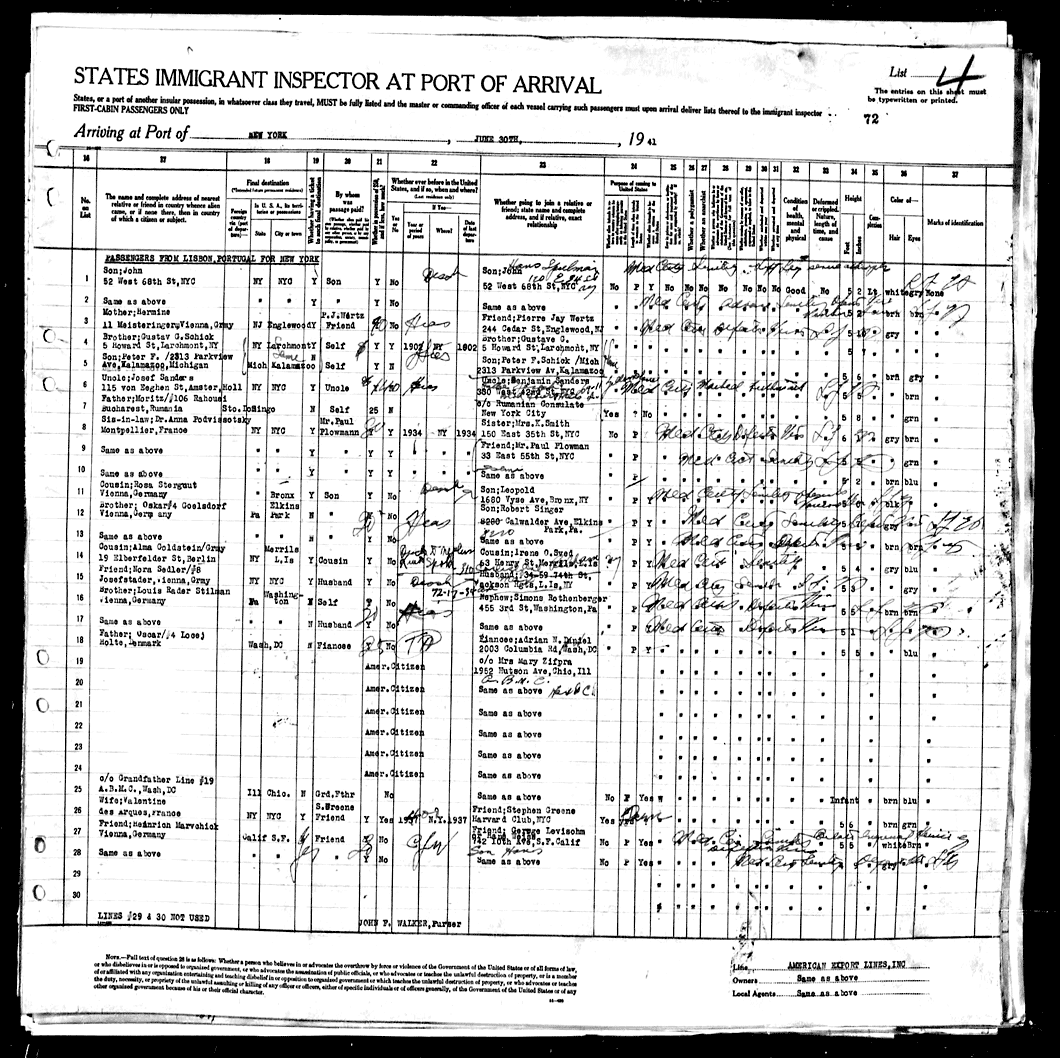
July 5, leaves by ship for Ciudad Trujillo; arrives on July 13 after a stopover in San Juan.
From Ciudad Trujillo, sends regular packets of drawings to his agent, Cesar Civita, in New York. First drawing in The New Yorker published October 25, 1941. Other drawings published in American journals, especially Mademoiselle, the newspaper PM, as well as in the Dominican Republic newspaper La Nación and other Dominican venues.
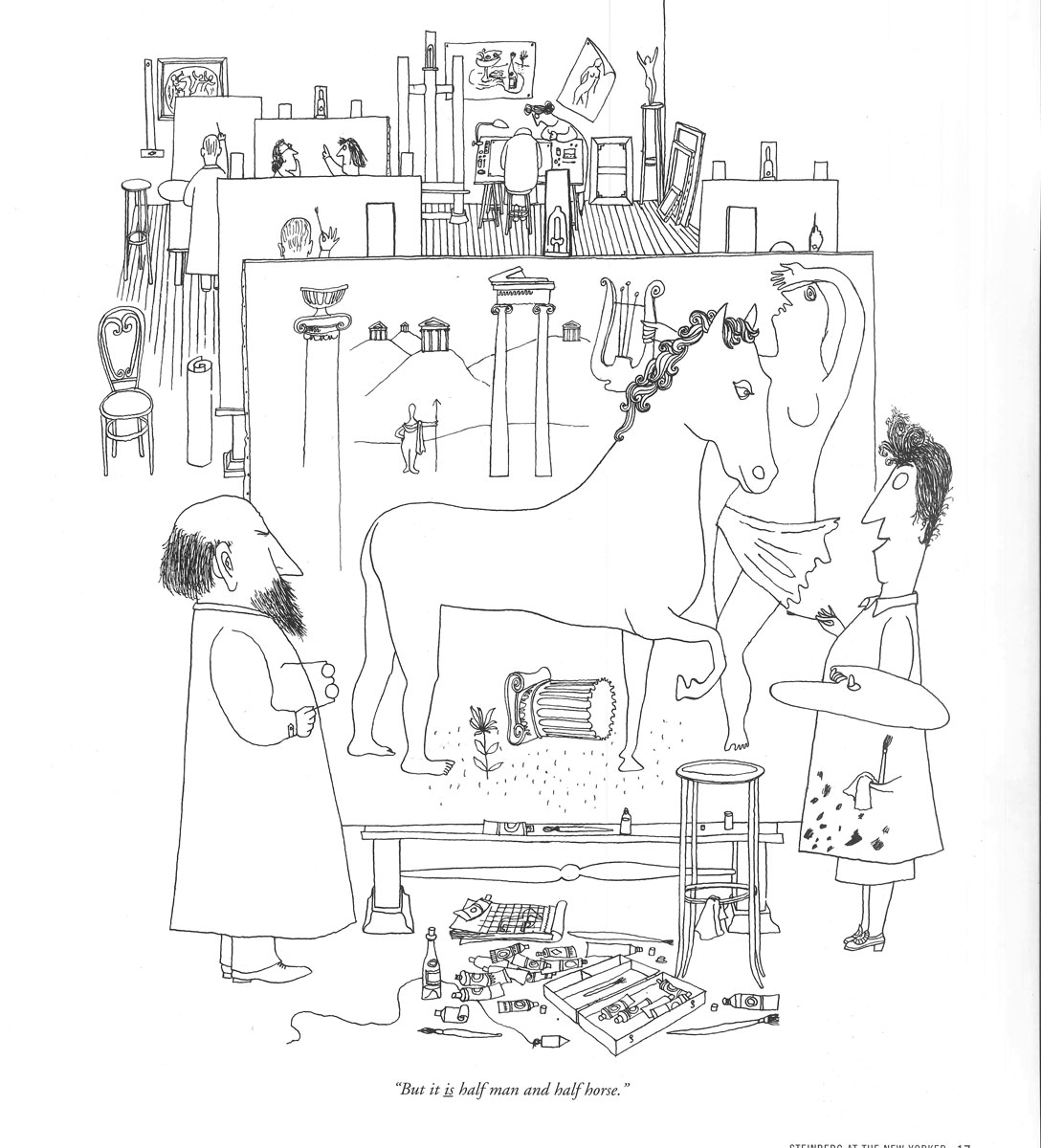
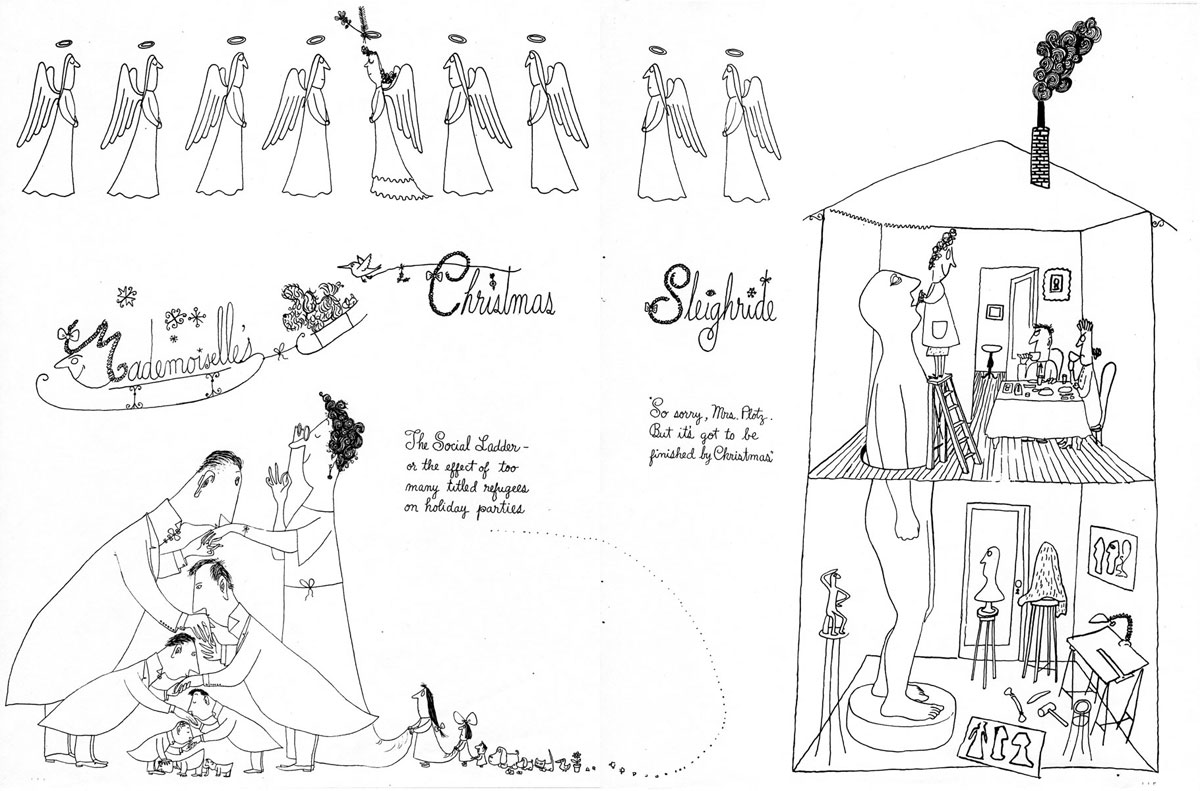
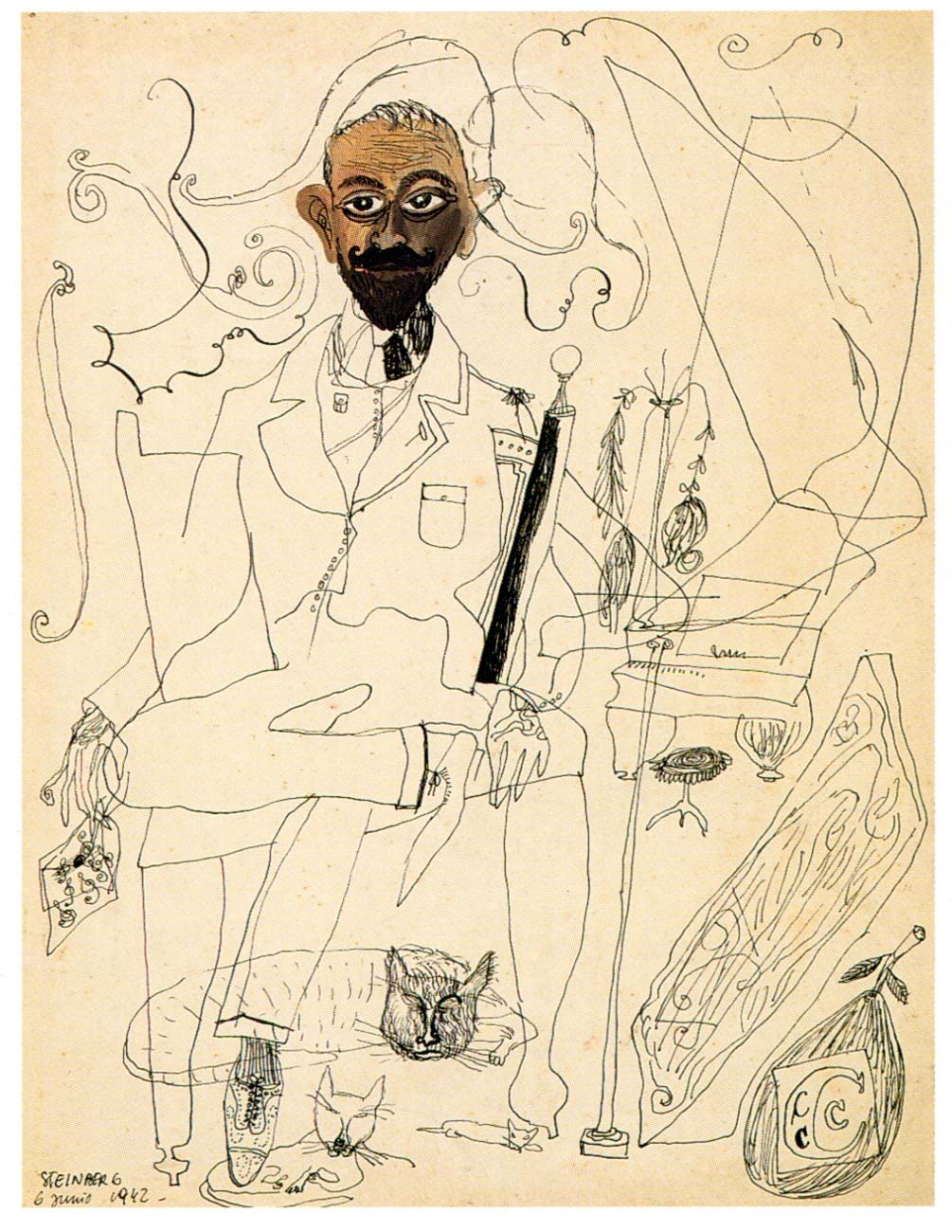
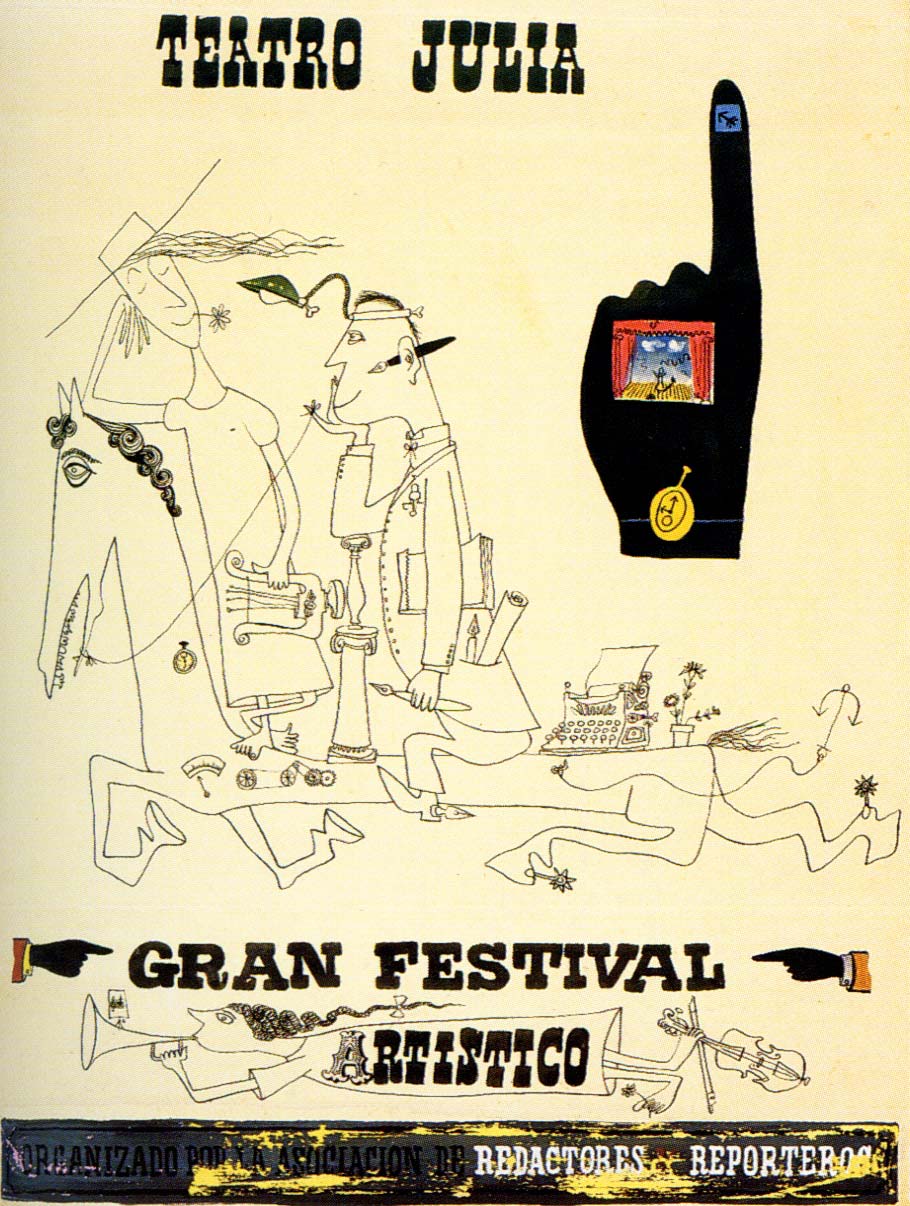
Regular correspondence with his parents in Romania, Aldo Buzzi and Ada Ongari in Milan, and his cousins in New York, Henrietta and Harold Danson. The latter send him clothing, shoes, and other necessities.
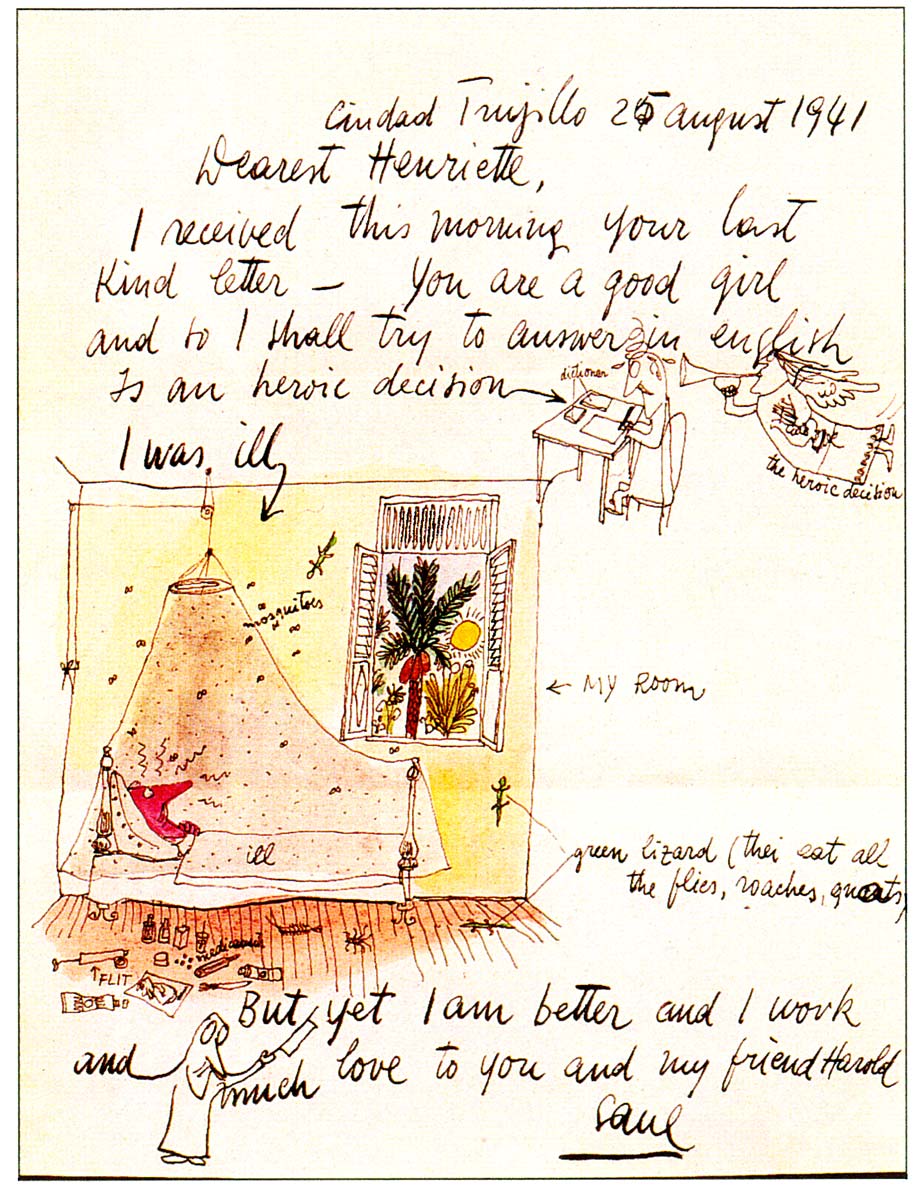
His family, Cornelius Vanderbilt, Jr., and Civita begin the process of obtaining a US visa for him. Ik Shuman, executive editor of The New Yorker, writes a testimonial letter on his behalf. By this time, Cesar Civita has emigrated to Buenos Aires, leaving the day-to-day business of the agency in the hands of his brother Victor and the office manager, Gertrude Einstein. It is Einstein who becomes ST’s lifeline during his time in Ciudad Trujillo.
1942
With the US entry into World War II, begins to draw anti-Fascist political cartoons. His first such work is published in the liberal New York newspaper PM in January; he becomes a regular contributor (through March 1943). By spring, his cartoons are appearing in Liberty and American Mercury.

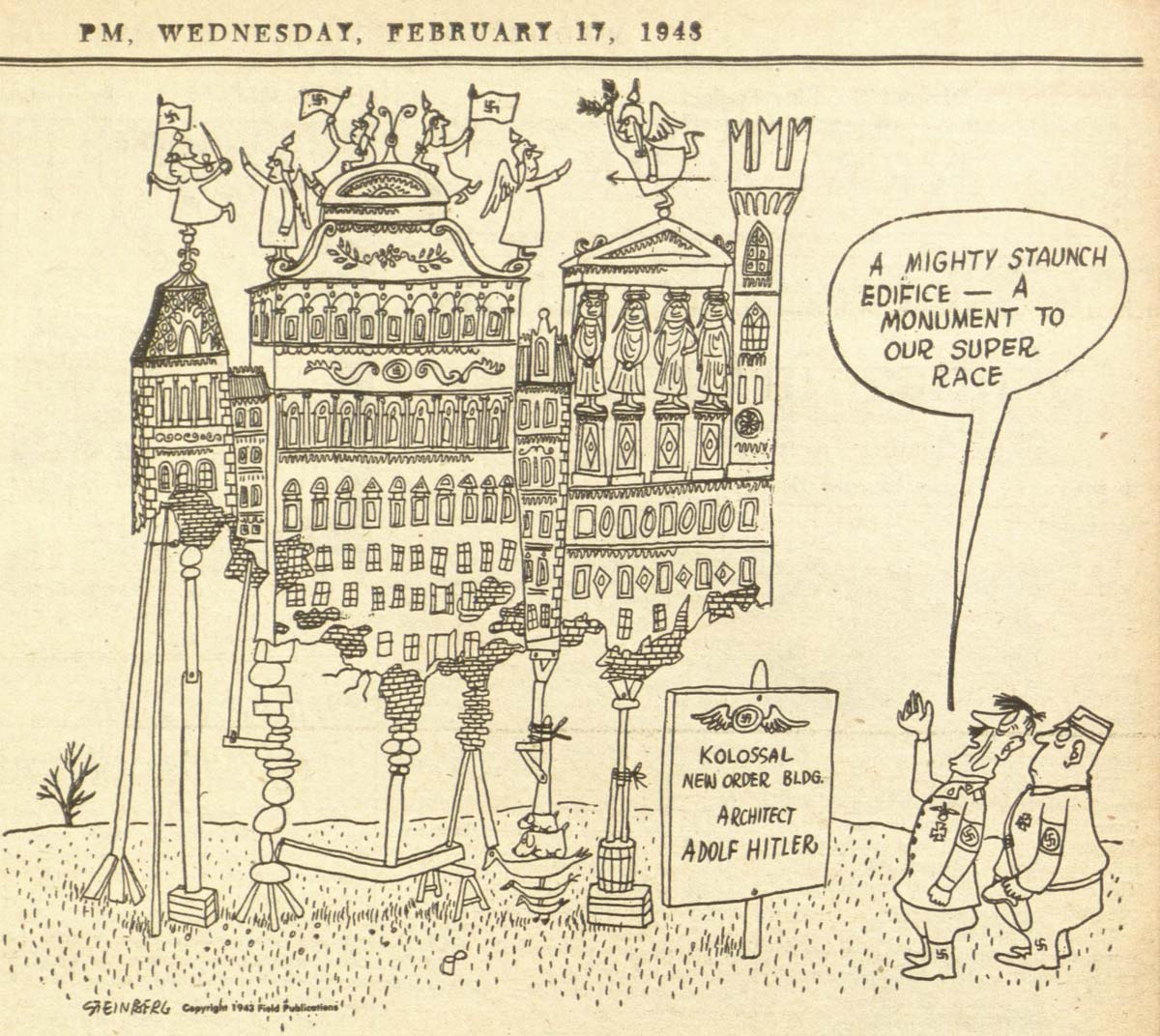
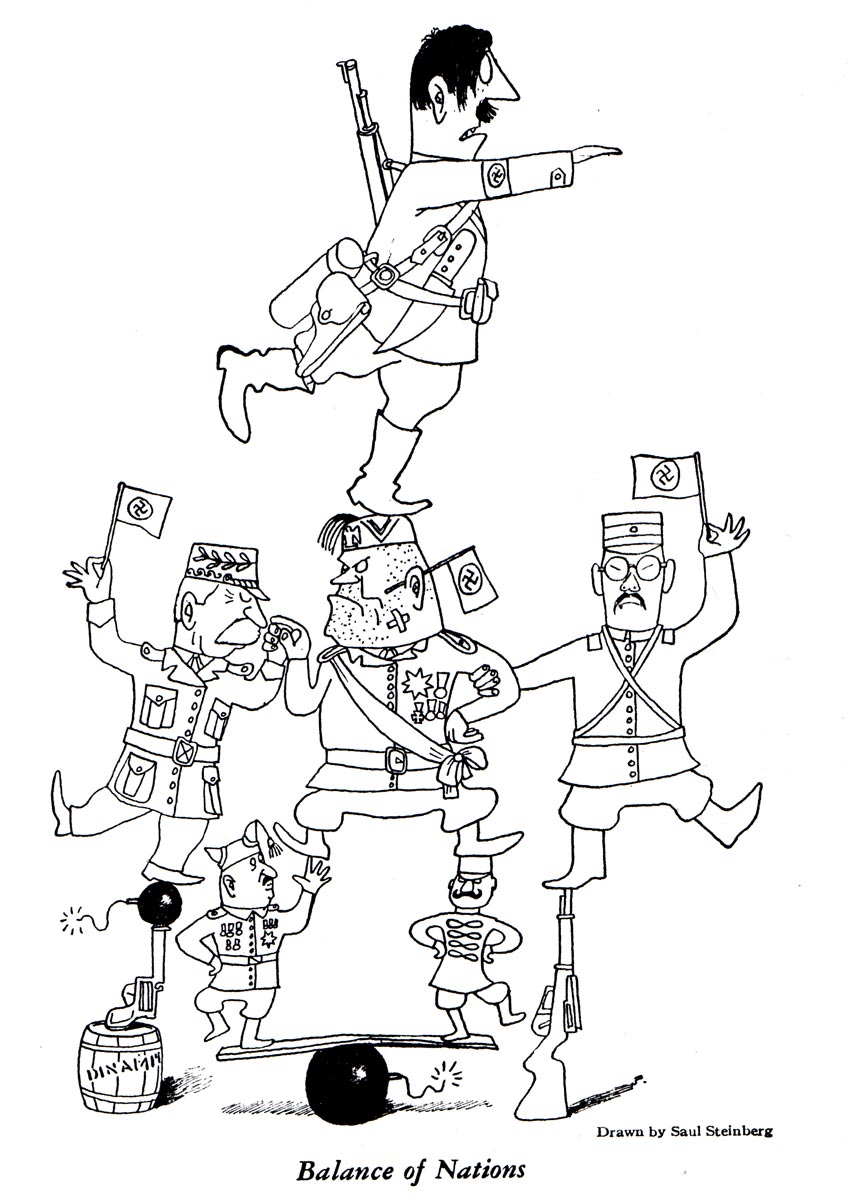
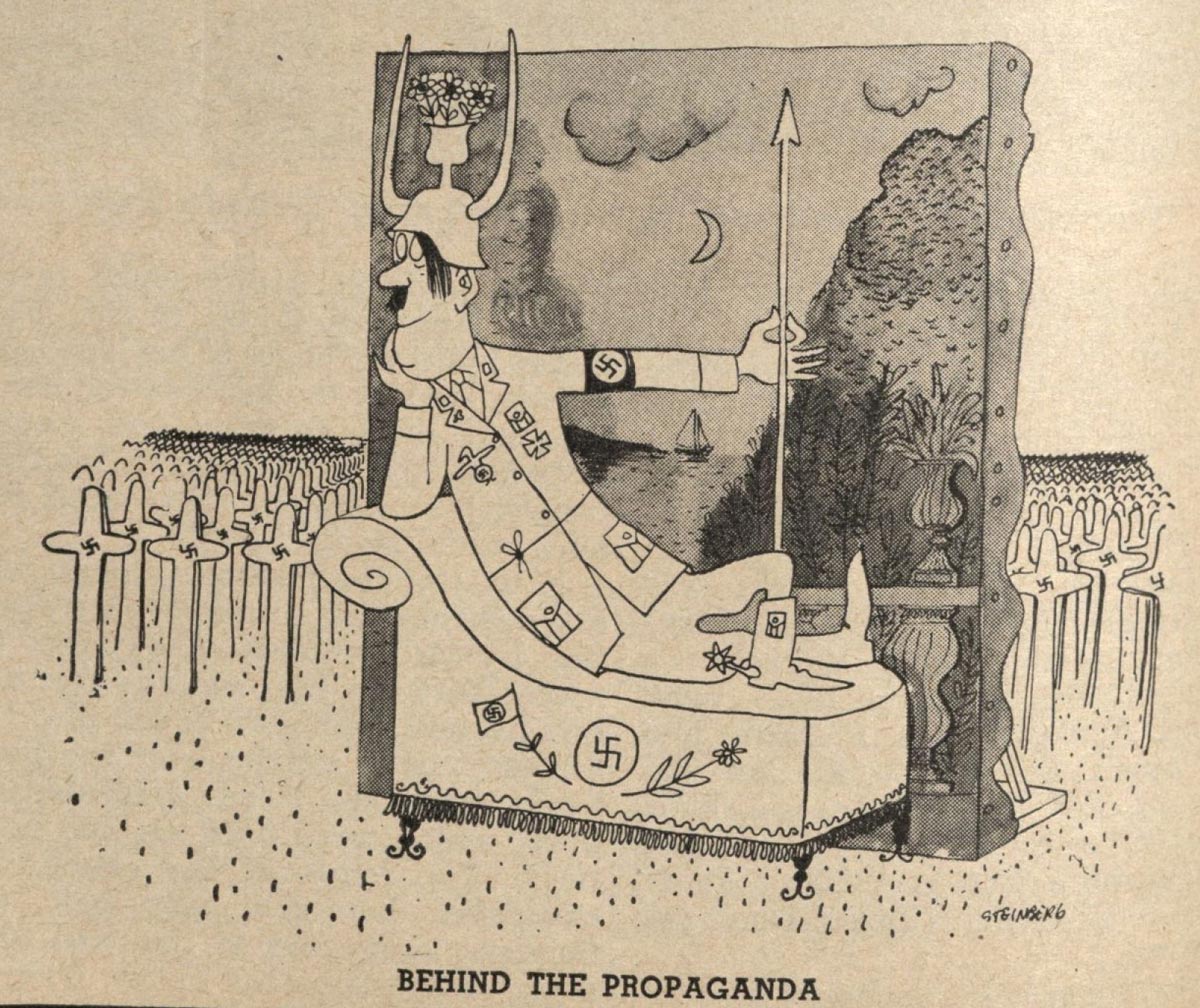
February 17, included in “Cartoons Against the Axis,” a traveling exhibition organized by the Art Students League, which ends at The Metropolitan Museum of Art as “Cartoons of Today”; awarded an honorable mention. Exhibits three paintings in a juried exhibition in Ciudad Trujillo.
May 14, on behalf of ST, Civita signs a contract with The New Yorker, giving the magazine right of first refusal for all his artwork, save that commissioned by other magazines.
May 15, receives his US visa, but air transport is difficult to find.
June 28, flies to Miami; the next day boards a bus for New York, arriving July 1.
July 1, signs a contract with Civita, giving the agent 40% of his publication proceeds.
Lives in rooming houses on West 11th Street and then at the Hotel Lafayette on University Place (through April 1943). Supports himself with income from drawings published in The New Yorker and other magazines (Fortune, Mademoiselle, House Beautiful). Begins to accept assignments from advertising agencies.
August 24, is classified 1-A (available for immediate military service) by the Selective Service Board.
November, on the recommendation of Harold Ross, editor of The New Yorker, becomes consultant for the Office of War Information, Graphics Division, in New York.
Spends New Year’s Eve with Costantino Nivola, a fellow immigrant from Milan who becomes one of his closest friends. As art director of Interiors, Nivola introduces him to designers, architects, and other artists; Alexander Calder joins them. Calder and ST soon become good friends.
1943
January, travels by train, via Chicago, to Los Angeles. While there, receives notice to report to the draft board for induction; returns to New York via a southwestern route.
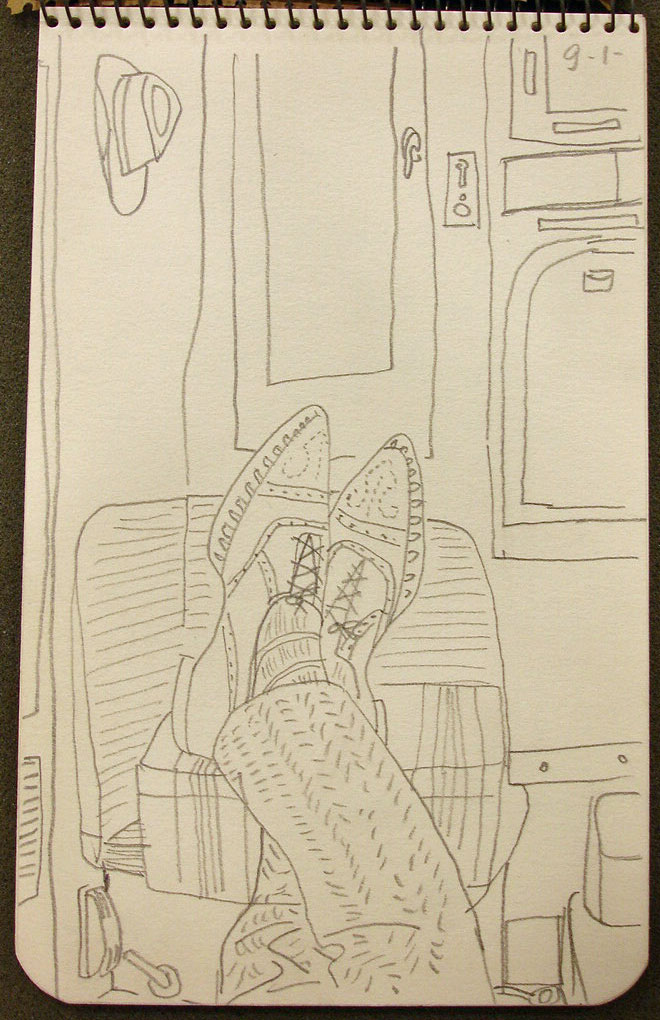
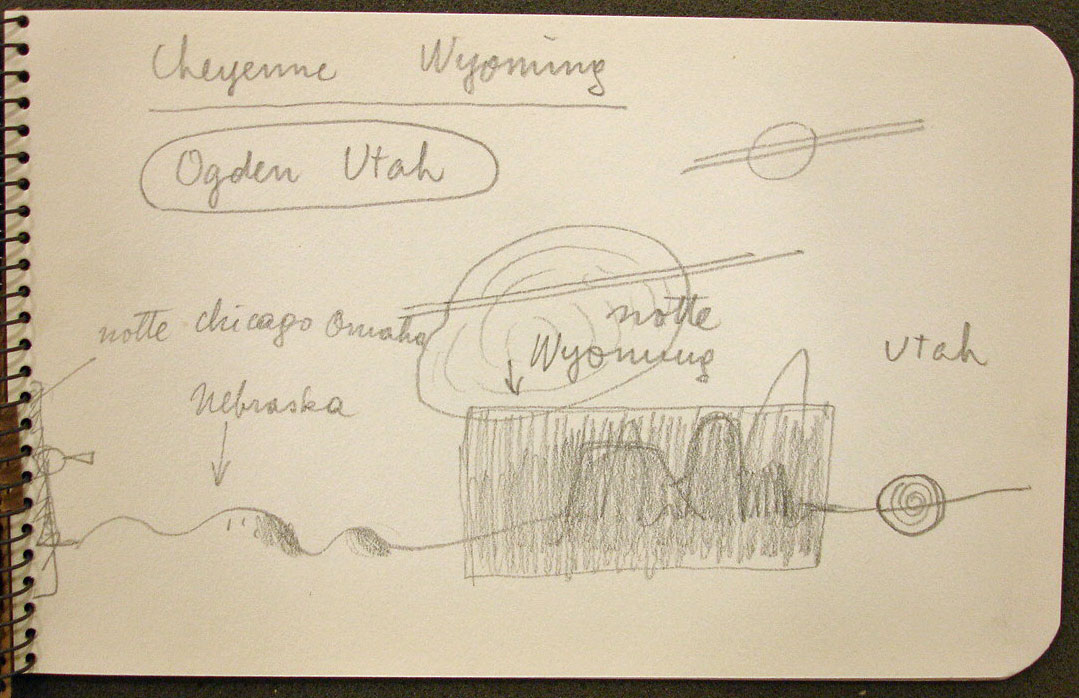
February 7, meets fellow Romanian émigré artist Hedda Sterne, who had admired his published drawings and invites him for tea.
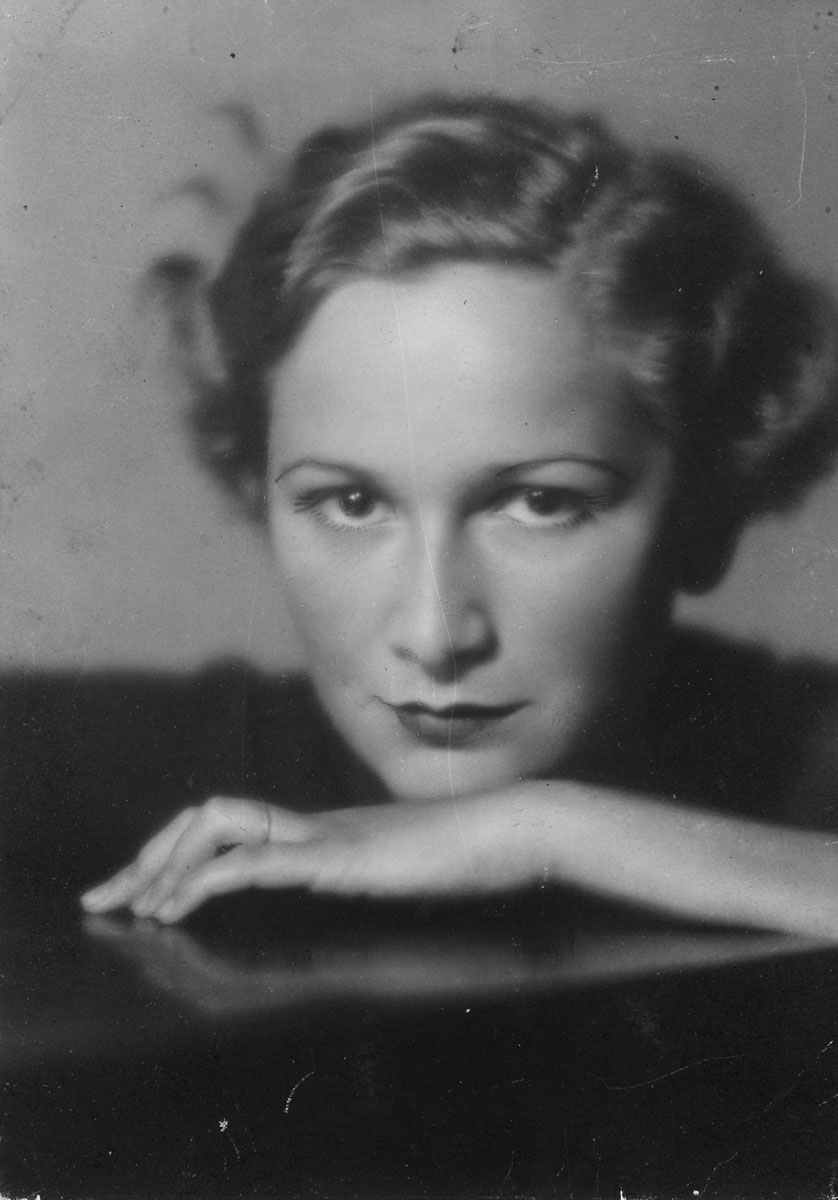
Several months earlier, Harold Ross had enlisted the aid of James Forrestal, Secretary of the Navy, and General William (“Wild Bill”) Donovan, head of the fledgling Office of Strategic Services, to find a military position for ST that would suit his talents and enable him to continue to supply The New Yorker with drawings.
February 19-20, thanks to Donovan’s intervention and over the initial objections of Naval personnel in Washington (“this applicant has about everything disqualifying him that could exist”), ST receives a commission as an ensign in the US Naval Reserve and US citizenship.
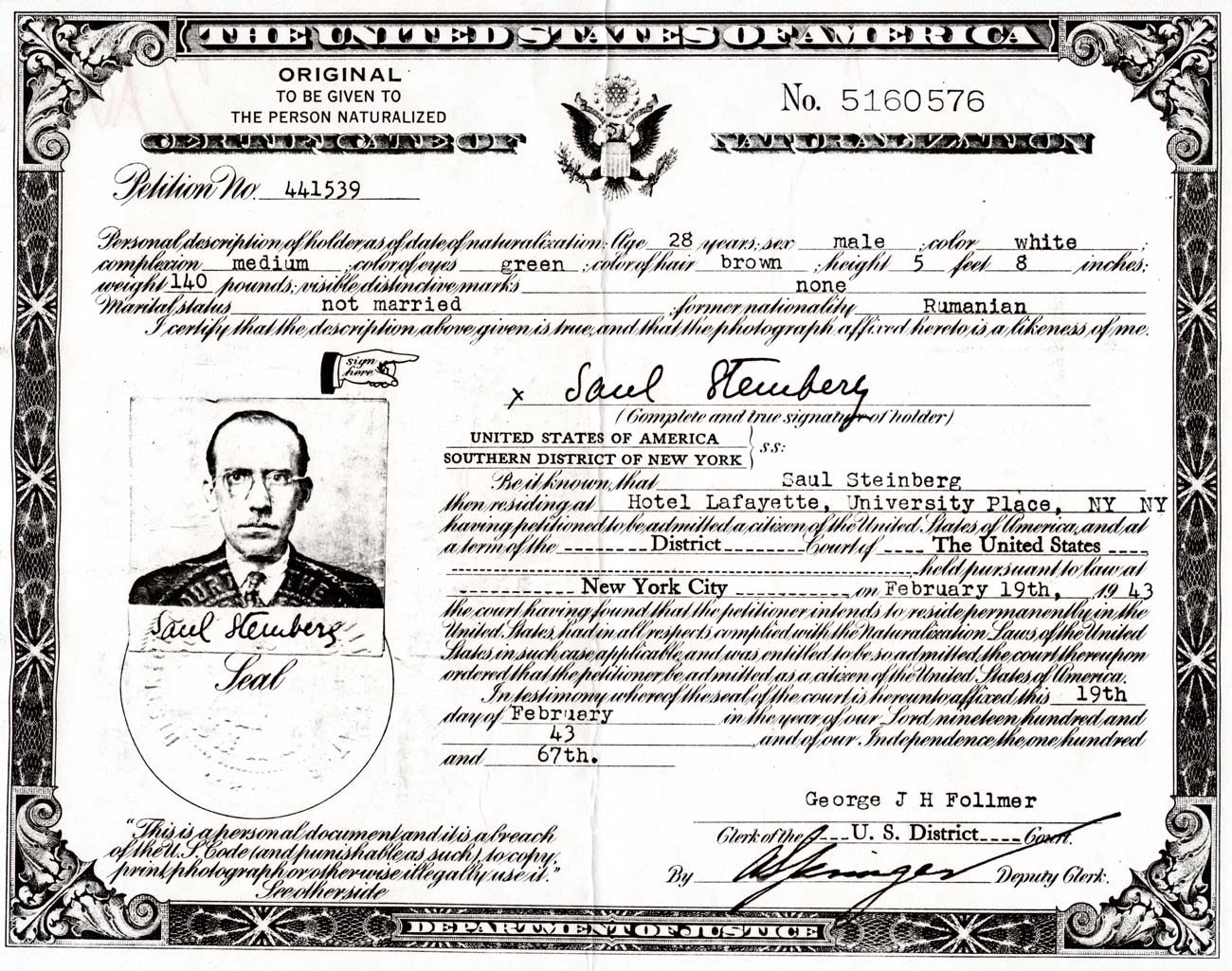
March 2, reports to Chief of Naval Operations, Office of Naval Intelligence, in Washington.
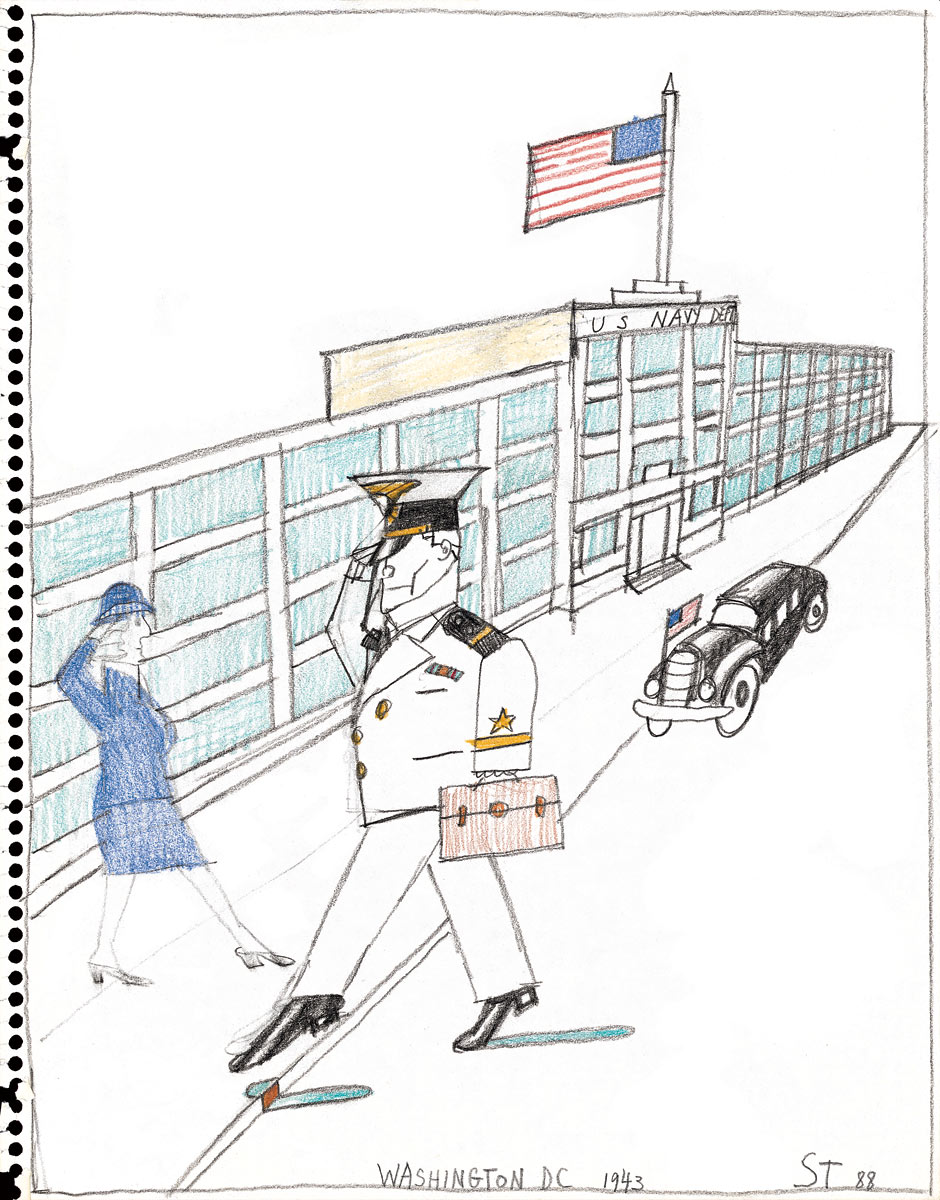
April 12-24, “Drawings in Color by Steinberg. Paintings by Nivola,” organized by Betty Parsons at the Wakefield Gallery, New York.
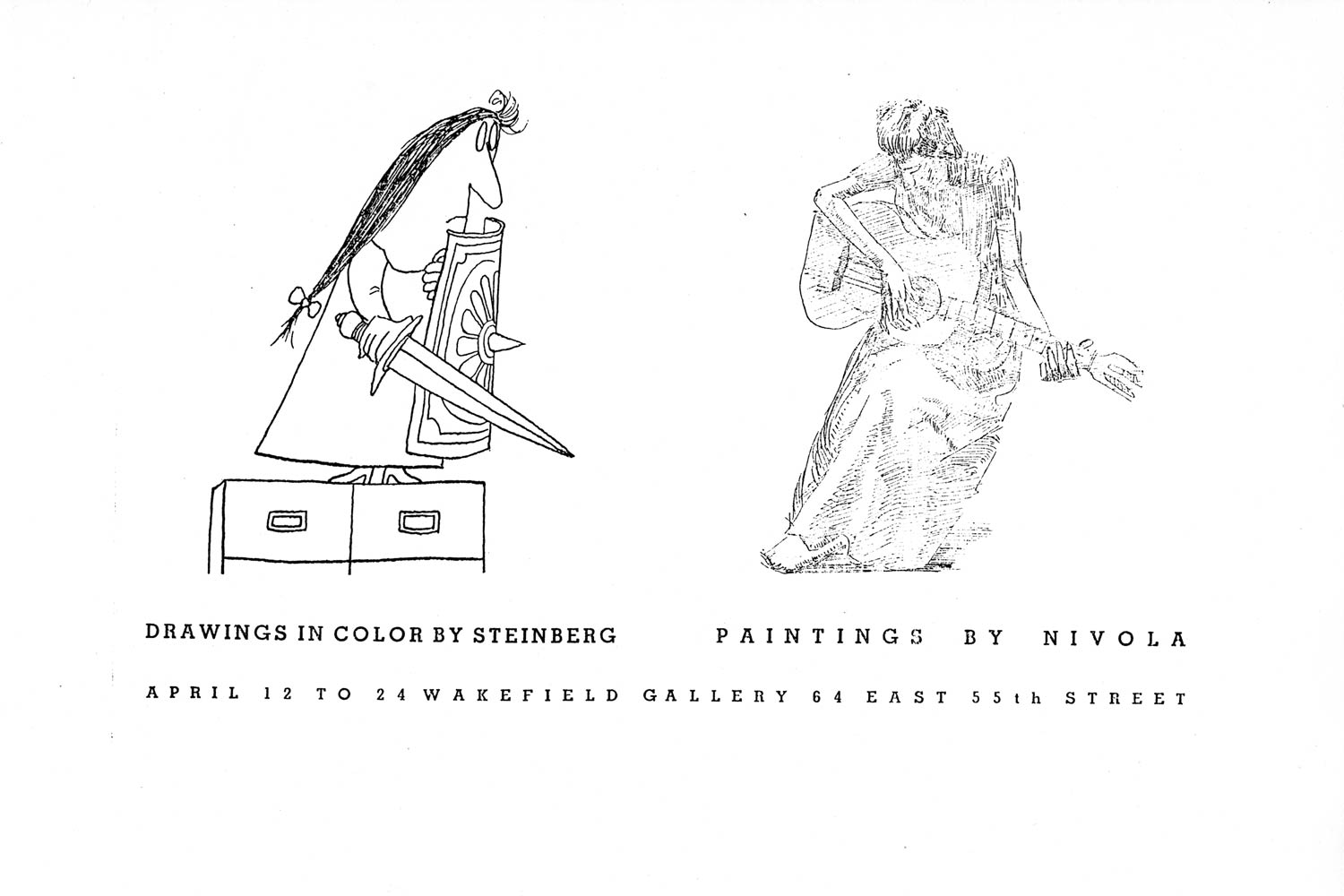
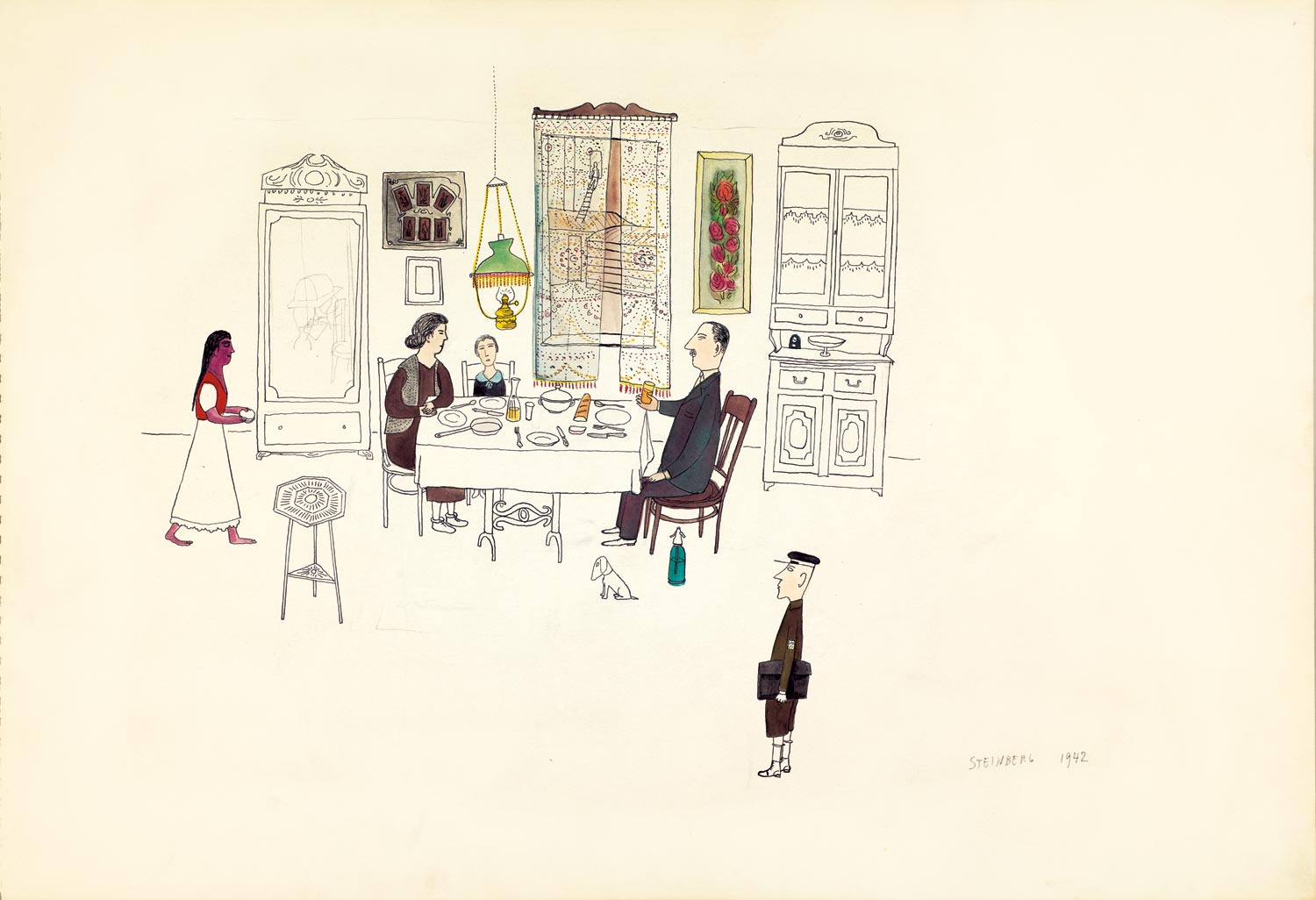
May, boards a troopship in San Francisco for transport to the Far East; June, arrives in Colombo, Ceylon, travels by train to Calcutta; July, flies to Kunming, China. Reports for duty in Happy Valley (Chungking), where he is assigned to the Sino-American Cooperative Organization (SACO), an intelligence arm of the Navy, officially a joint operation with the OSS.
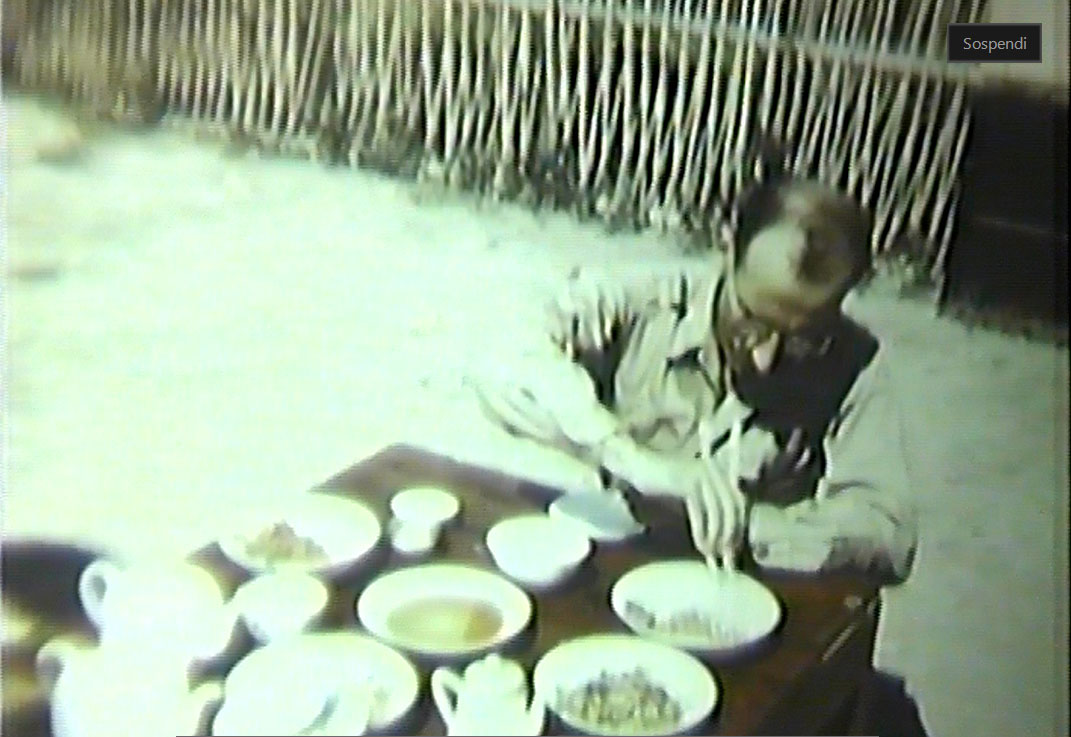
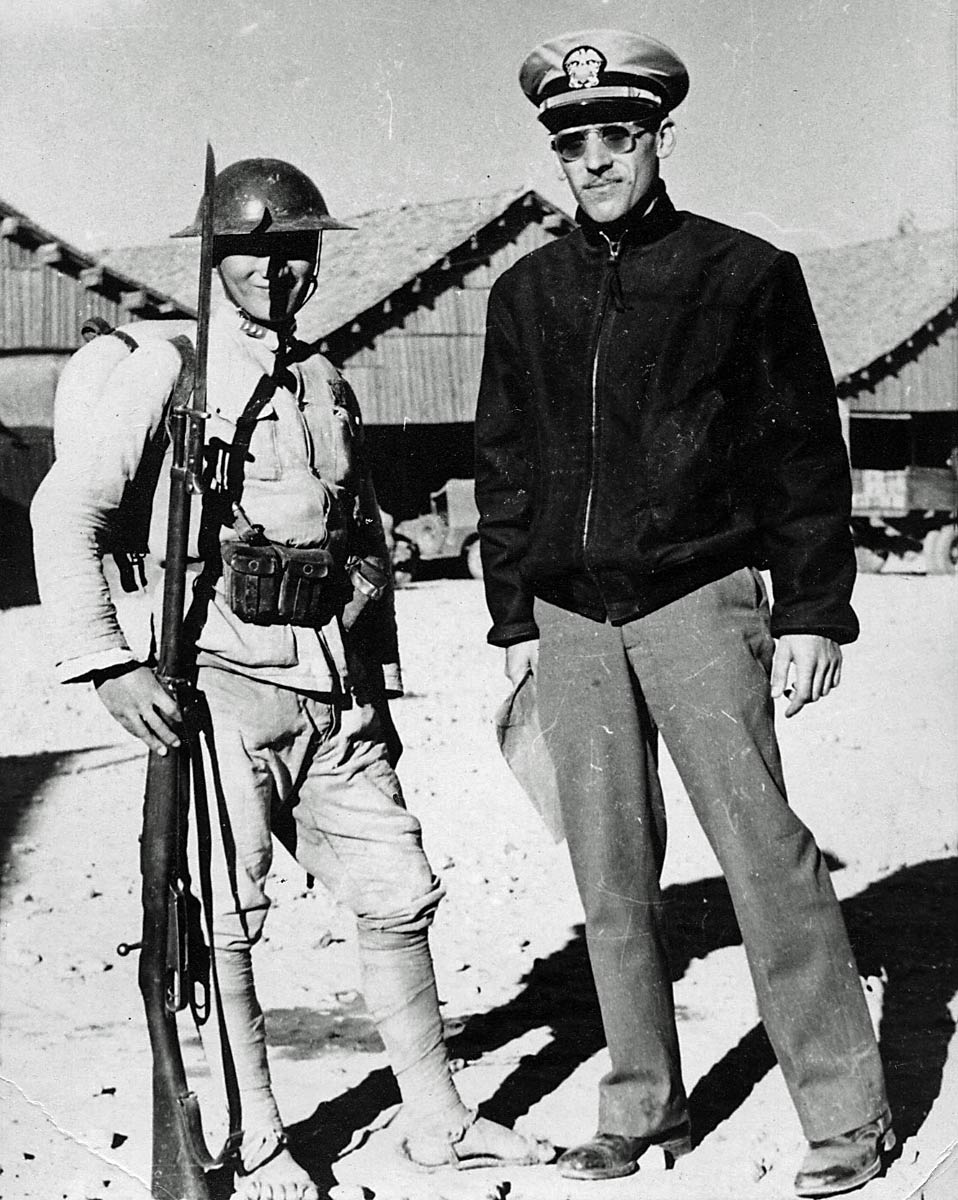
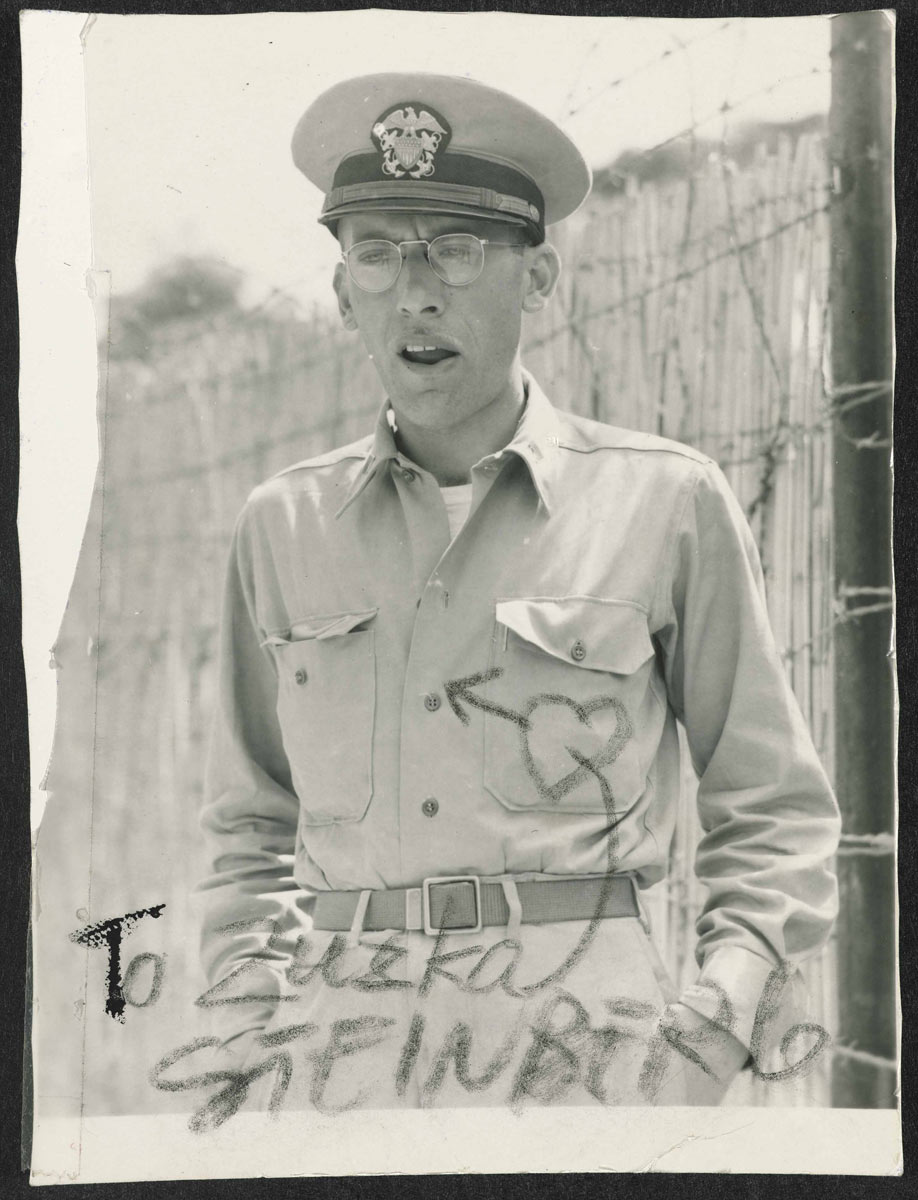
His duties there remain uncertain; in an Officer Qualifications Questionnaire for the Navy, he describes them as “prepar[ing] background for future Psychological Warfare operations in China.” Off duty, he makes drawings of military life in China, which are sent via Navy courier to The New Yorker. “Fourteenth Air Force: China Theatre” is published as two portfolios in the magazine, January 15 and February 5, 1944; a third on March 24, 1945. Another drawing is used as the January 13, 1945 cover.

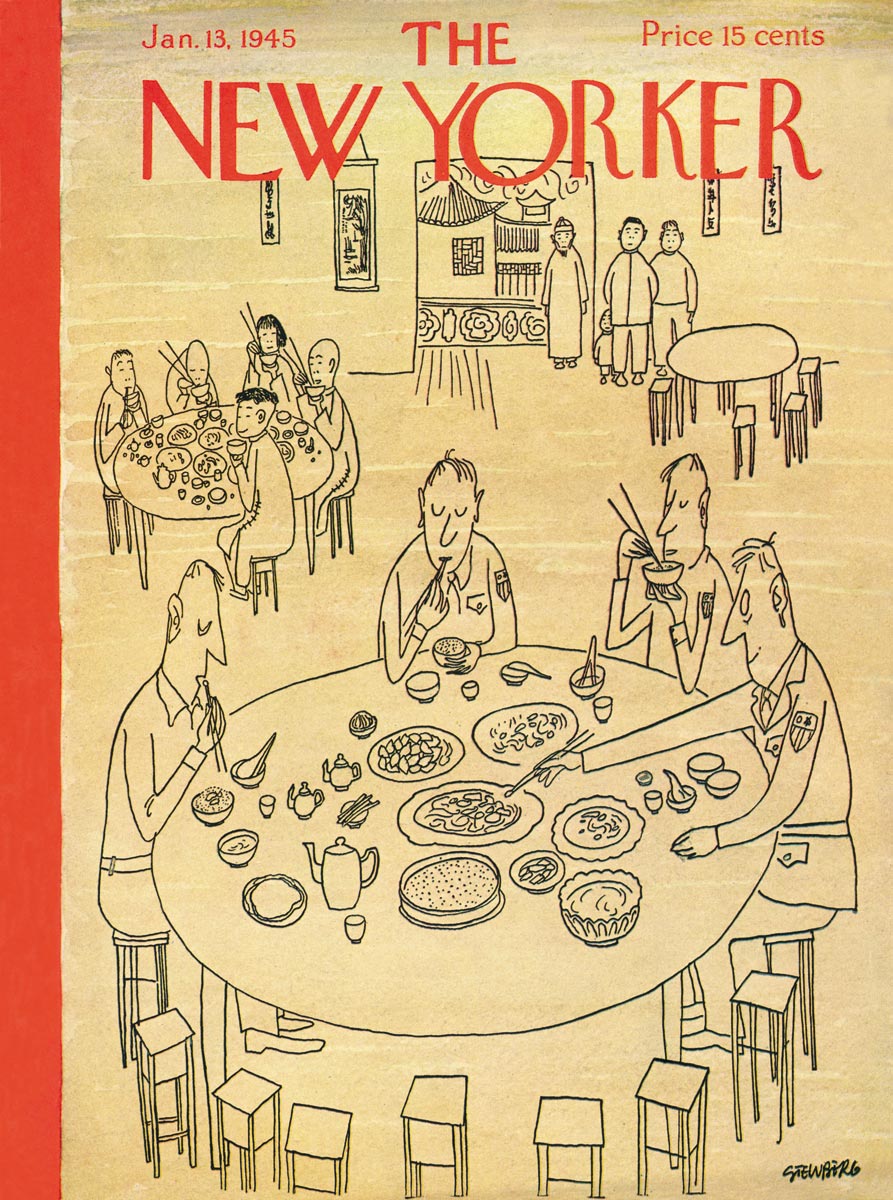
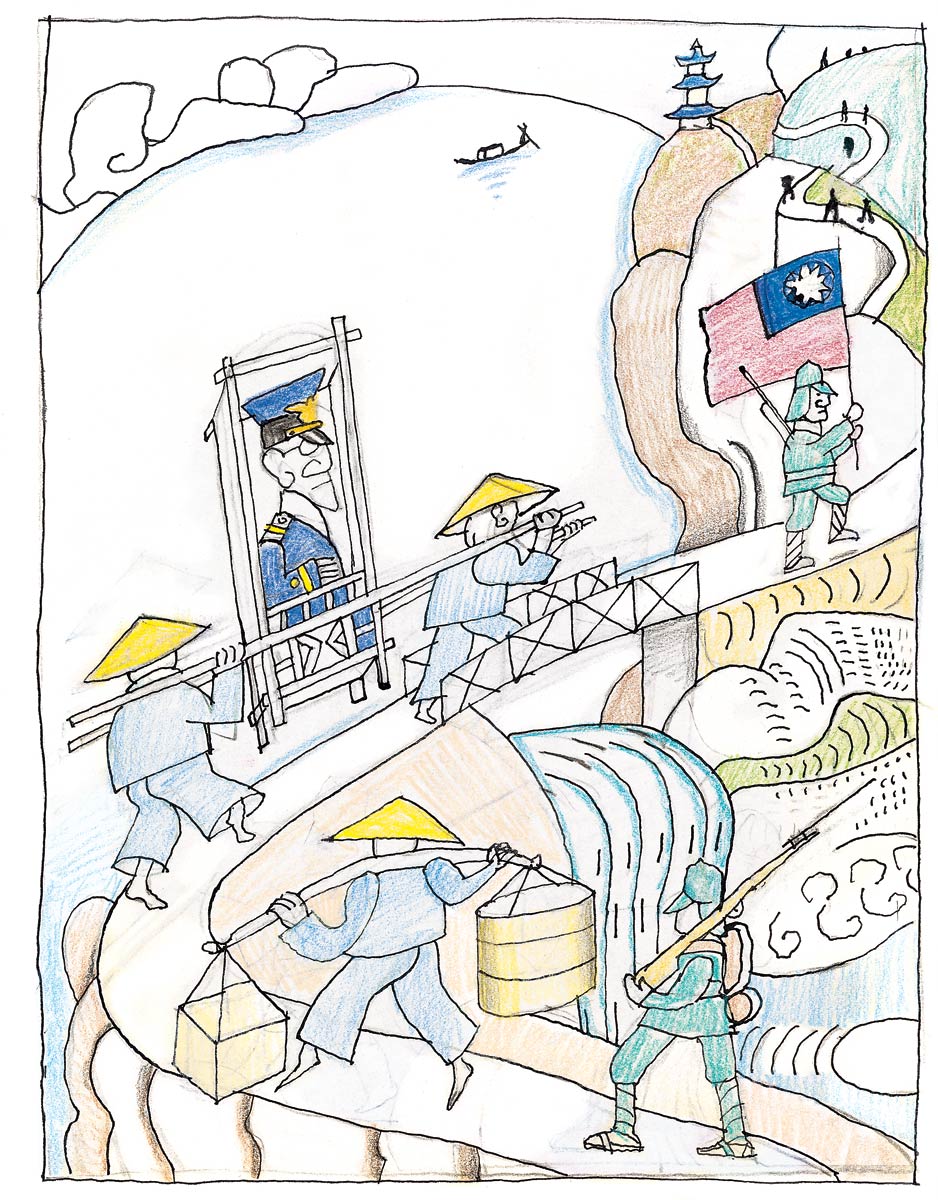

Early December, Donovan travels to Kunming, seeking to resolve conflicts between SACO and the OSS. Has ST reassigned to Morale Operations in Algiers, where the OSS has sole control.
December 19-January 1, ST flies to Algiers via Chabua, Agra, Karachi, Khartoum, and Cairo, arriving on January 1.
1944
January-May, travels between Algiers, Bari, and Naples with Morale Operations (OSS), as the Allied liberation of Italy moves northward.
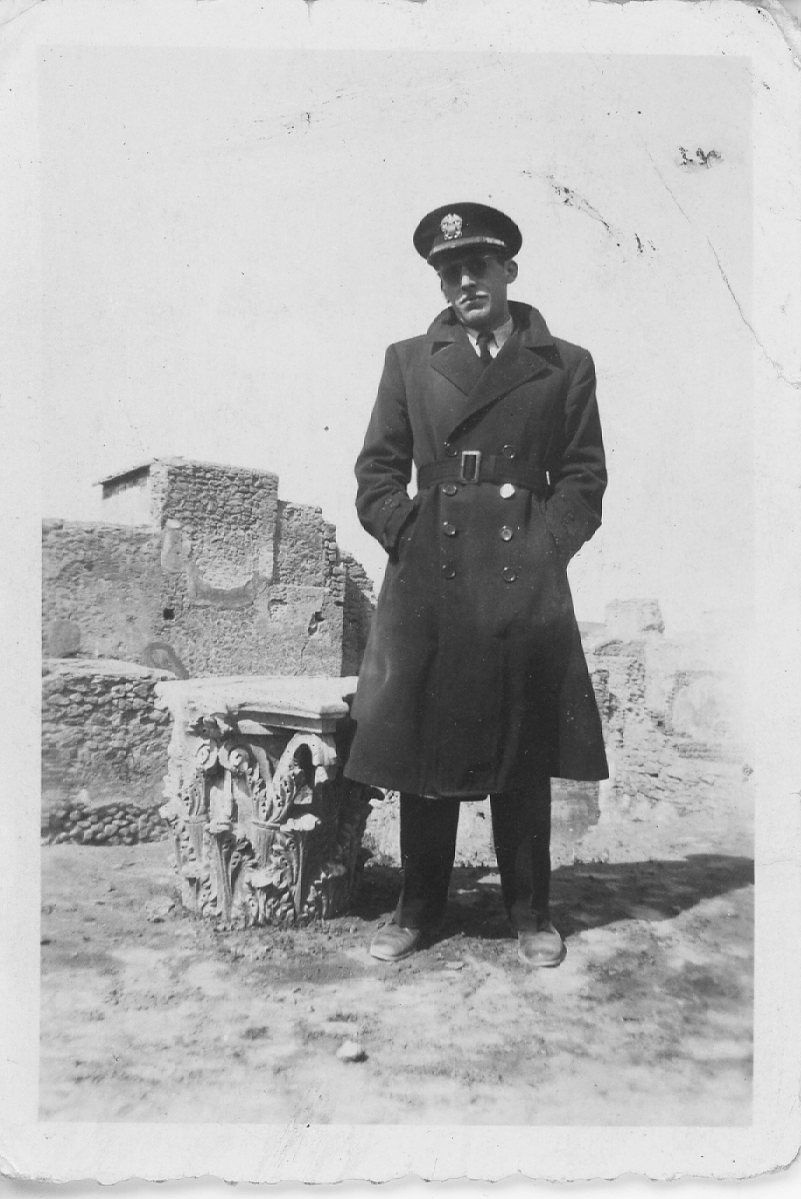
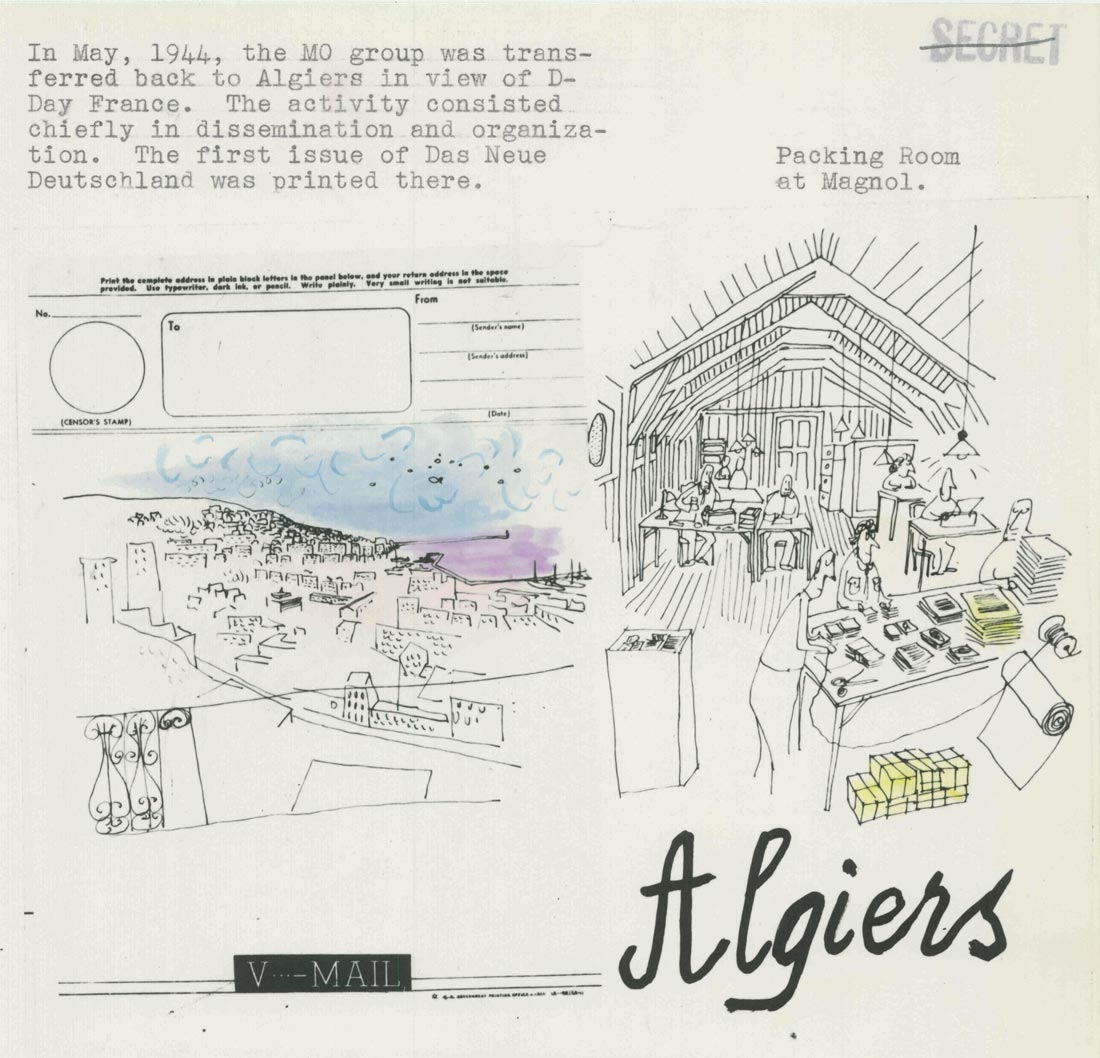
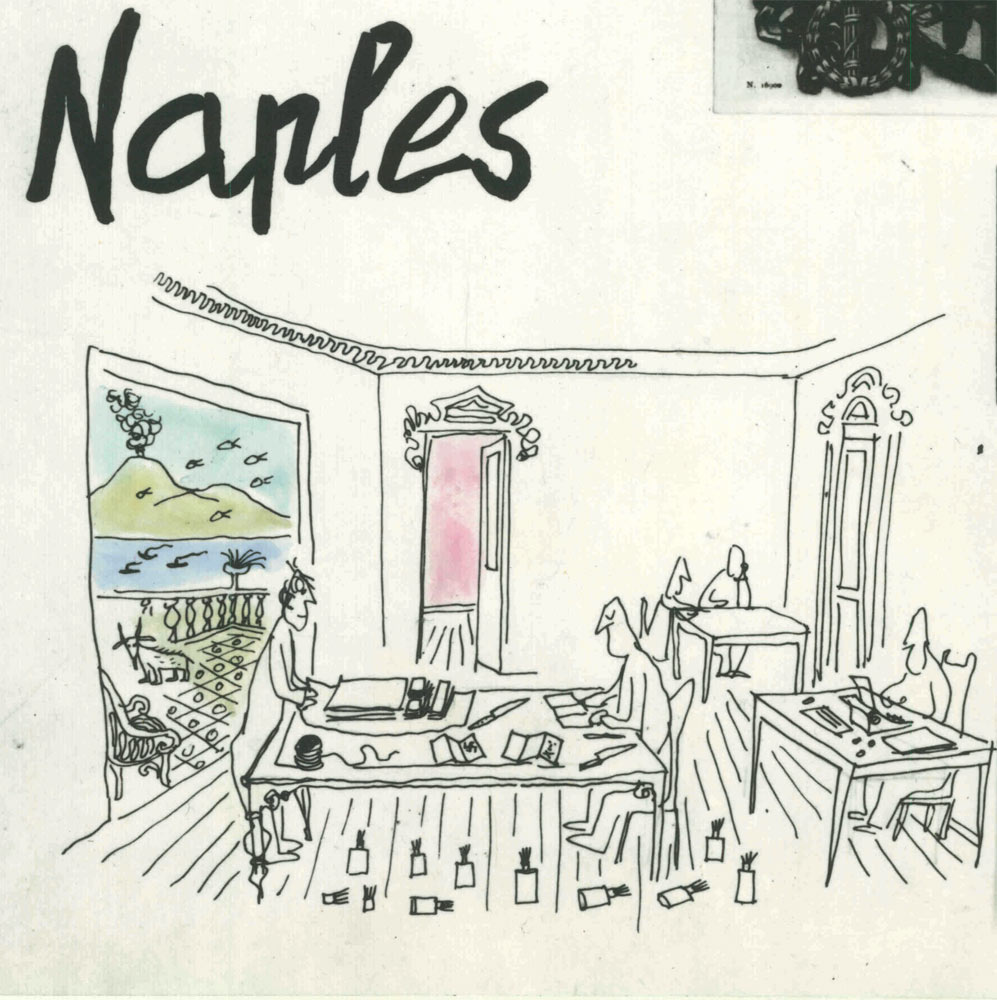
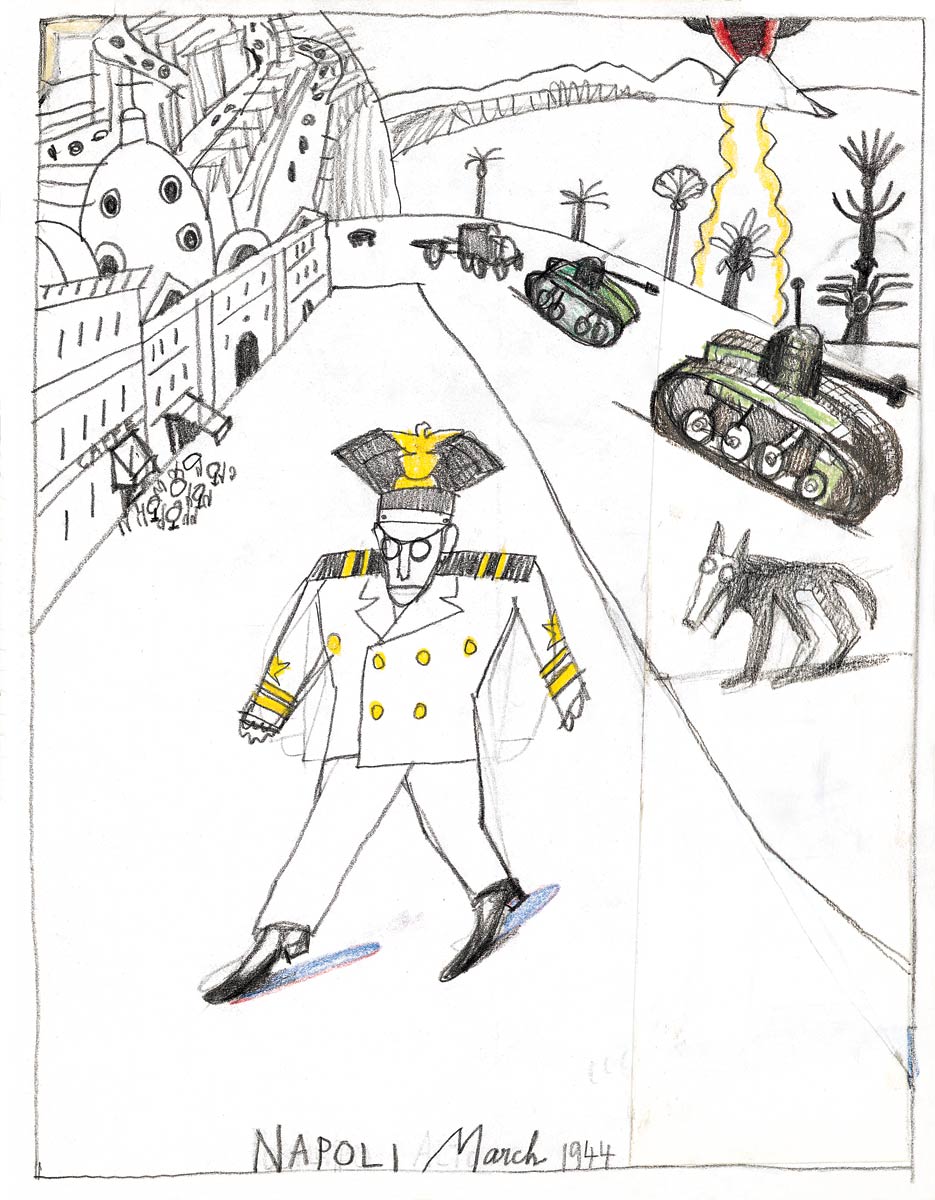
June, Rome liberated. Morale Operations sets up an office there by early July, officially the 2677th Regiment OSS.
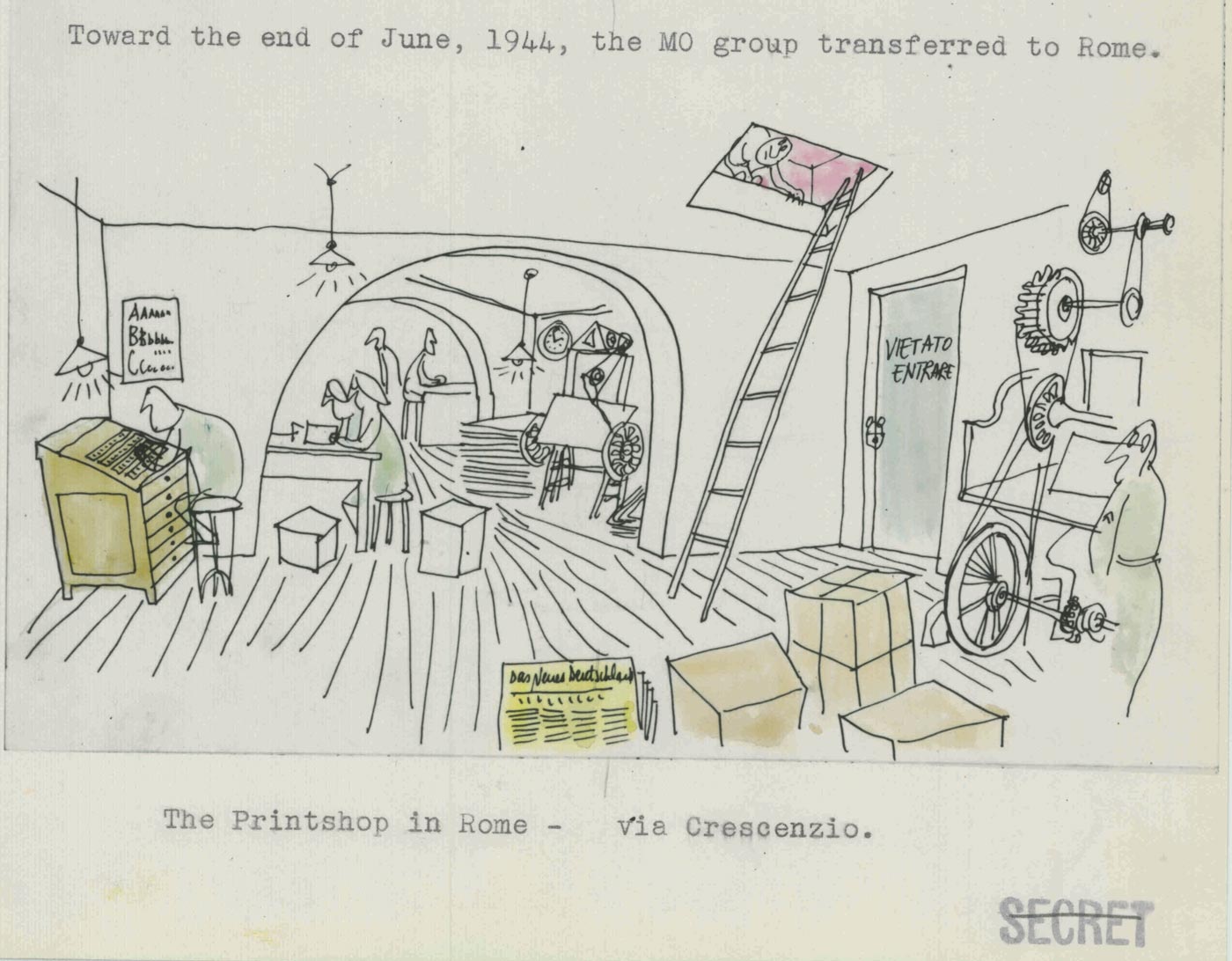
ST’s duties involve the preparation of pictorial propaganda, some of it dropped over Germany to imply a fictitious German resistance movement. According to an official OSS explanation: “When forging an enemy publication, a definite style is used, such as that of a certain cartoonist or a primitive and hasty style when the drawings are supposedly originated by underground movements using improvised means.” ST’s drawings were usually copied as linocuts by his colleague Barbara Podoski and then put into propaganda service.
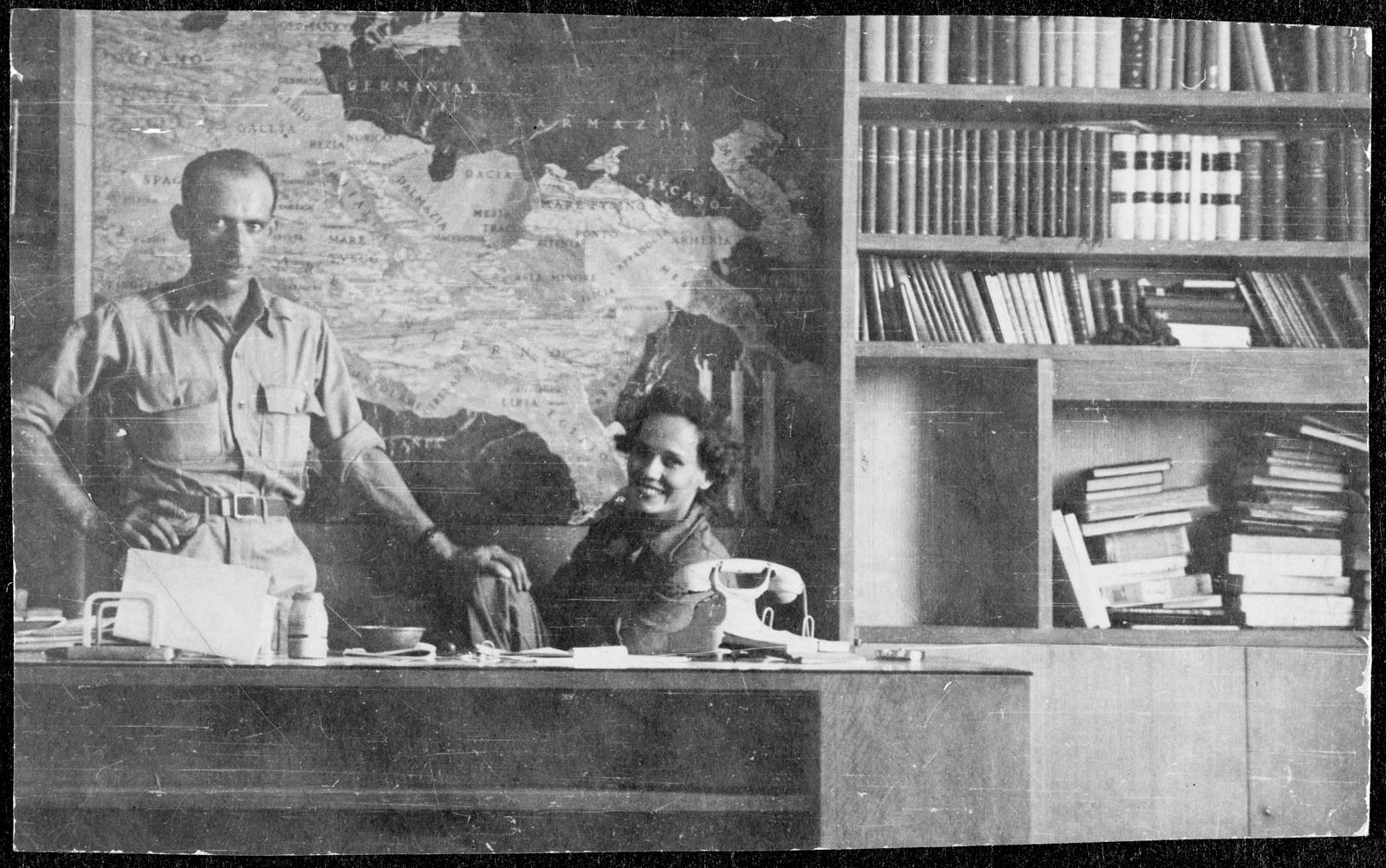
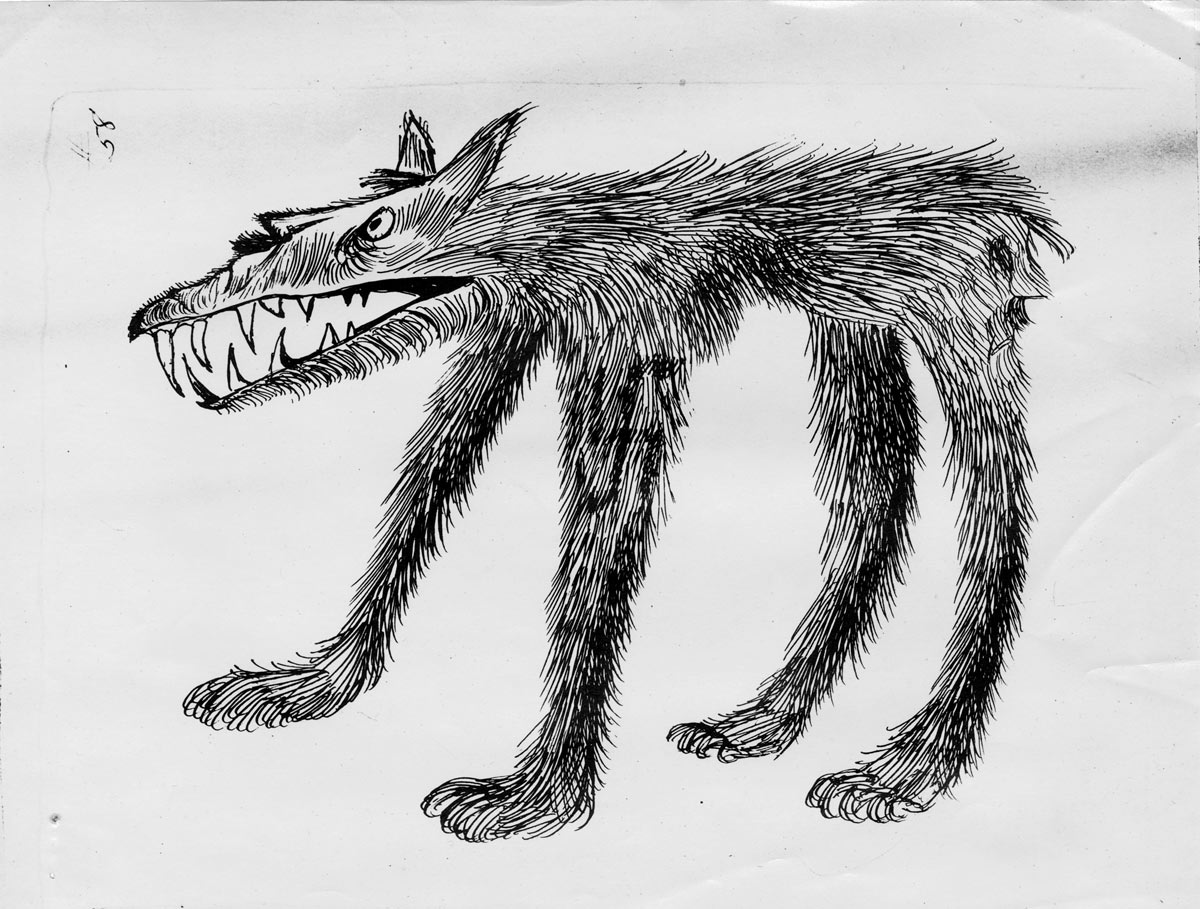
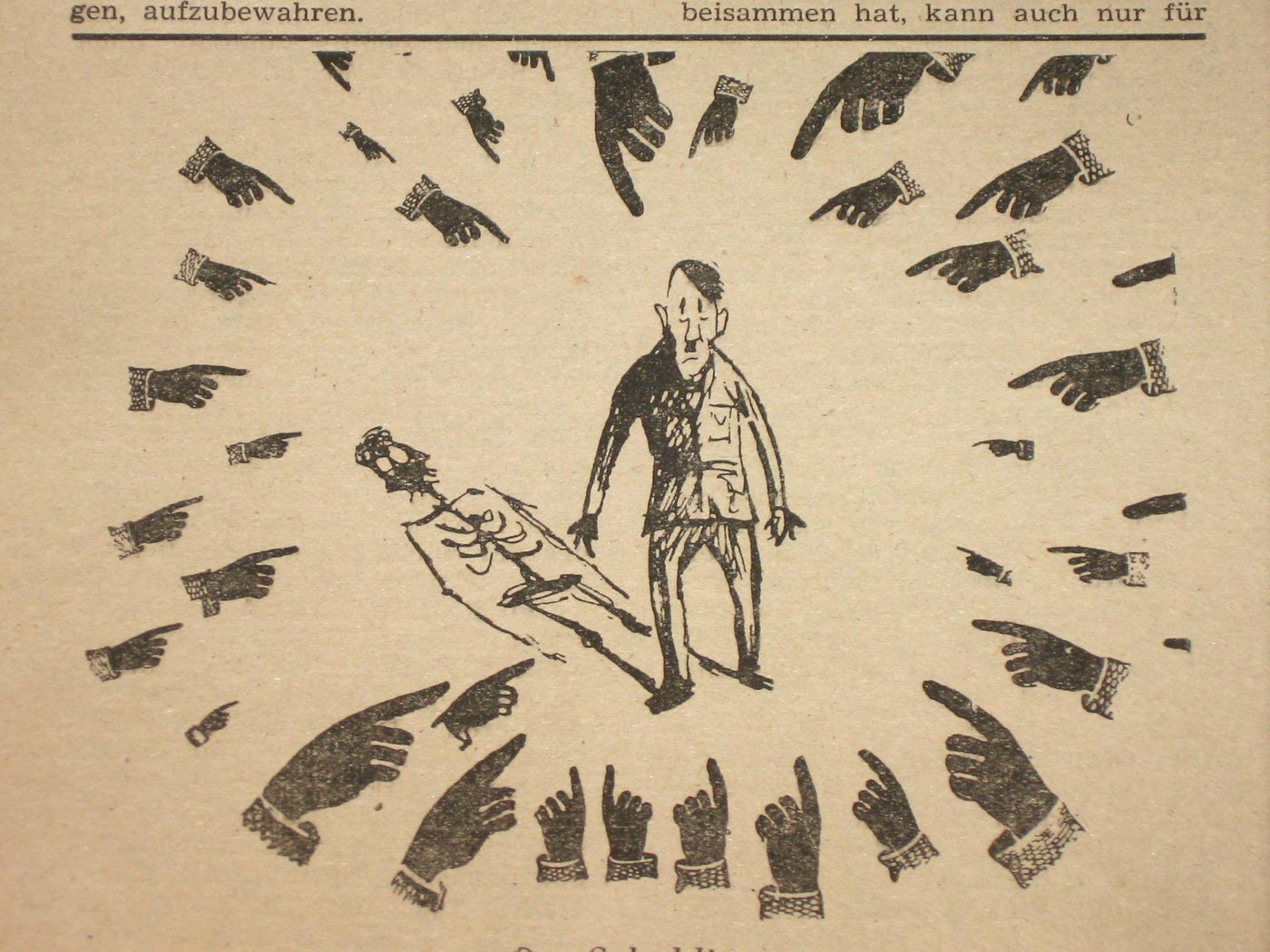
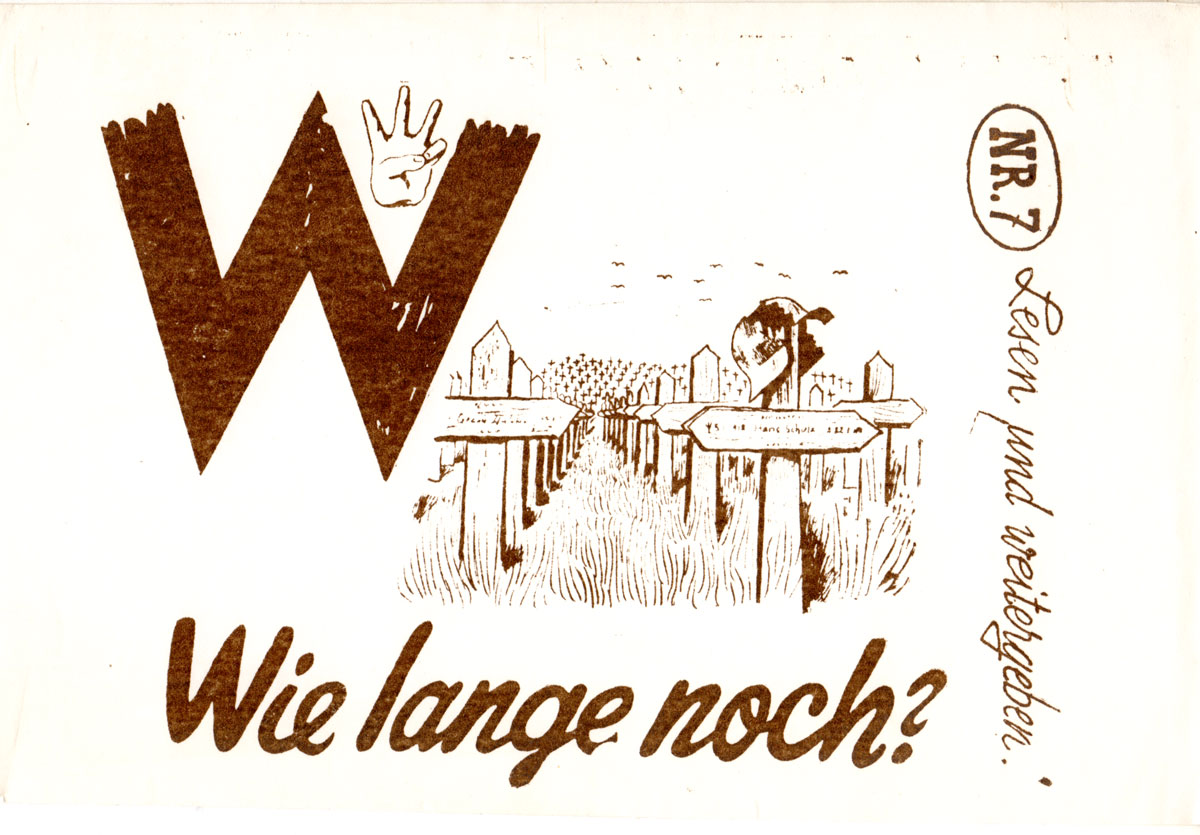
While drawing in the style of an imagined German resistance artist, he is also sending drawings of military life to The New Yorker, where they are published as portfolios over the next year: “North Africa,” April 15 and 29, 1944; “Italy,” June 10, July 8 and 29, 1944; “India,” February 24 and April 28, 1945.
Promoted to lieutenant (jg).
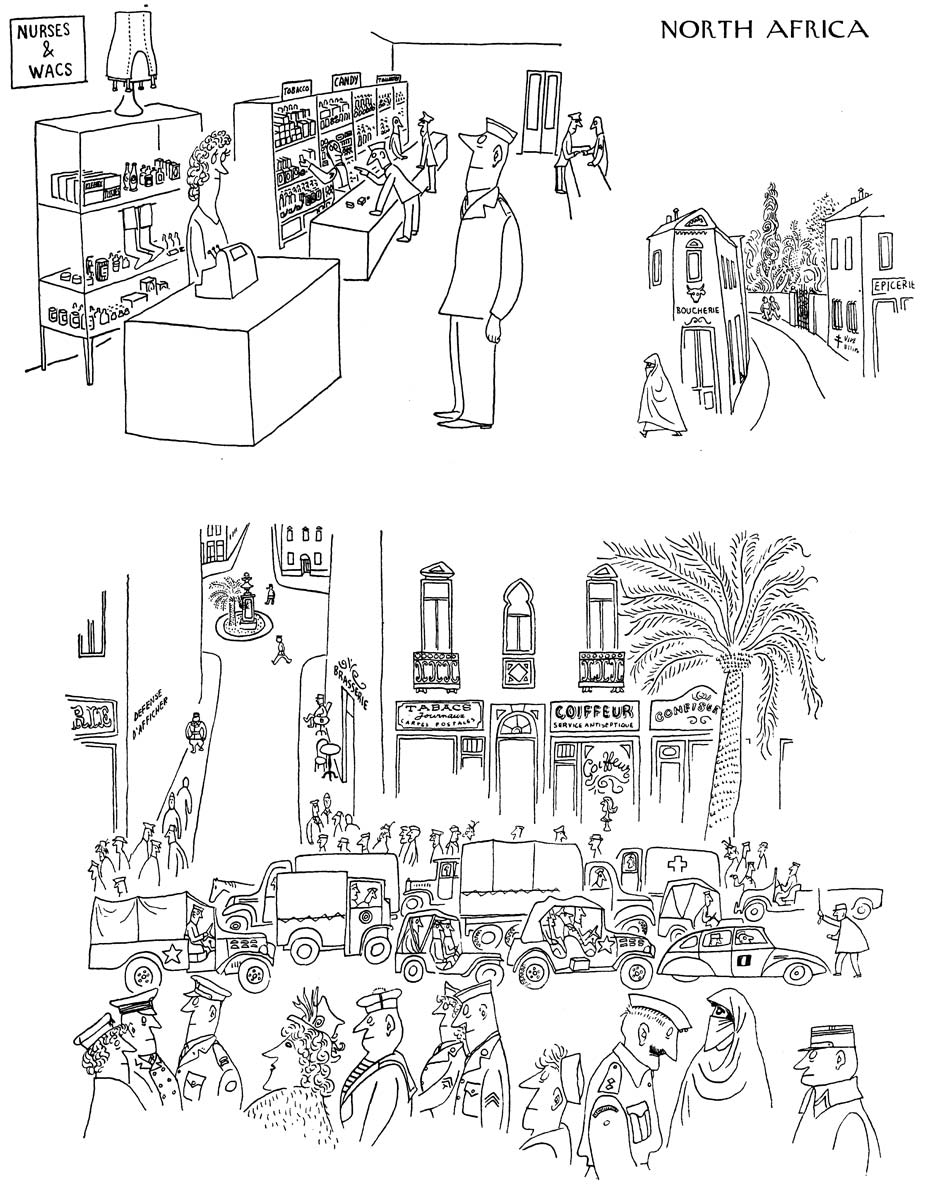
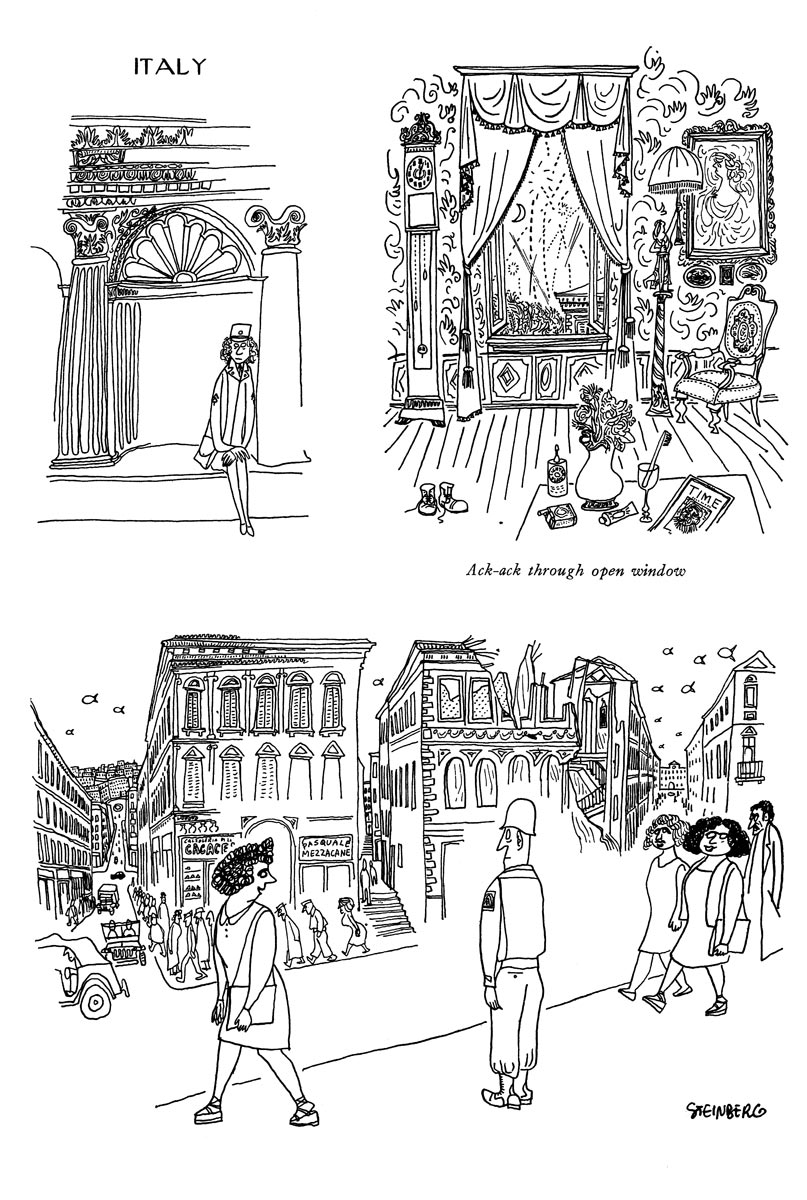
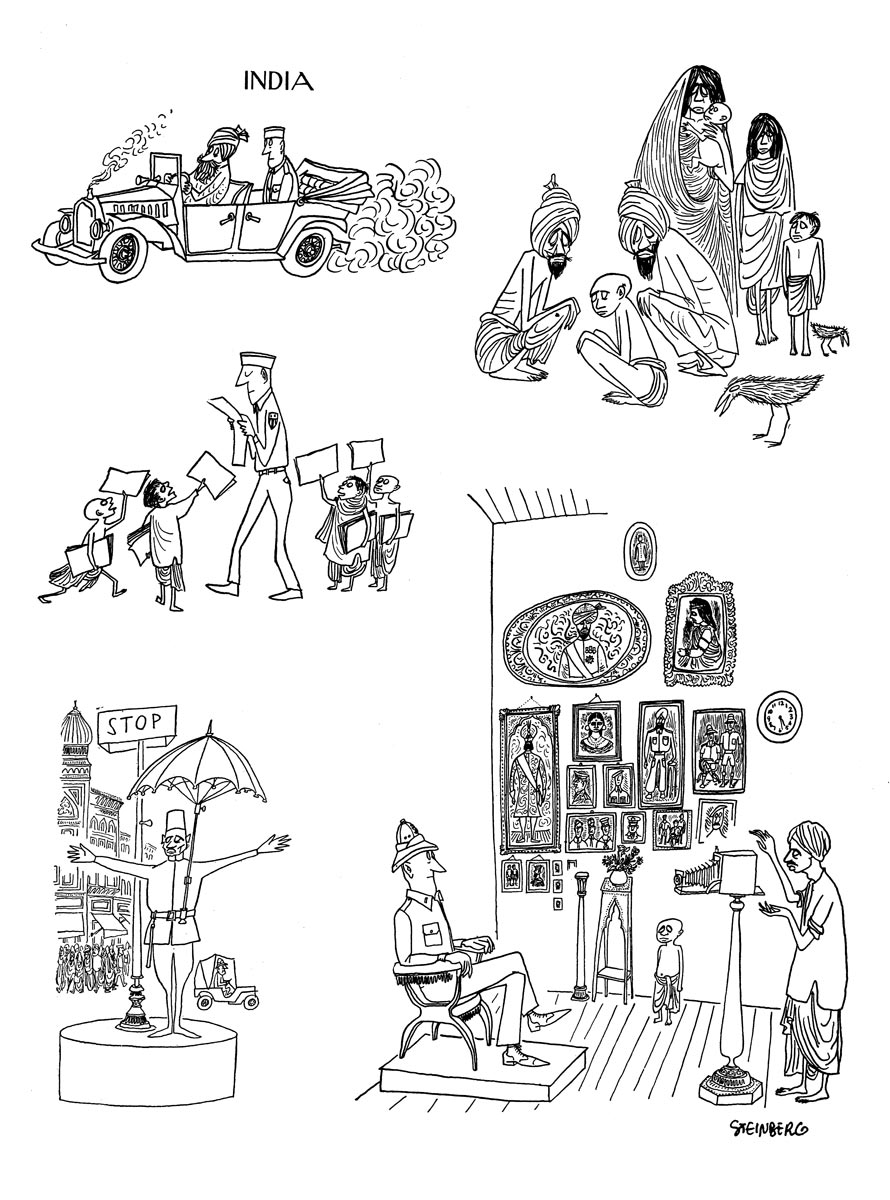
September, ordered back to the OSS office in Washington. Before returning stateside, makes a short trip to Bucharest to visit his family (September 18-25)—the last time he sets foot in Romania.
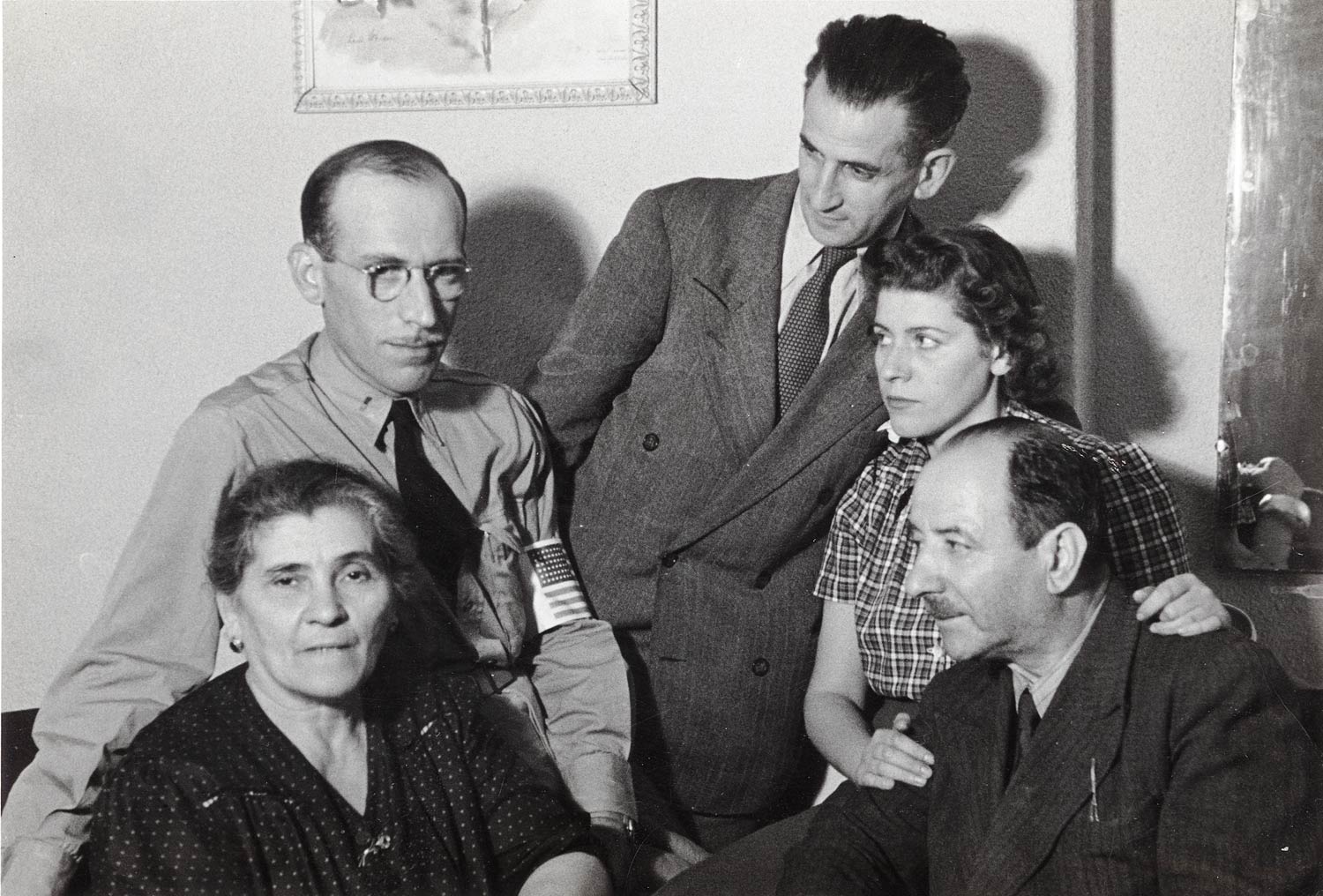
October 4, arrives at the Naval air base in Patuxent, Maryland. Gets brief leave of absence. October 11, marries Hedda Sterne.
Travels between the OSS office in Washington and Naval Command in New York. In Washington, sometime before spring 1945, compiles a portfolio of Morale Operations work for OSS records and congressional oversight committees: “Collection of Cartoons Produced by MO Artist Lt. (jg) Saul Steinberg. Target – Germany…1941-1945.”.

In New York, lives with Hedda at 410 East 50th St.

November 16, signs new contract with the Civita agency, now with Victor Civita, his brother Cesar having left for Argentina; ST now receives 70% of earnings from the sale of drawings to magazines and newspapers. The contract excludes drawings for The New Yorker, with whom ST signs a separate contract on December 23.
1945
Meets artist Richard Lindner.
Designs first Christmas cards for The Museum of Modern Art, New York; continues to provide annual black-and-white line drawings for cards through 1951.
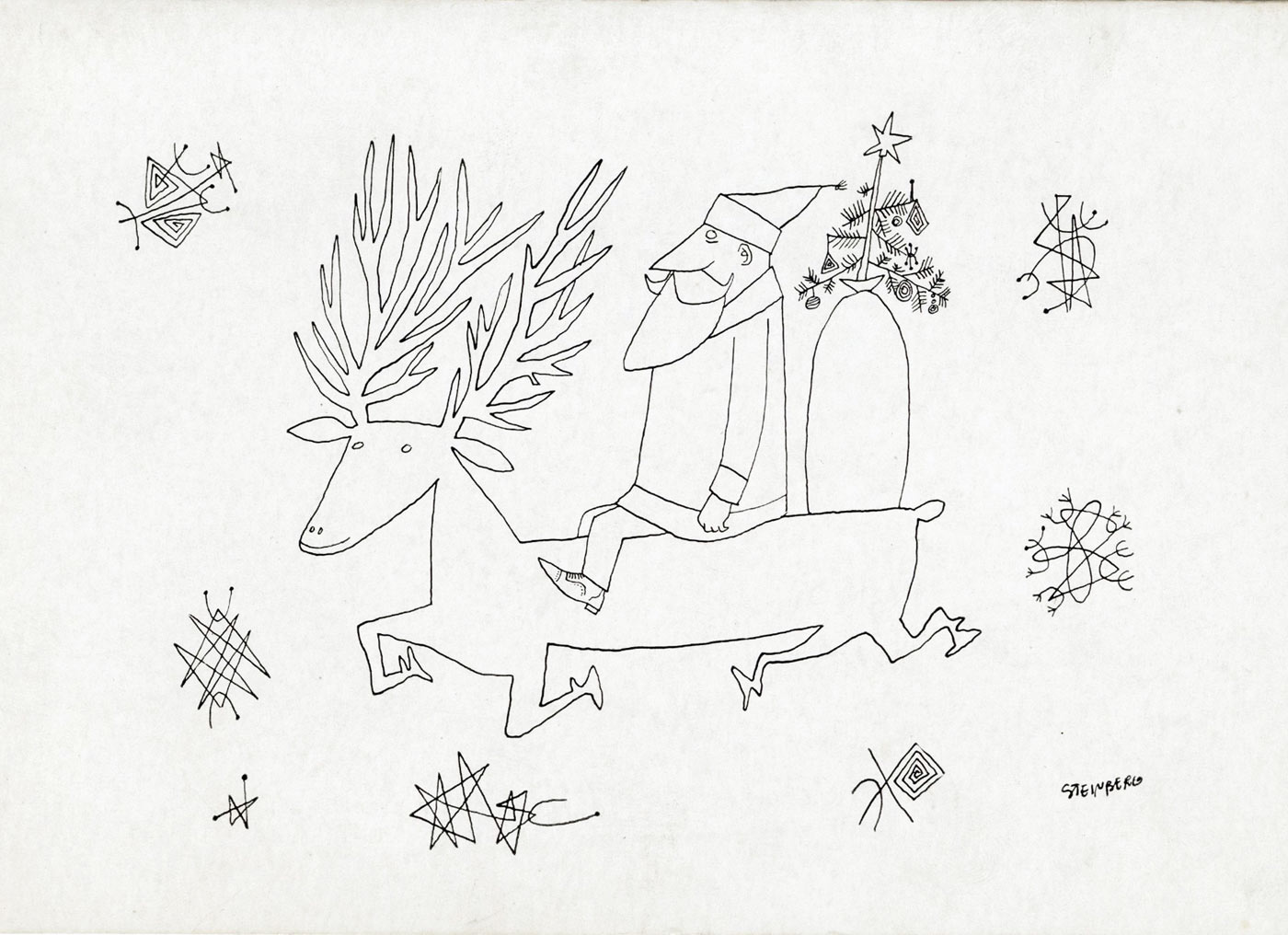
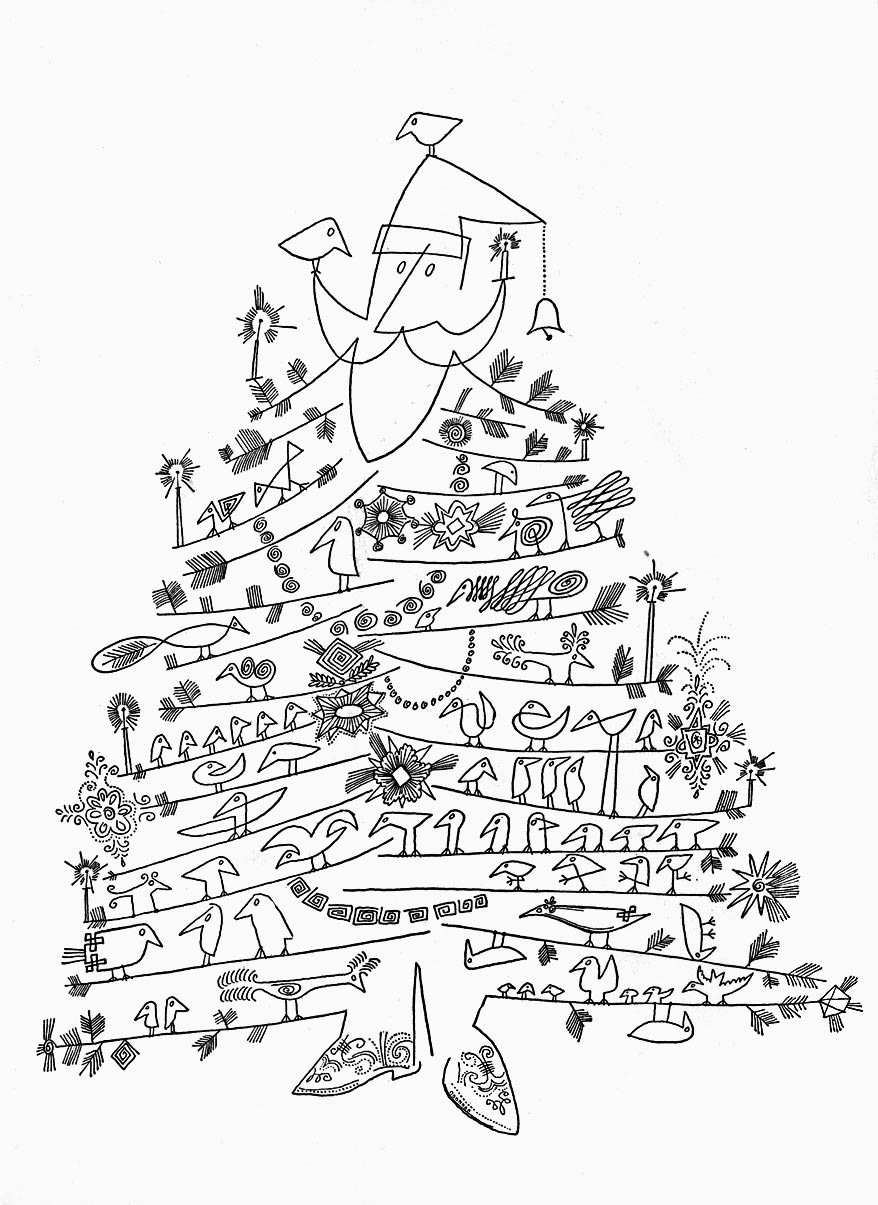
May, in his calendar page for May 1, records the death of Hitler. He is now based primarily in New York, working with the Training Literature Field Unit #1.
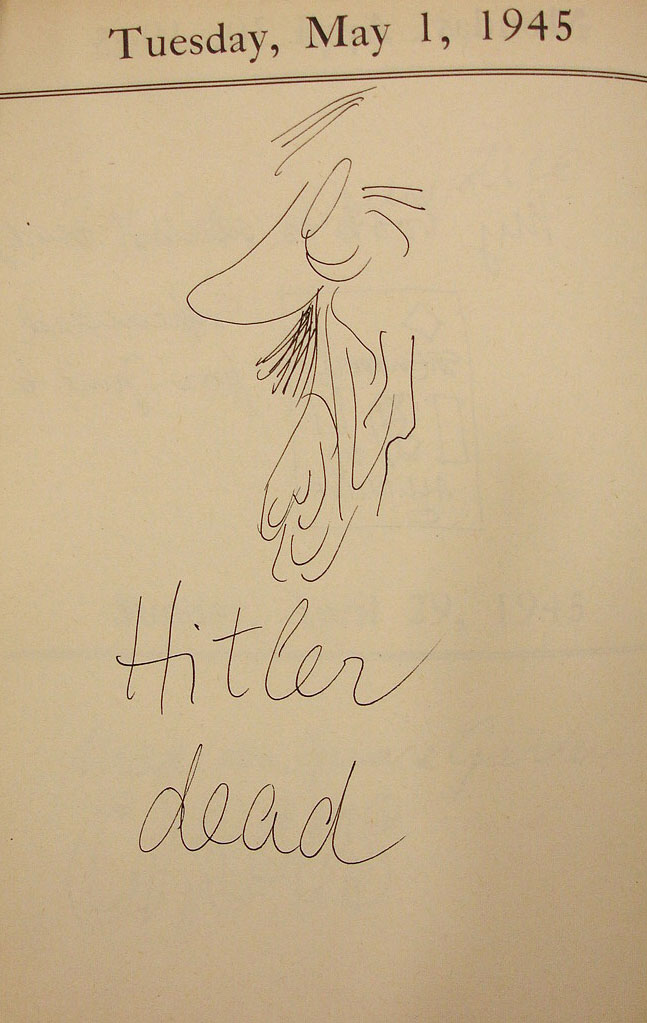
It is probably at this time that he provides drawings and witty captions for the OSS booklet China Theater: An Informal Notebook of Useful Information for Military Men in China; some drawings had appeared earlier in The New Yorker China portfolios.
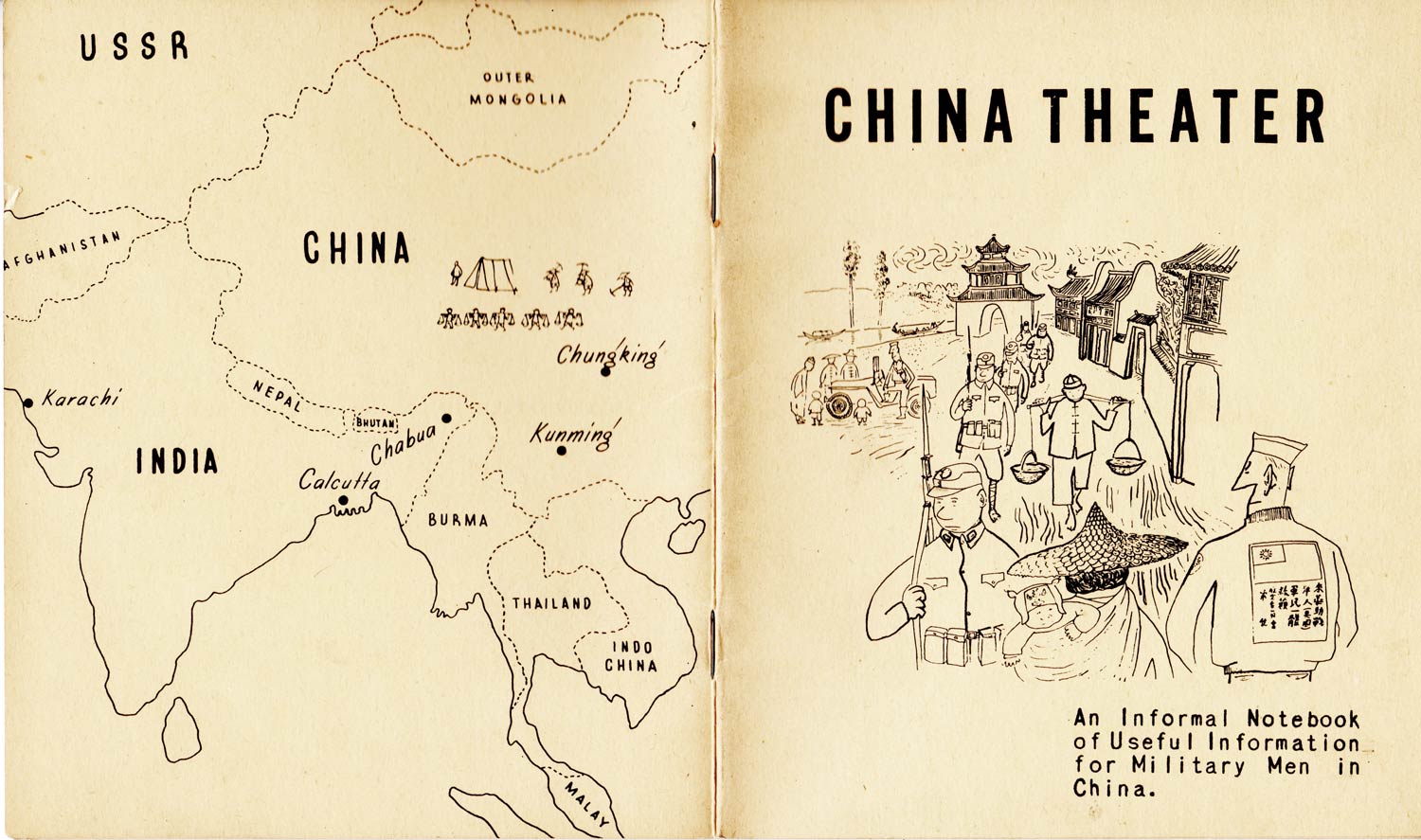
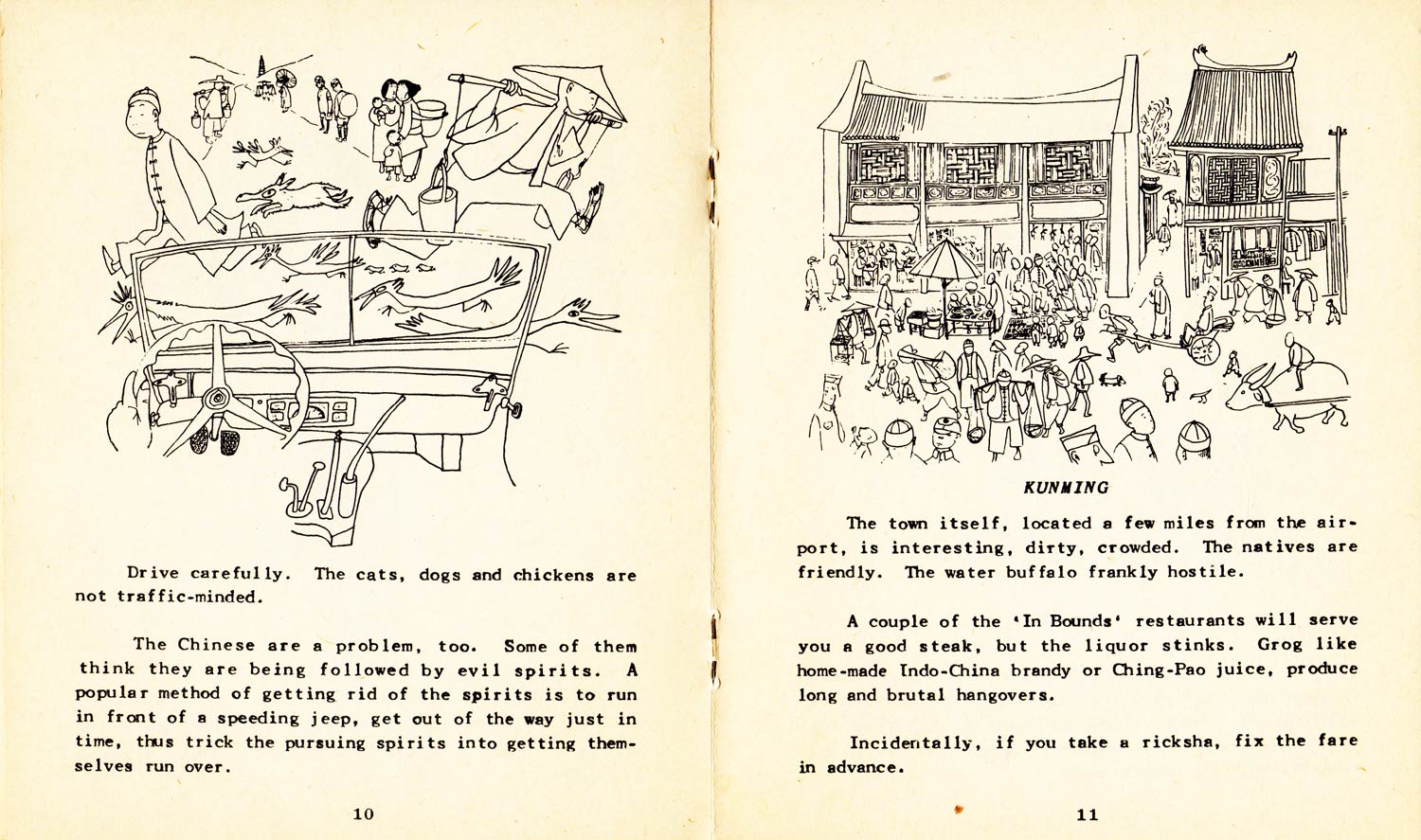
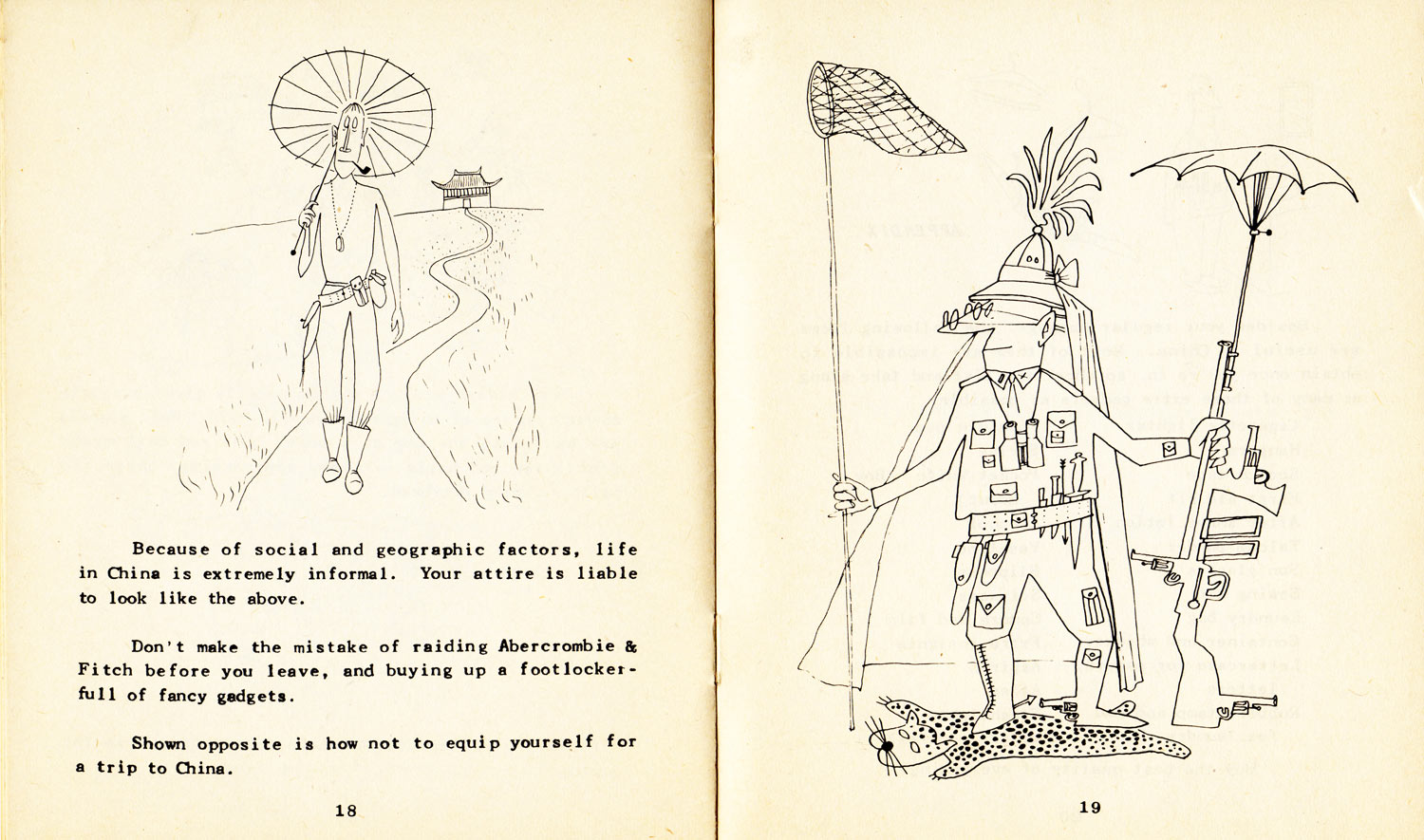
June, publication of All in Line, the first of Steinberg’s compilations of drawings, covering the period 1941-45. A best-seller, it becomes a Book-of-the-Month Club selection.
November, promoted to full lieutenant. Renews contract with Civita, his earnings now raised to 75%. This is probably his last contract with Civita.
December, honorable release from active duty. Remains on inactive duty; must report overseas travel and addresses to the Naval Command.
1946
Frequent meetings in New York with a group of artists, designers, architects, and authors, many of them émigrés like himself, including Tino Nivola, Alexander Calder, Bernard Rudofsky, Leo Lionni, Marcel Breuer, and Le Corbusier. Through Richard Lindner, meets German émigré photographer Evelyn Hofer, who becomes a good friend and will photograph ST at regular intervals throughout his life.
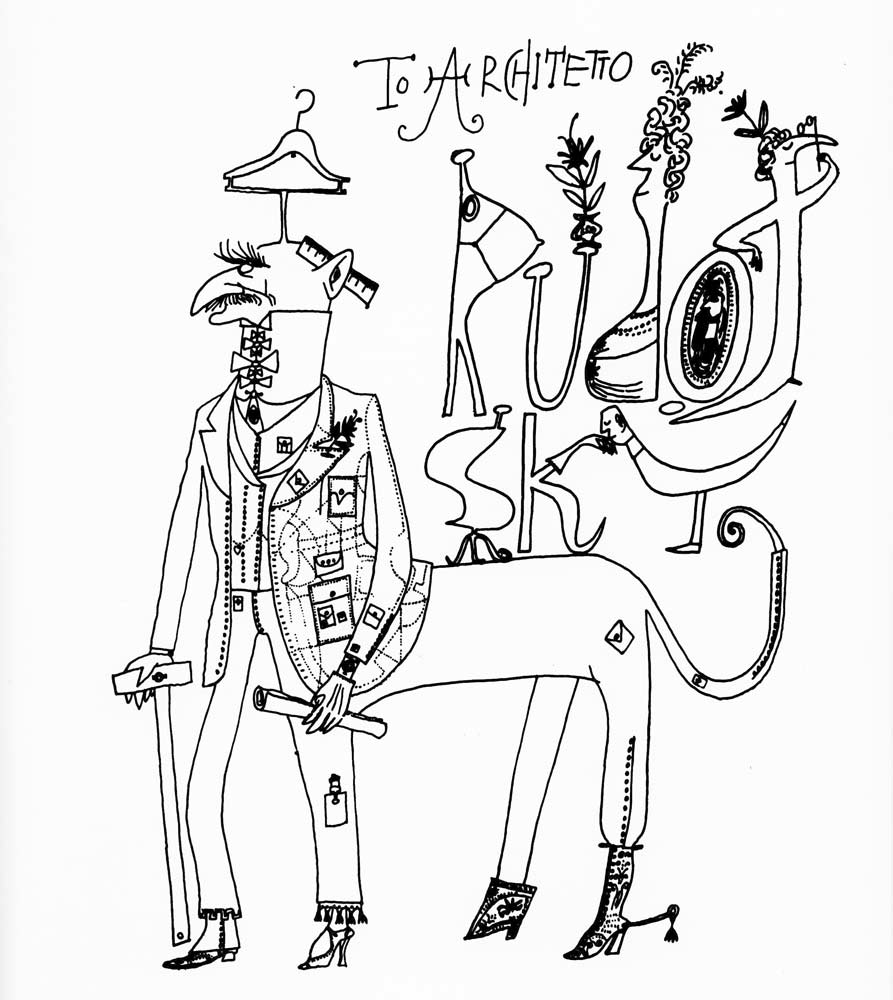
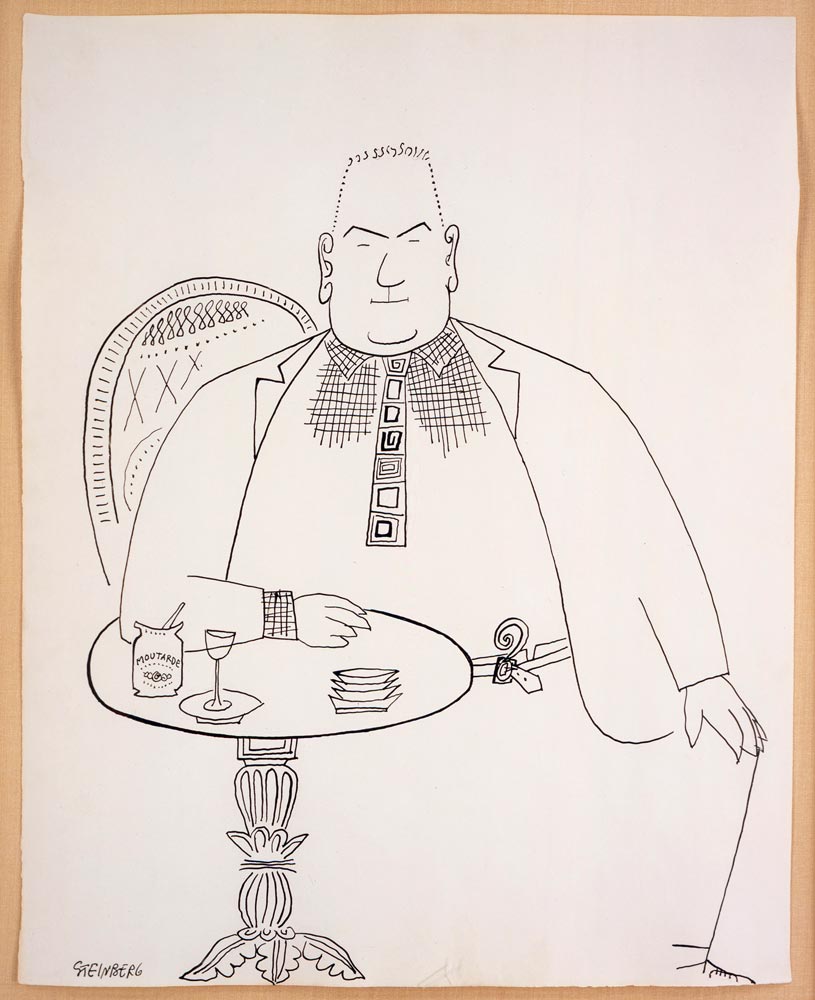
Begins producing designs for fabrics and wallpapers (into the early 1950s). New Yorker drawings as well as drawings for other magazines continue, as does work for advertising agencies.
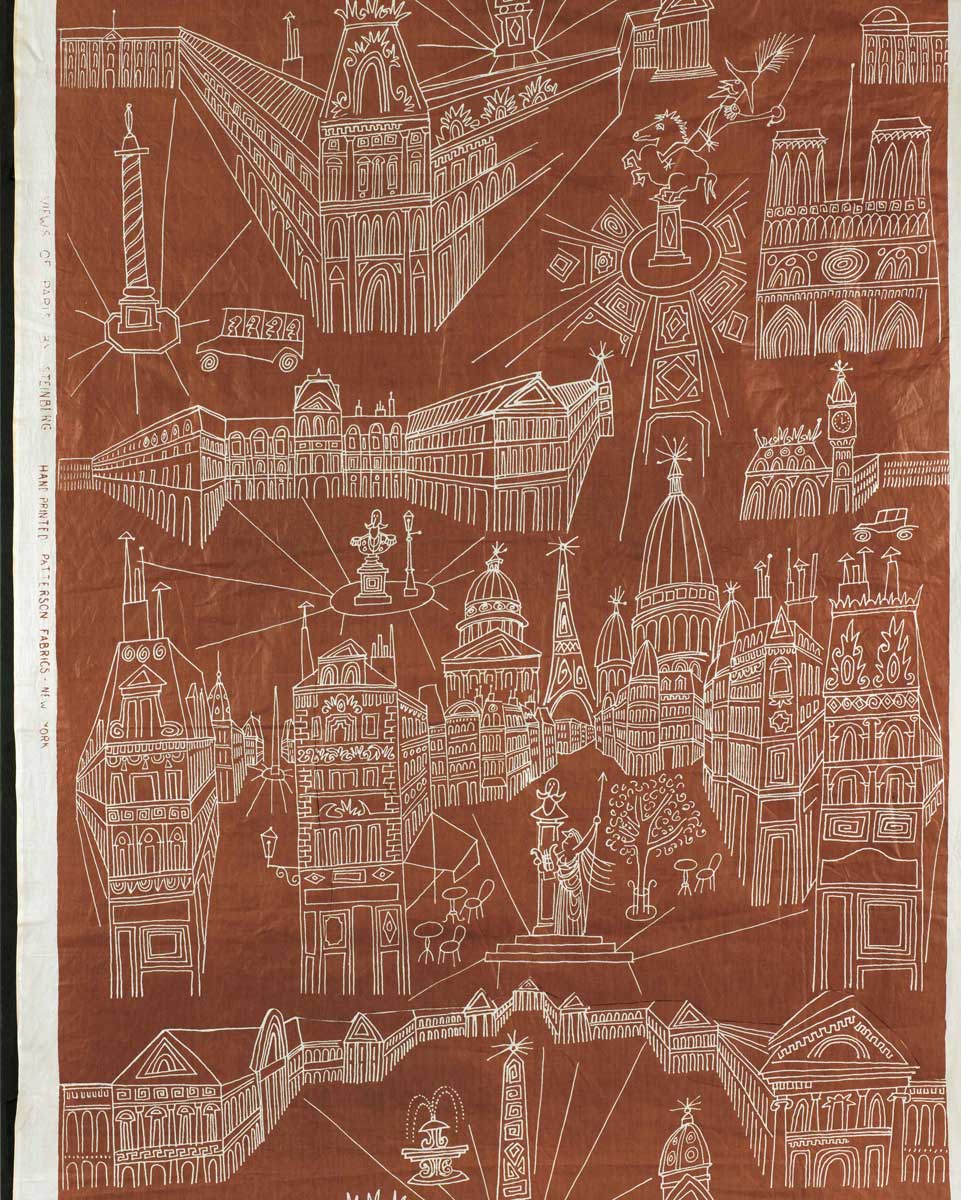
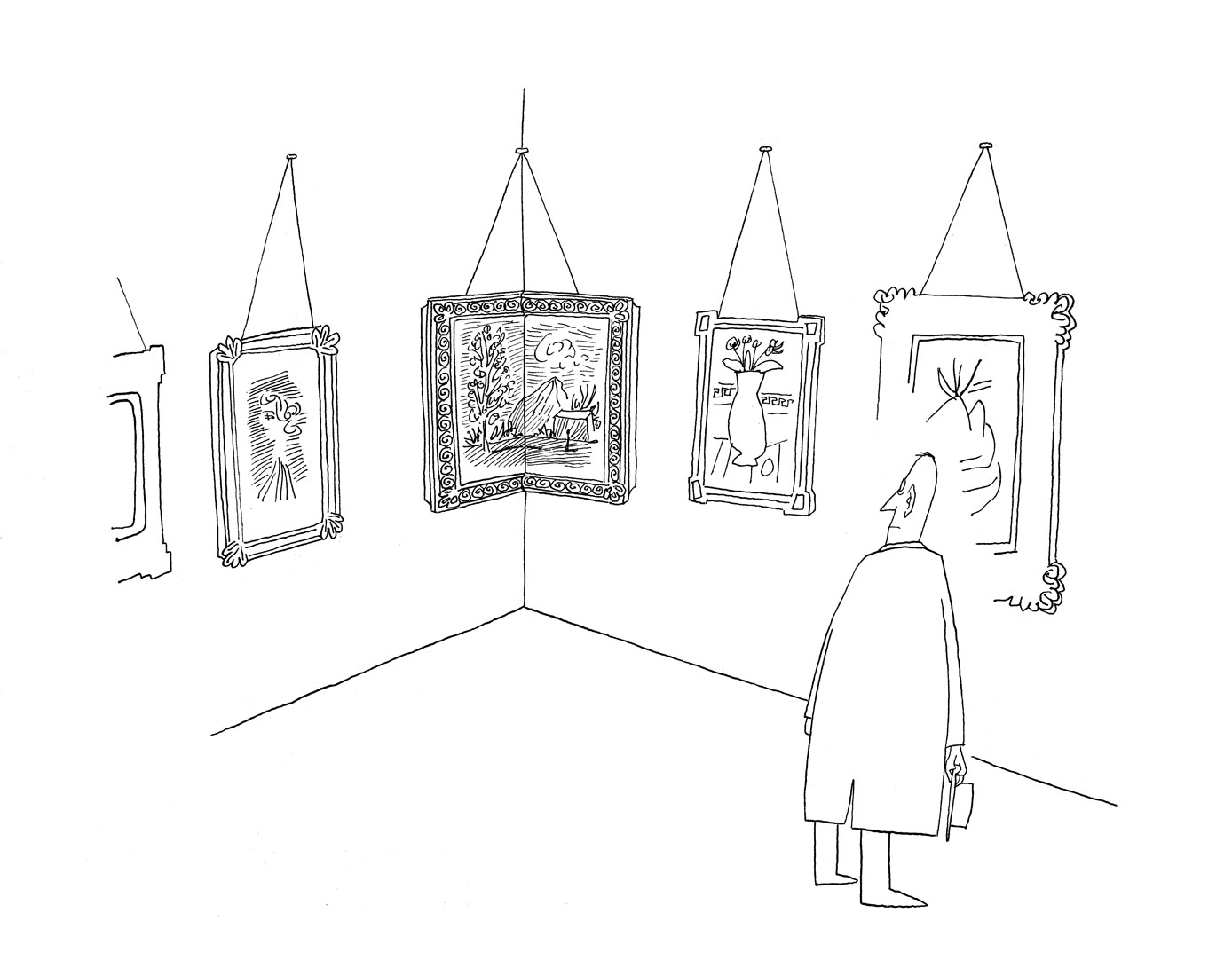
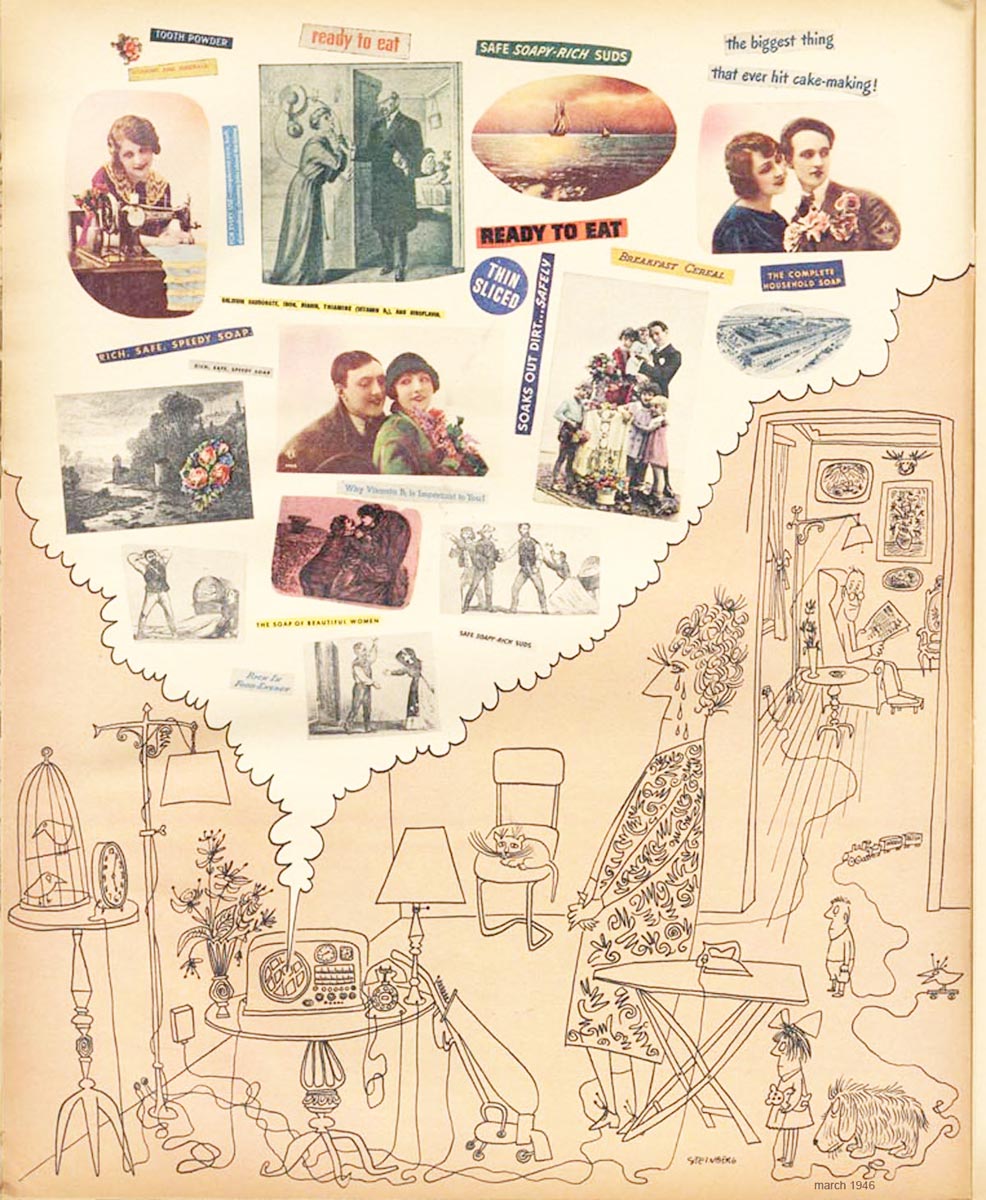
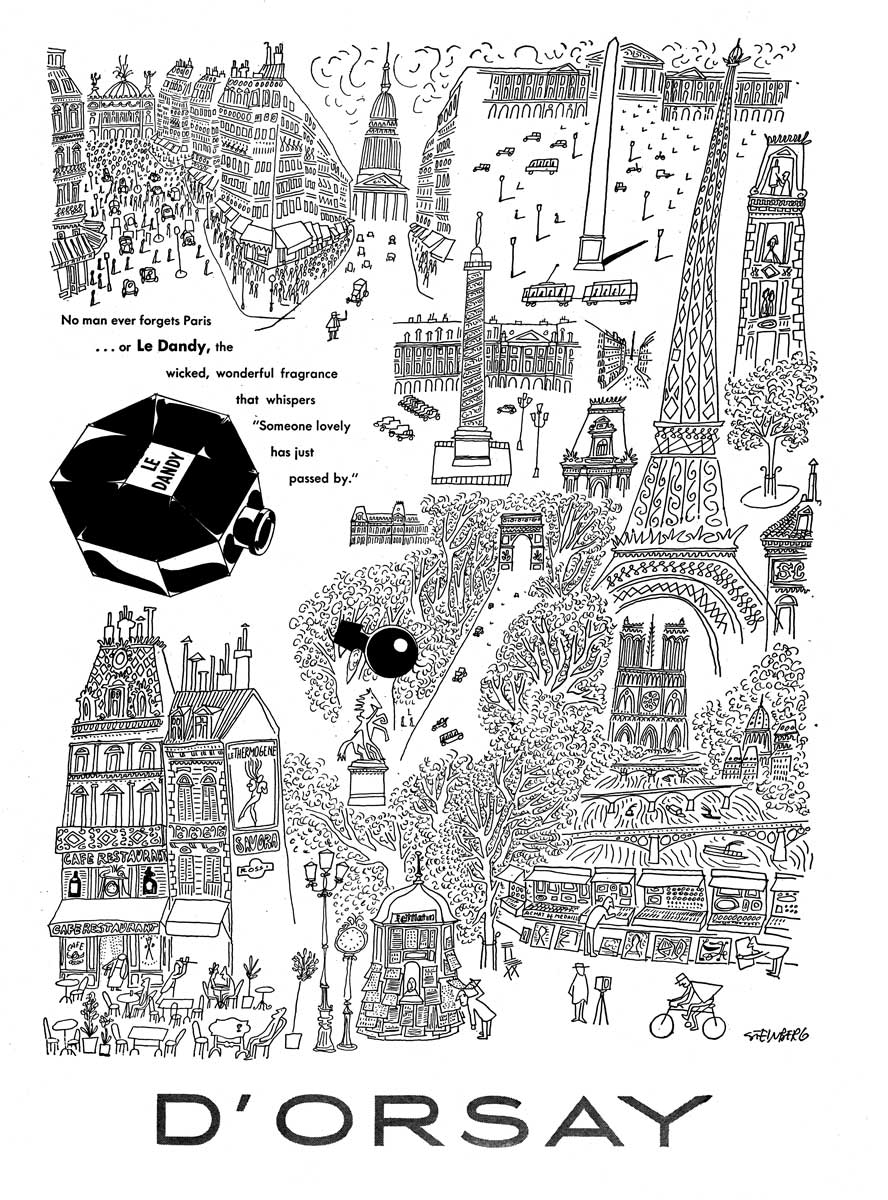
June, in Provincetown with Hedda.
September 10-December 8, 27 drawings in “Fourteen Americans” exhibition at The Museum of Modern Art, New York. Fellow exhibitors include Arshile Gorky, Robert Motherwell, Theodore Roszak, and Mark Tobey. A reduced version of the exhibition, with 10 Steinberg drawings, travels to Vassar College, the Society of the Four Arts in Palm Beach, the Cincinnati Modern Art Society, San Francisco Museum of Modern Art, and Louisiana State University in Baton Rouge. This tour represents the first national exposure of Steinberg’s gallery art.
July-December, based in Paris, also travels in England, Italy, and Germany. Aldo Buzzi visits him in Paris. Begins his friendship with photographer Henri Cartier-Bresson, who introduces him to Jean-Paul Sartre and Simone de Beauvoir.

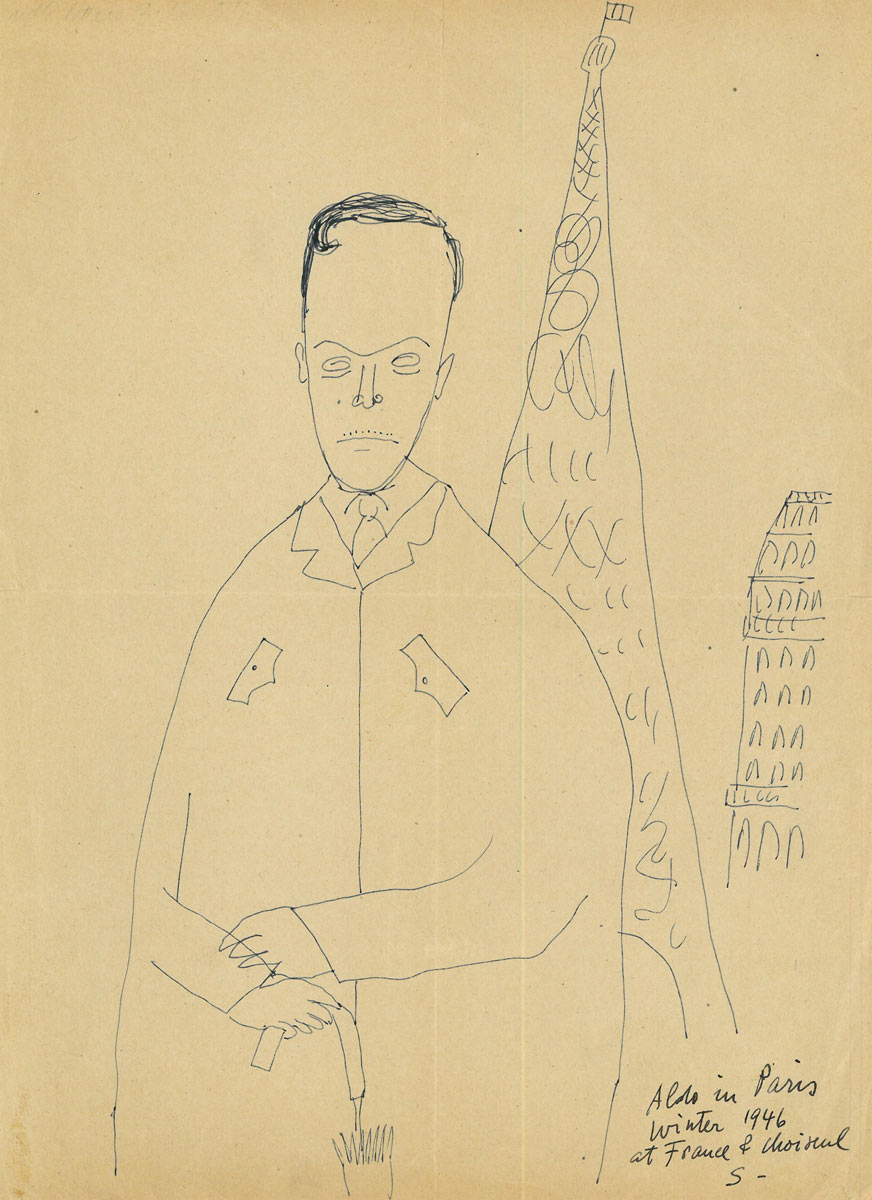
As a pictorial reporter for The New Yorker, goes to Nuremberg in August to cover the war crimes trials. After a brief stay, abandons the project.
October, in Berlin. Makes drawings of postwar military life that will appear in a New Yorker portfolio.
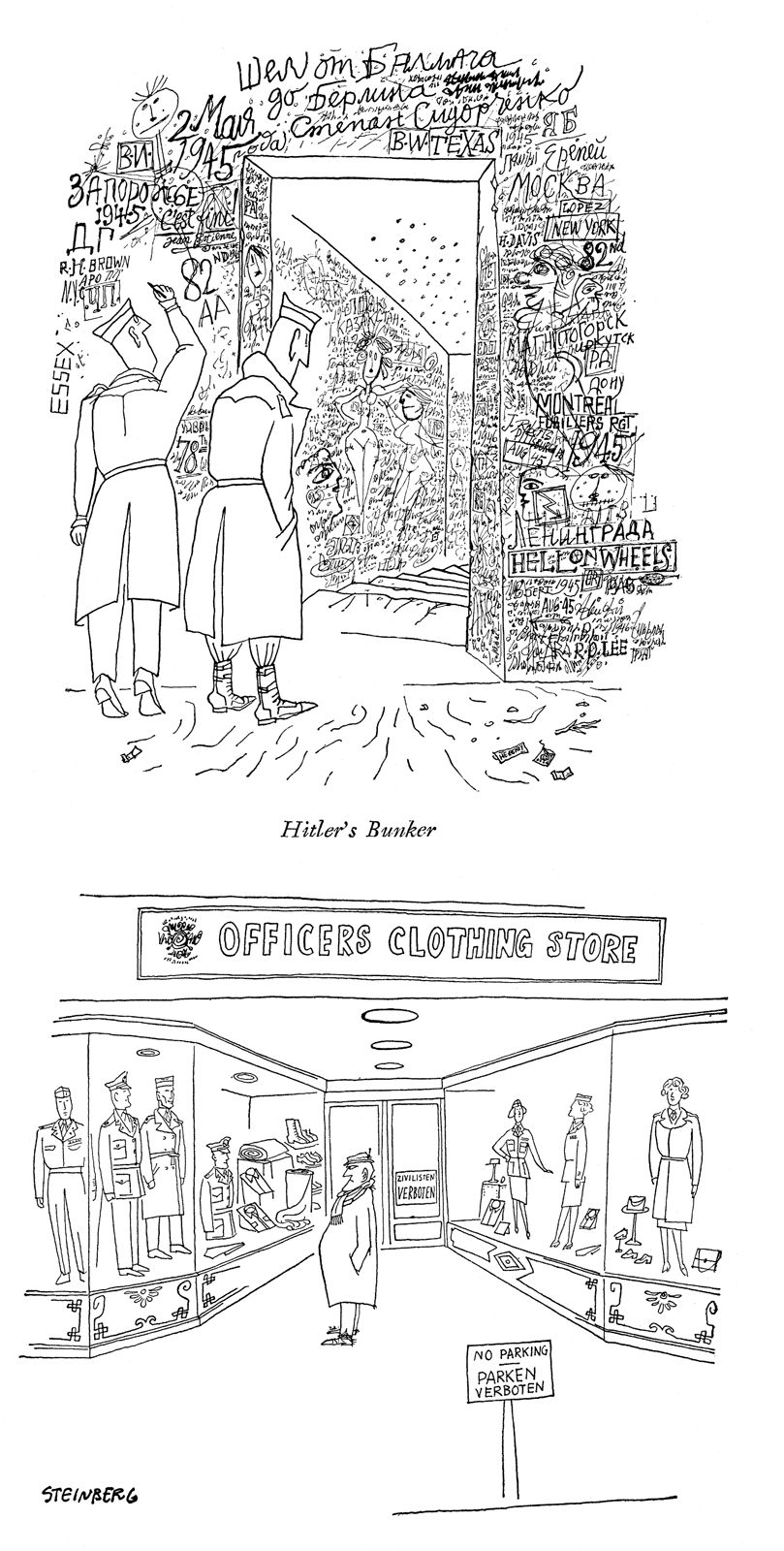
Returns to Paris; back in New York by Christmas. Rents a studio at 107 East 60th St.
1947
Acquires first camera.
Meets photographer Walker Evans, whose photographs of unheralded American scenes encourage ST’s own interest in small-town architecture and local American types.
Provides cover drawing for libretto and score for his friend Gian Carlo Menotti’s comic opera The Telephone, which had opened at the Heckscher Theater, New York, in February, with an ST backdrop.
April, goes to Mexico City to meet Hedda, who is traveling with Mexican artist Miguel Covarrubias and others.
May, goes to Cincinnati to see the new Terrace Plaza Hotel, where he has been commissioned to paint a mural for the Skyline Dining Room. Designed by Skidmore, Owings, and Merrill, the building is the first International Style hotel in the US. Other art commissions go to Joan Miró and Alexander Calder.
June-September, he and Hedda spend the summer in East Jamaica, Vermont; visited by Tino and Ruth Nivola and Henri Cartier-Bresson.
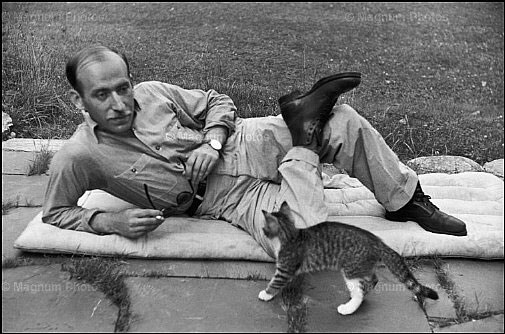
![Ruth N[ivola]. East Jamaica, Vermont, August 1947. Ink on paper, 11 x 14 in. The Saul Steinberg Foundation.](https://saulsteinbergfoundation.org/wp-content/uploads/2016/07/1947.-C-009-SM..jpg)
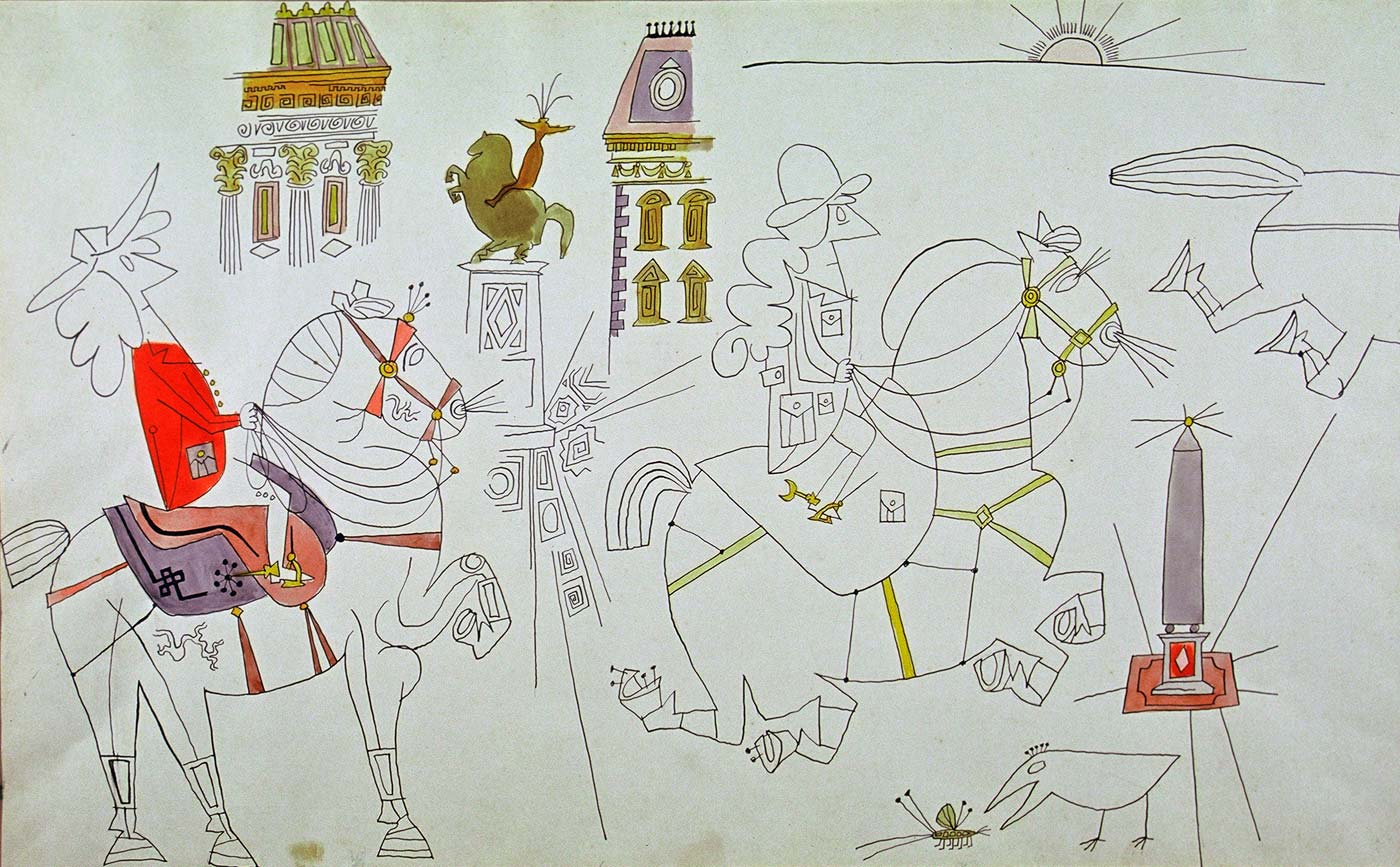
October-early December, working on Cincinnati mural. The huge oil-on-canvas panels of Cincinnati streets, architecture, and people are executed in the studio of his friend, LIFE photographer Gjon Mili.
1948
March-April, visits to Cincinnati to install mural at the Terrace Plaza Hotel.
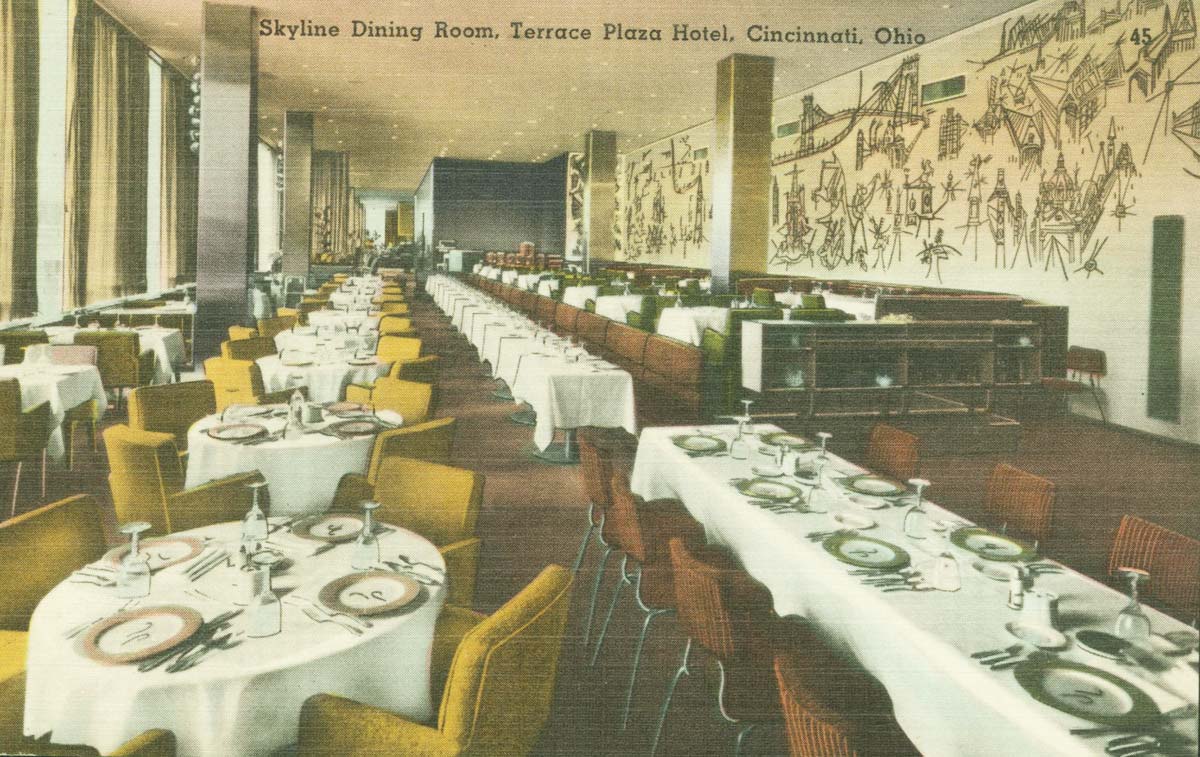
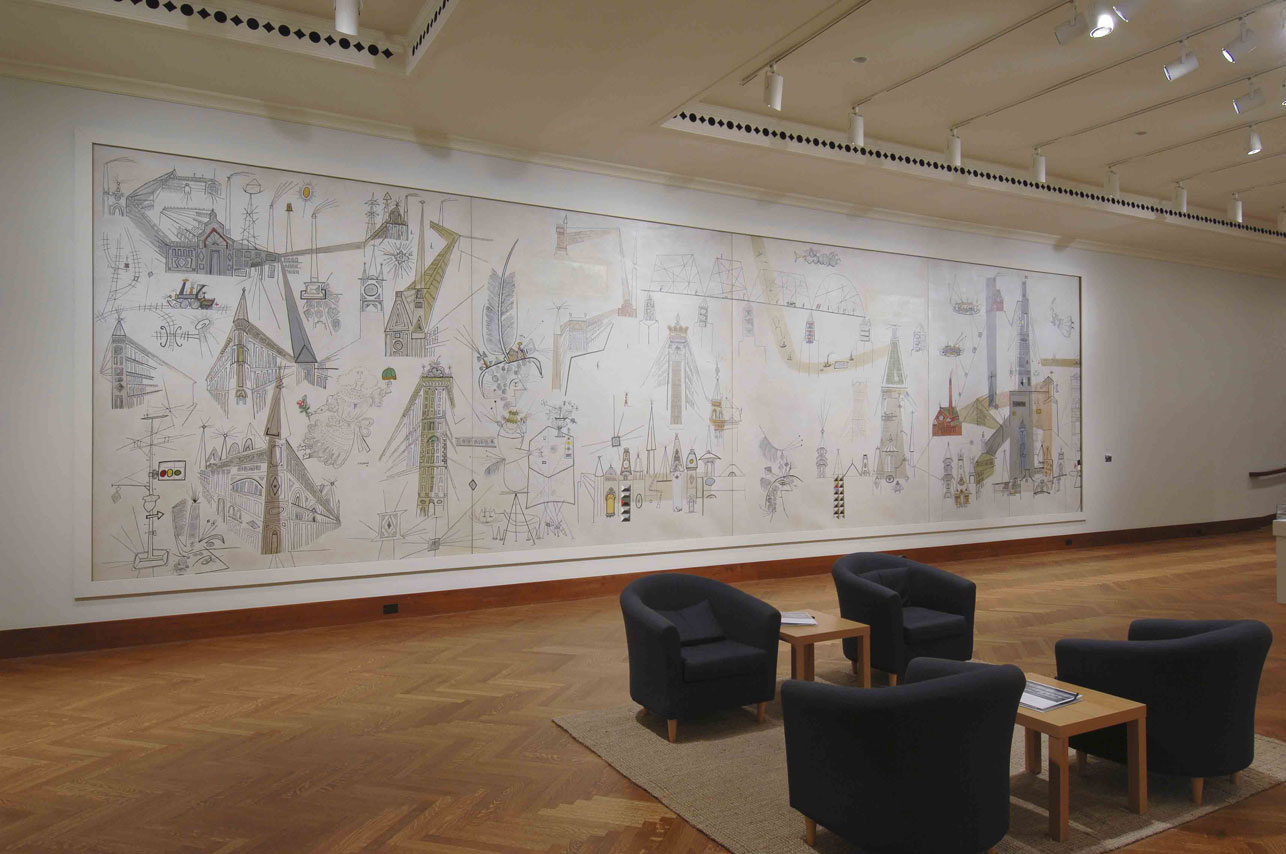
Commissioned by industrial designer Henry Dreyfuss to provide murals for the bars in the “Four Aces,” four newly built ships of the American Export Lines. The design program places contemporary art by several artists throughout the ships.
April, sails to Paris to meet Hedda; they travel in France. April 22, receives an urgent telegram from Gian Carlo Menotti in London, asking ST to design the backdrop for the London production of The Telephone, opening in seven days. ST accepts.

May, sends roughs of the “Four Aces” drawings to Dreyfuss from Paris. In the end, there is no time to complete four different drawings, so the same drawing, photographically enlarged, is used on each of the ships.
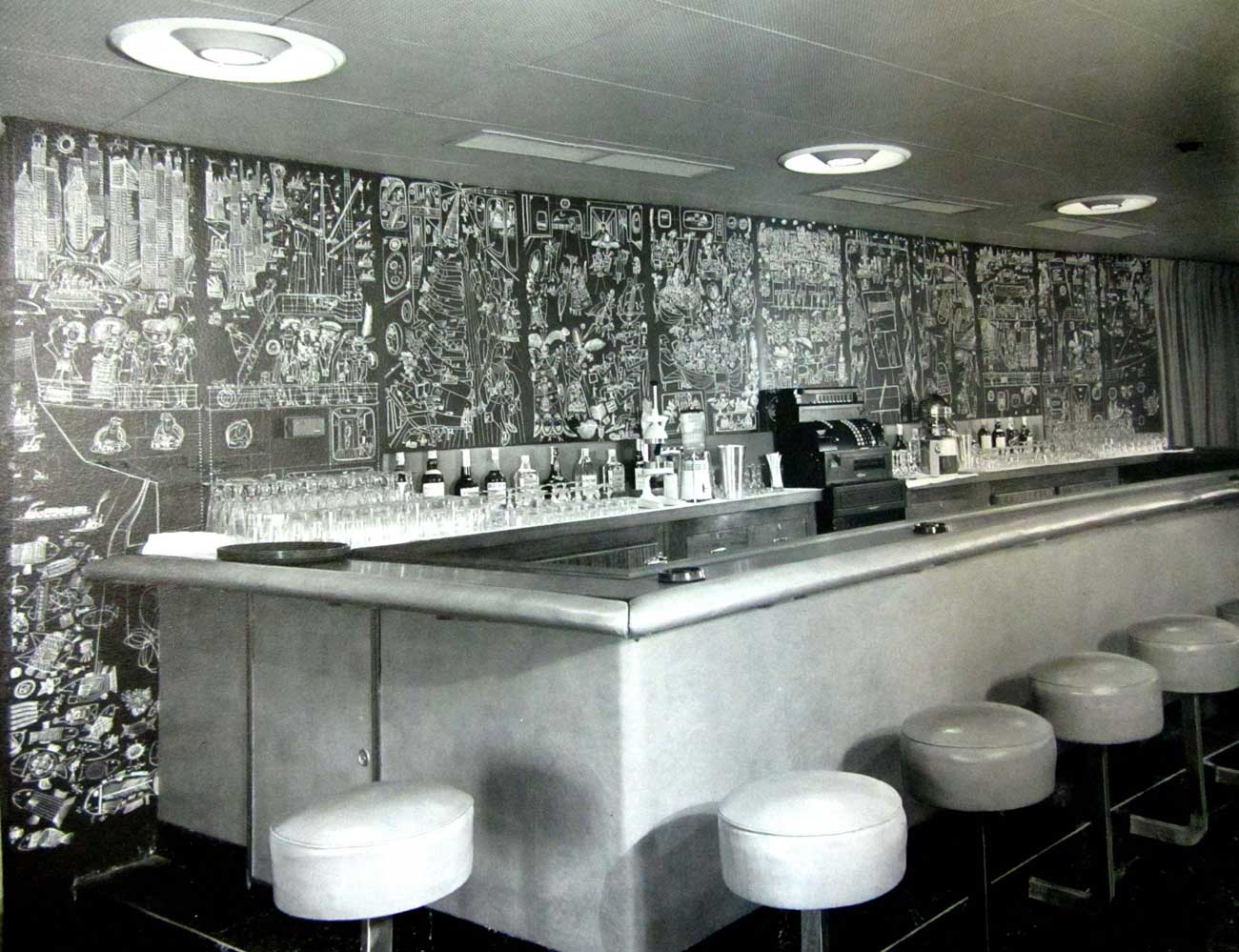
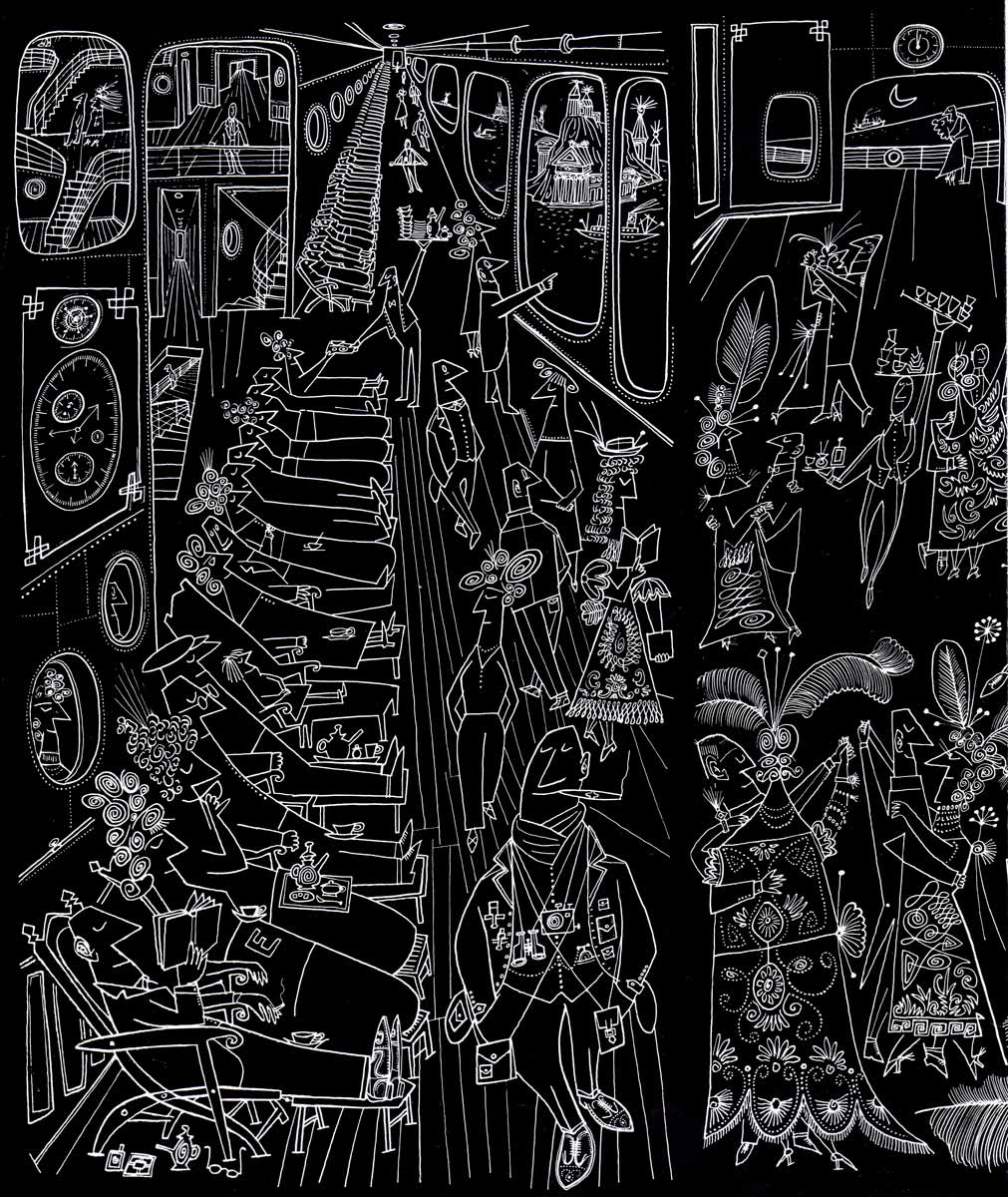
June, with Hedda in Milan. July-August, ST and Hedda travel in Switzerland and Italy; visit Aldo Buzzi in Mantua, where he is constructing the set for Alberto Lattuada’s film Il Mulino del Po. After two weeks in Biarritz, ST and Hedda return to Paris.
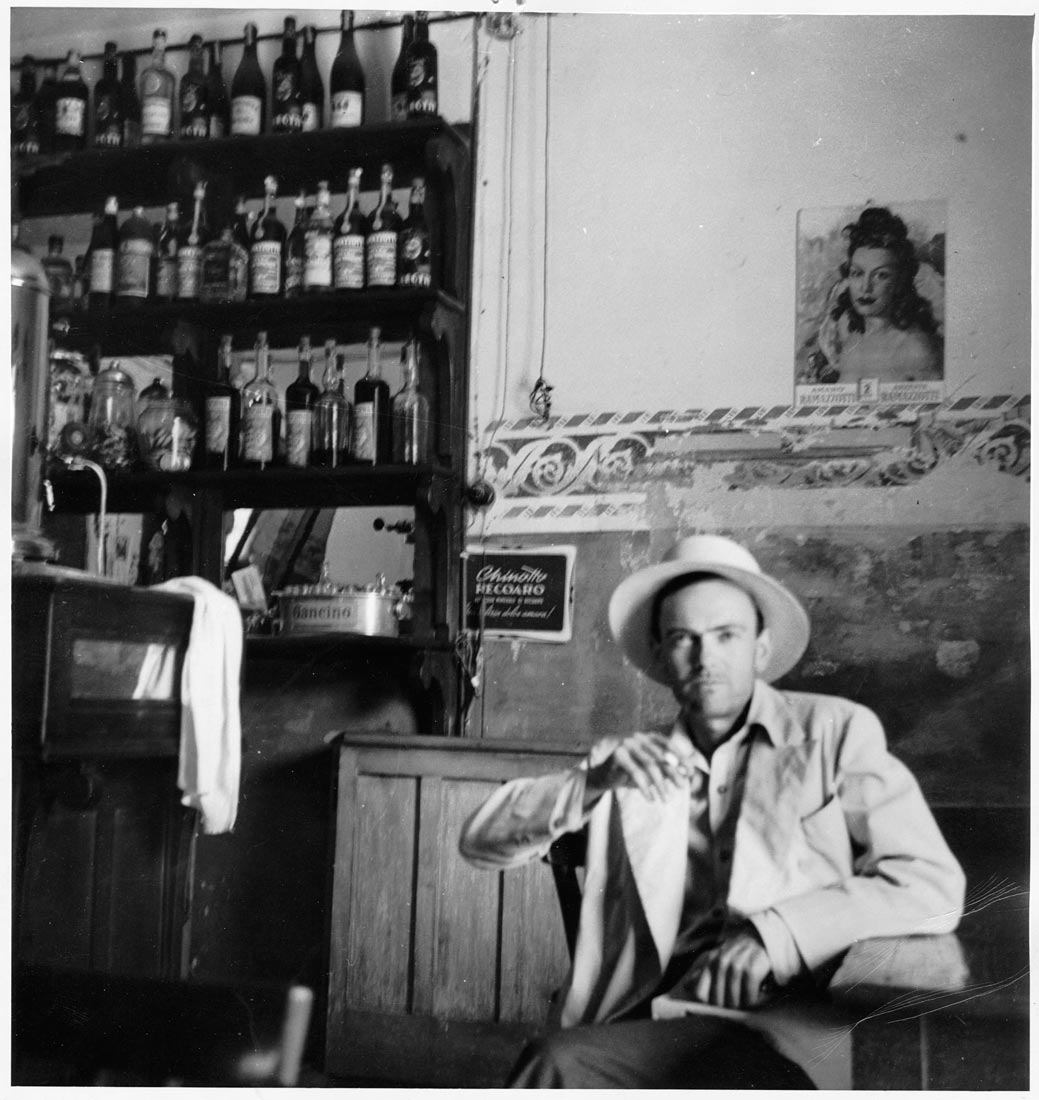

October 6, arrives back in New York.
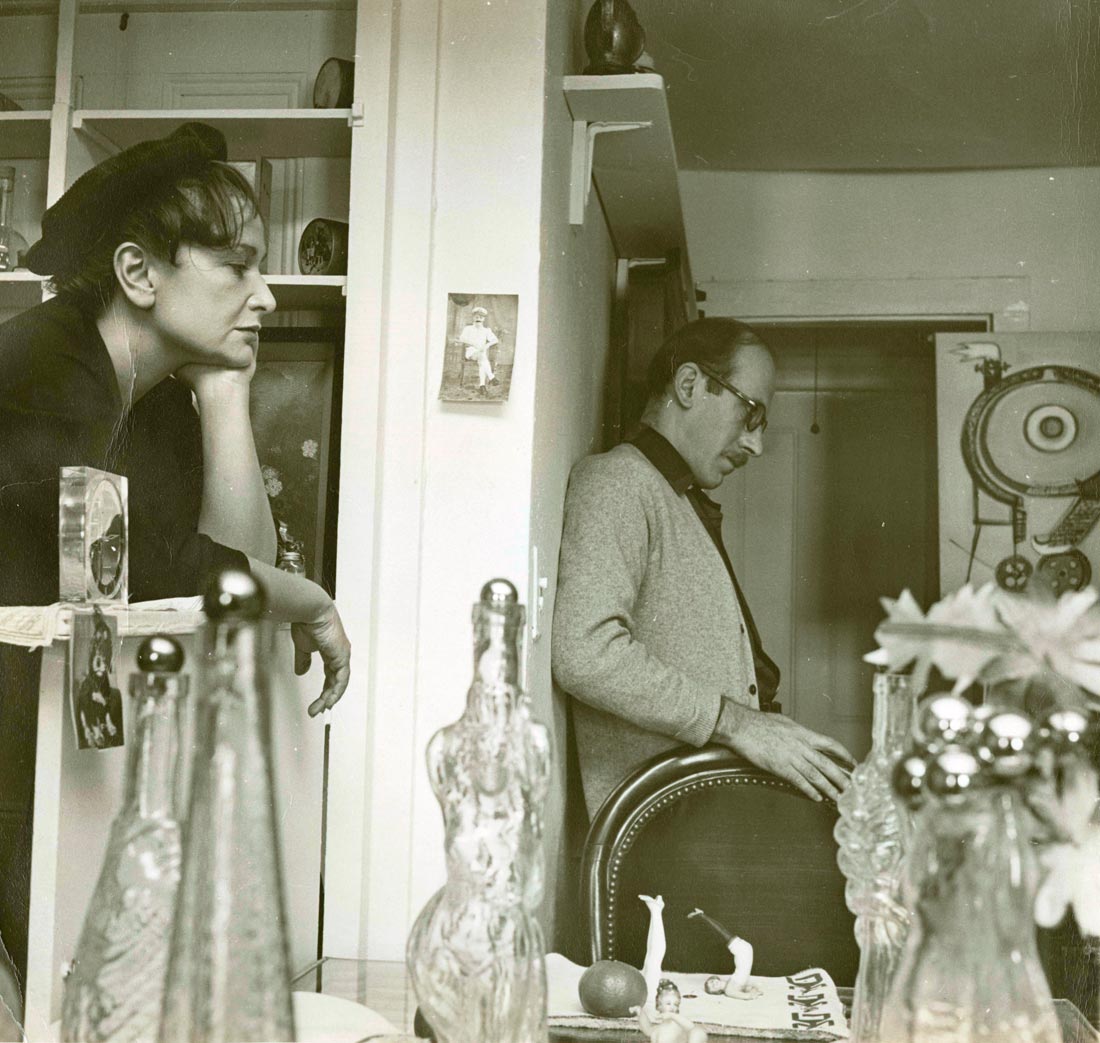
Late December, his parents, having gotten visas to leave Bucharest, arrive in Paris; they stay with Hedda’s brother, the conductor Edward Lindenberg. ST’s sister, Lica, her husband, Rica Roman, and their baby son cannot get permission to leave. ST helps support his parents and his sister’s family.
1949

February, rents studio at 38 West 59th St.
Spring, working on drawings for a mural of the city of Detroit for “An Exhibition for Modern Living,” a landmark design show at the Detroit Institute of Arts, and on proofs for The Art of Living, his second compilation of drawings.
June 21, sails to France to meet Hedda, who has been there for three months. Meets author Saul Bellow, start of an enduring friendship.
July-August, visits parents. ST and Hedda travel in Italy (Milan, Venice). August 27, they sail back to New York.
Fall, publication of The Art of Living.
September 11, opening of “An Exhibition for Modern Living,” where his 24 drawings are photographically enlarged and assembled as a mural.
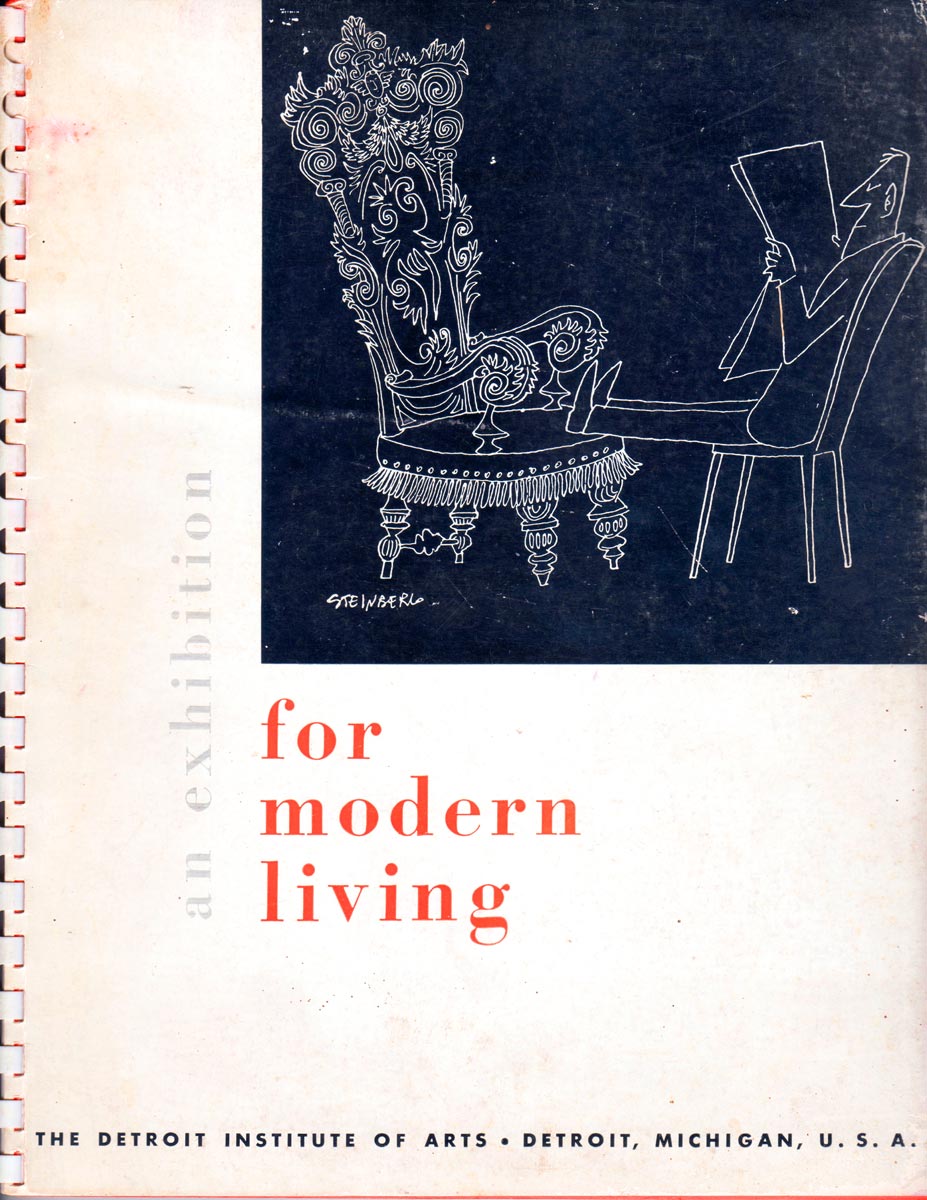
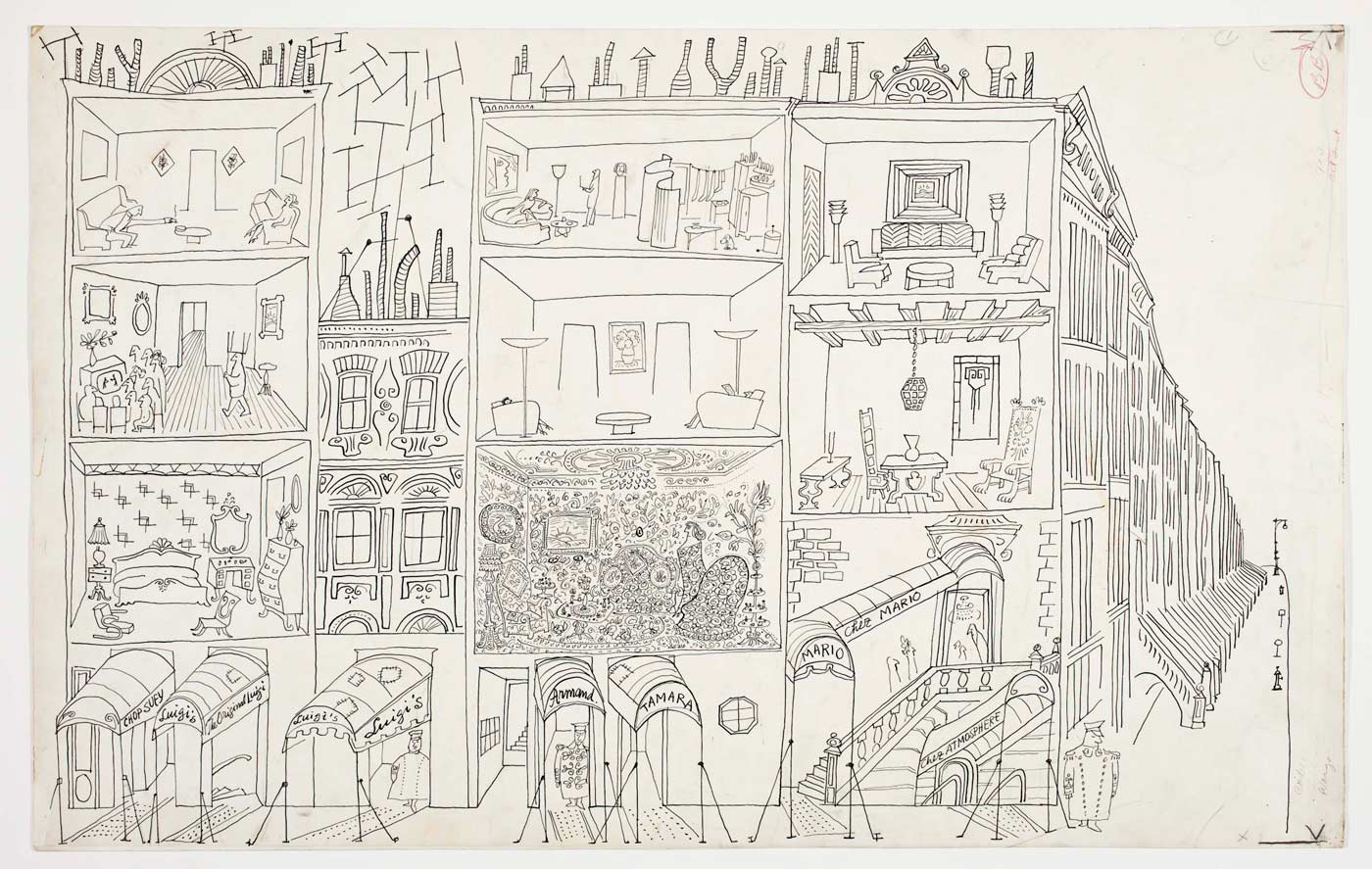
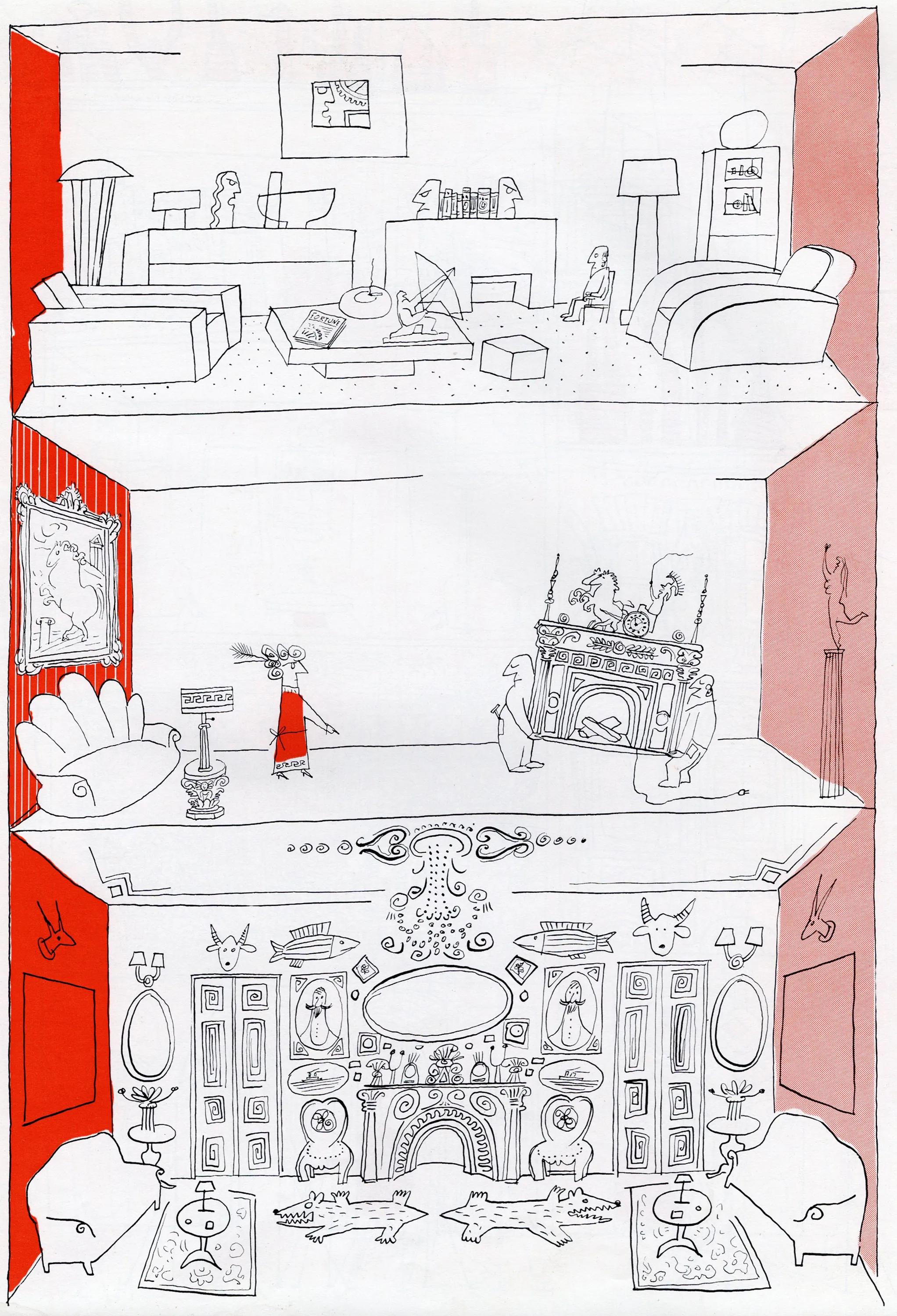
By December, his parents have resettled in Nice, where he continues to help support them.
